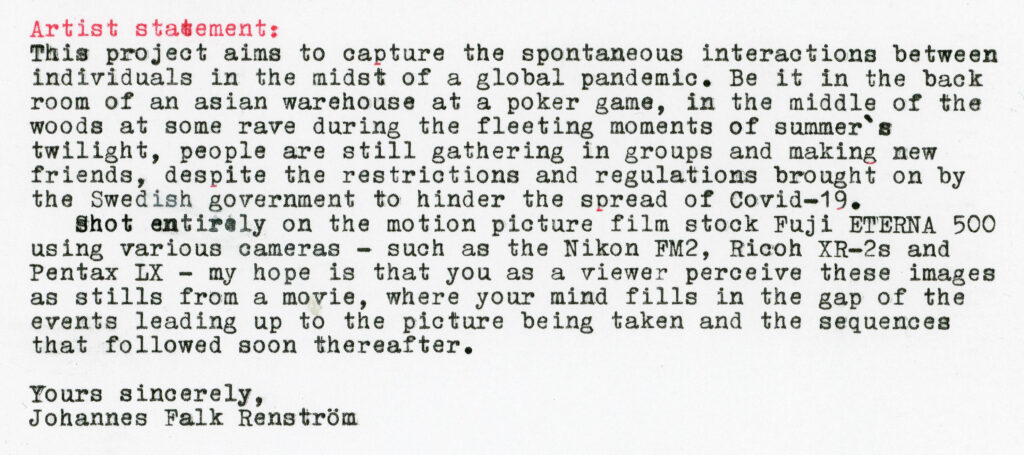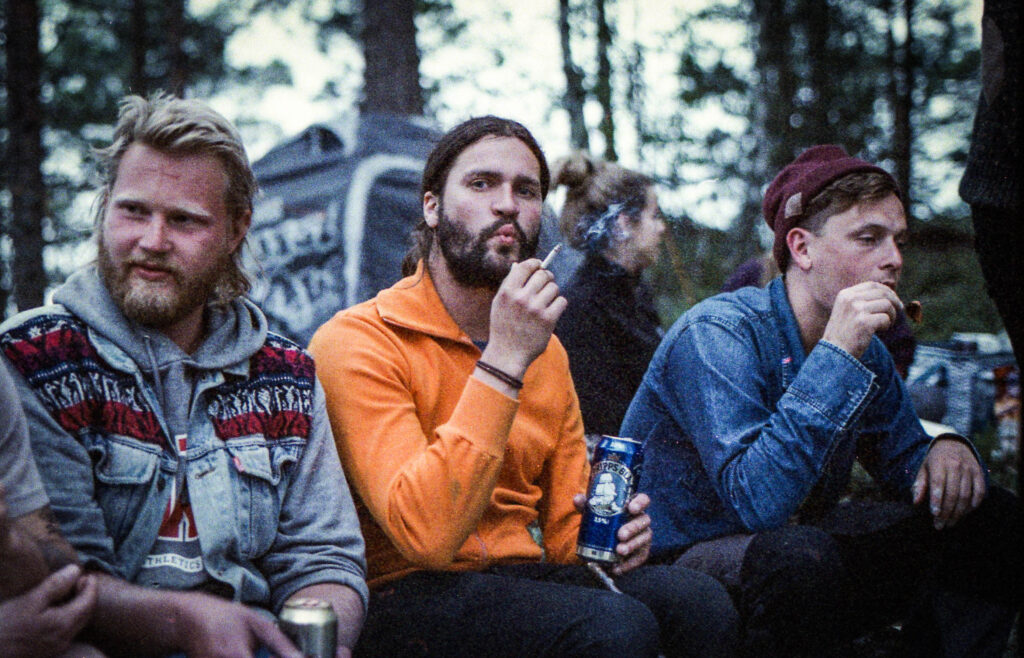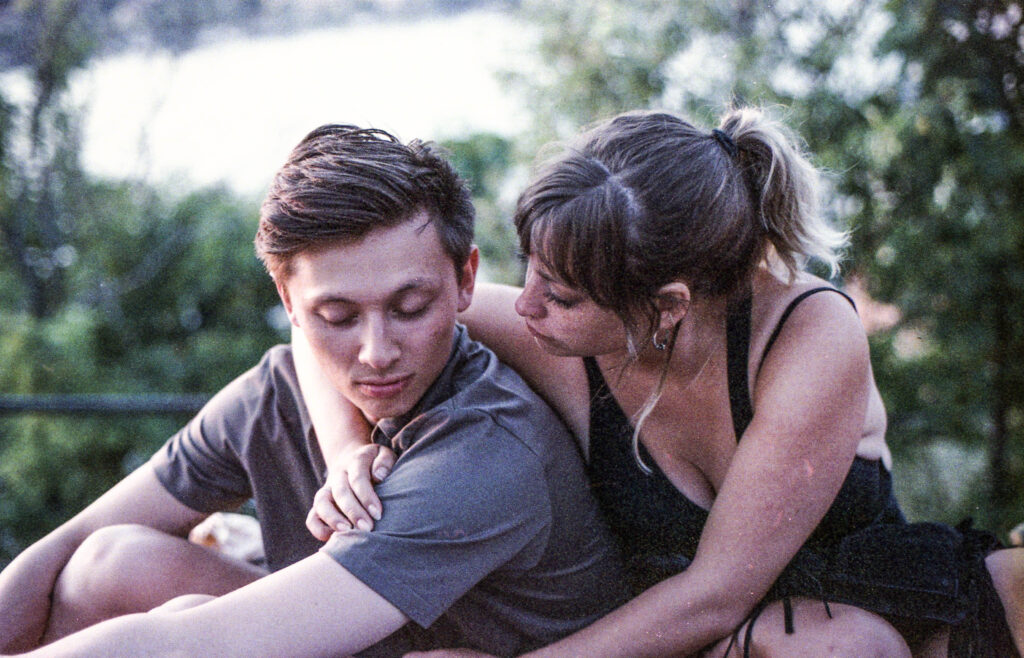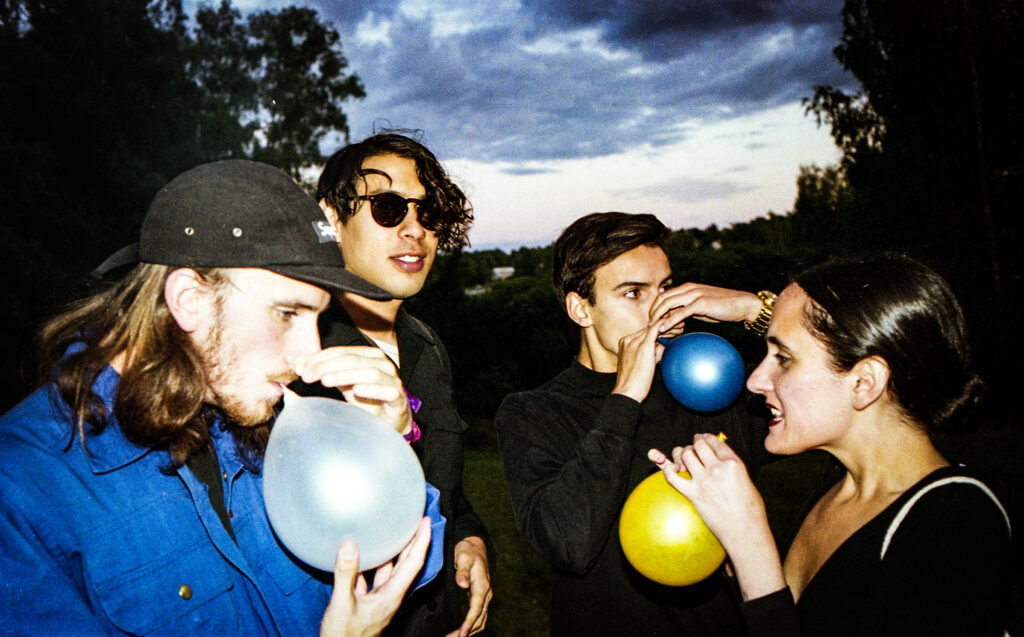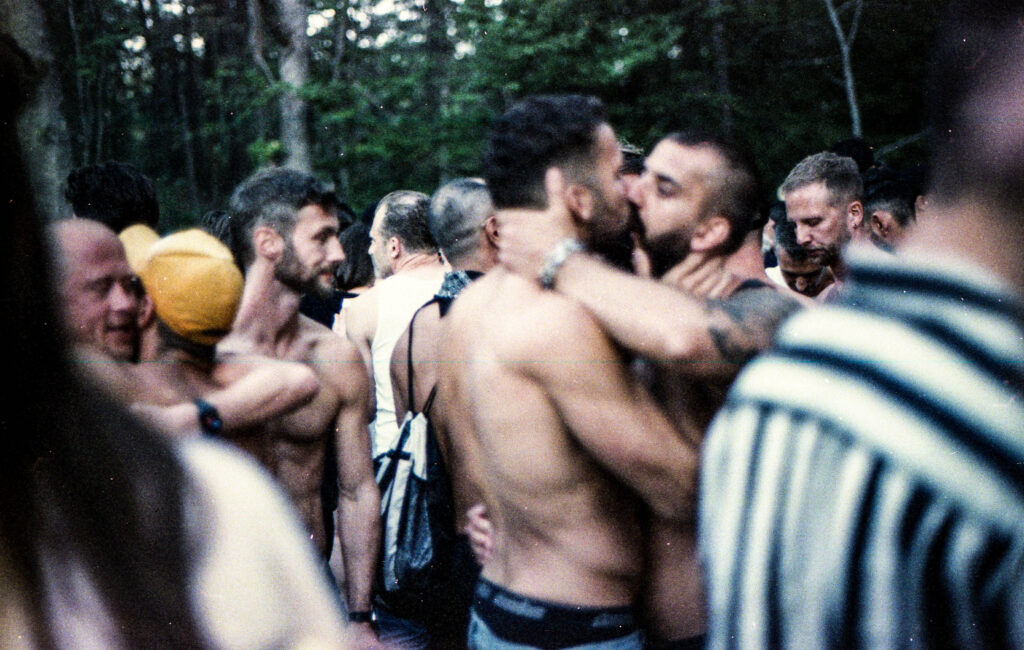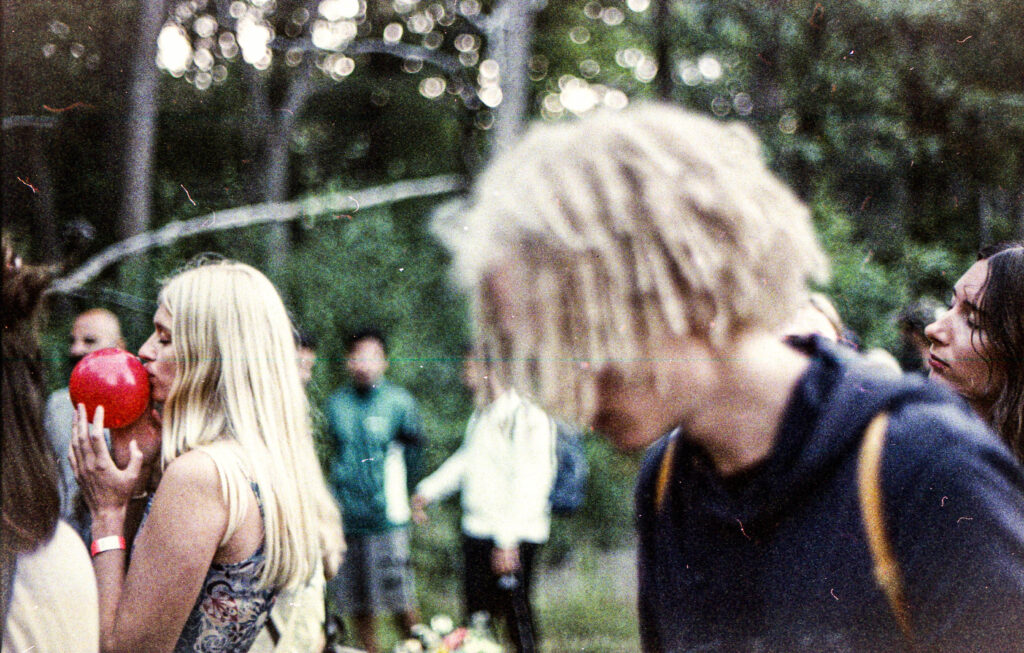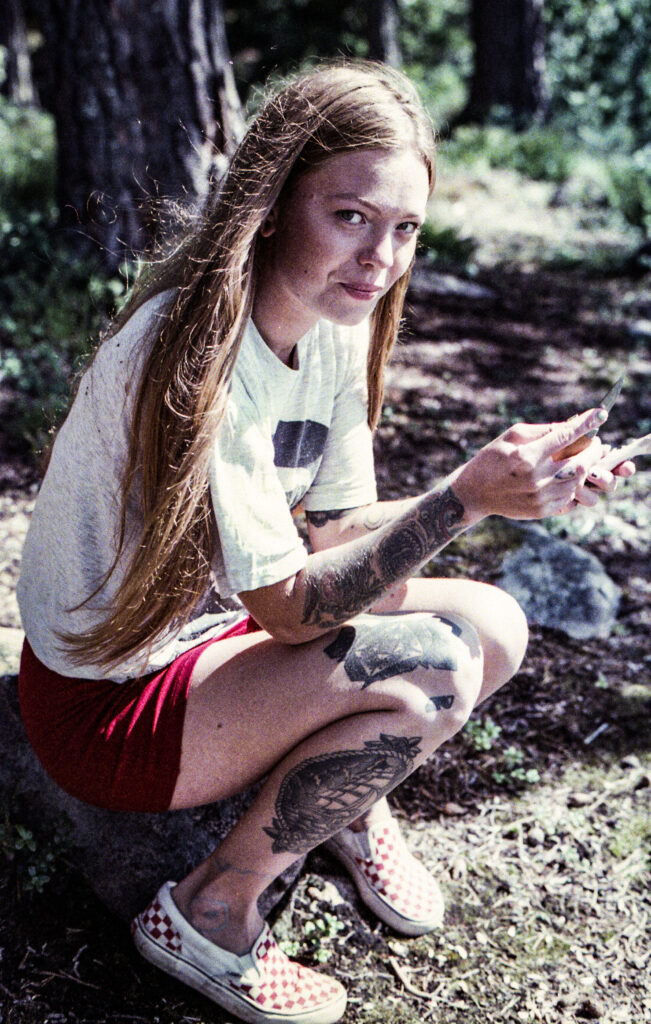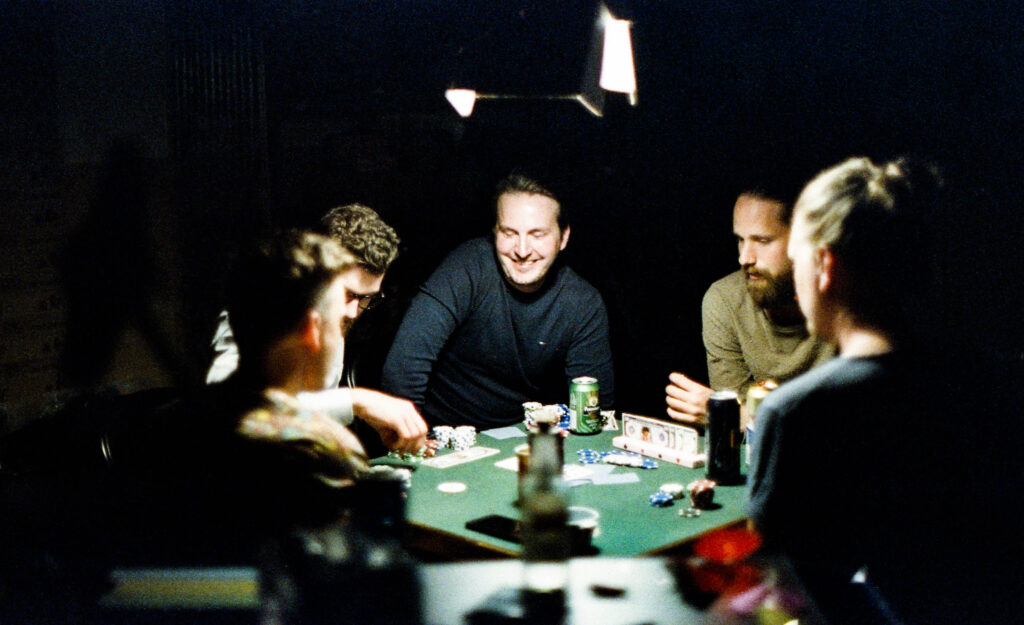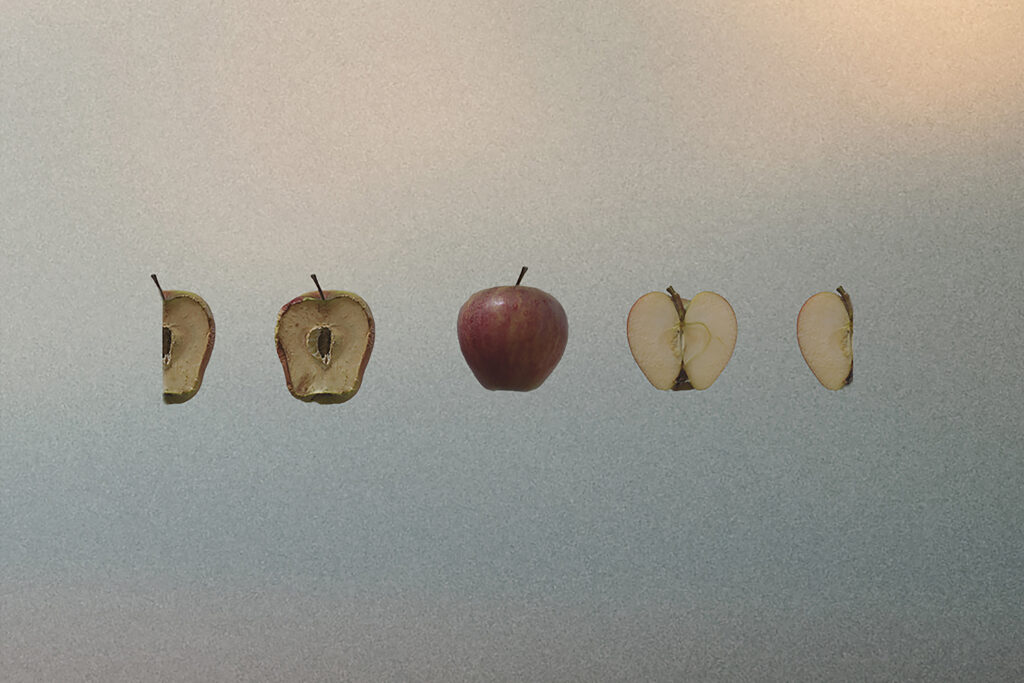
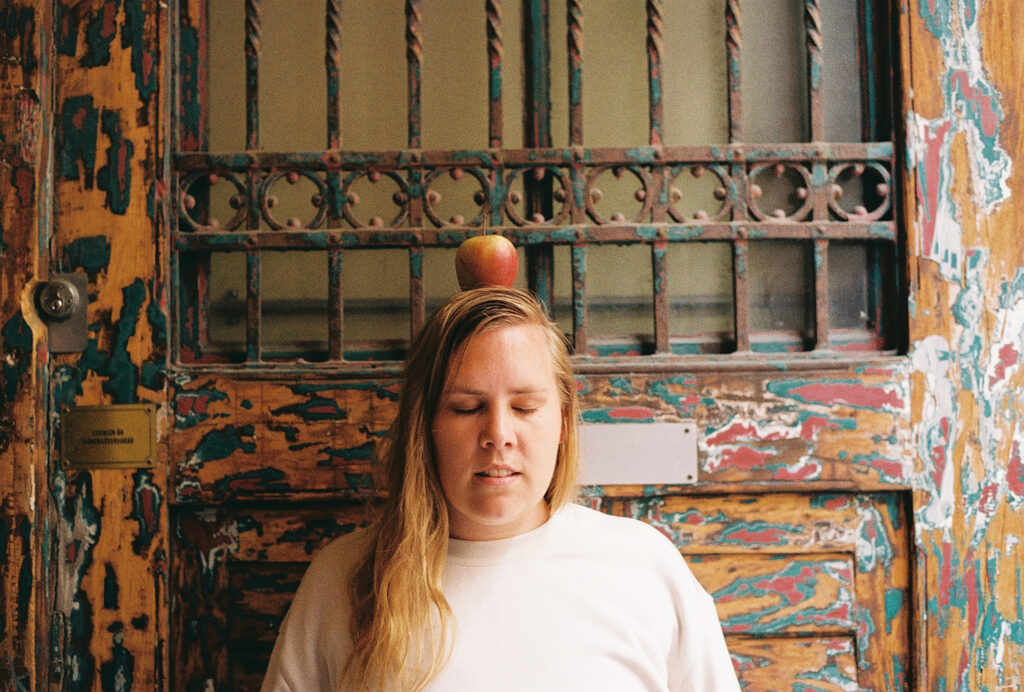
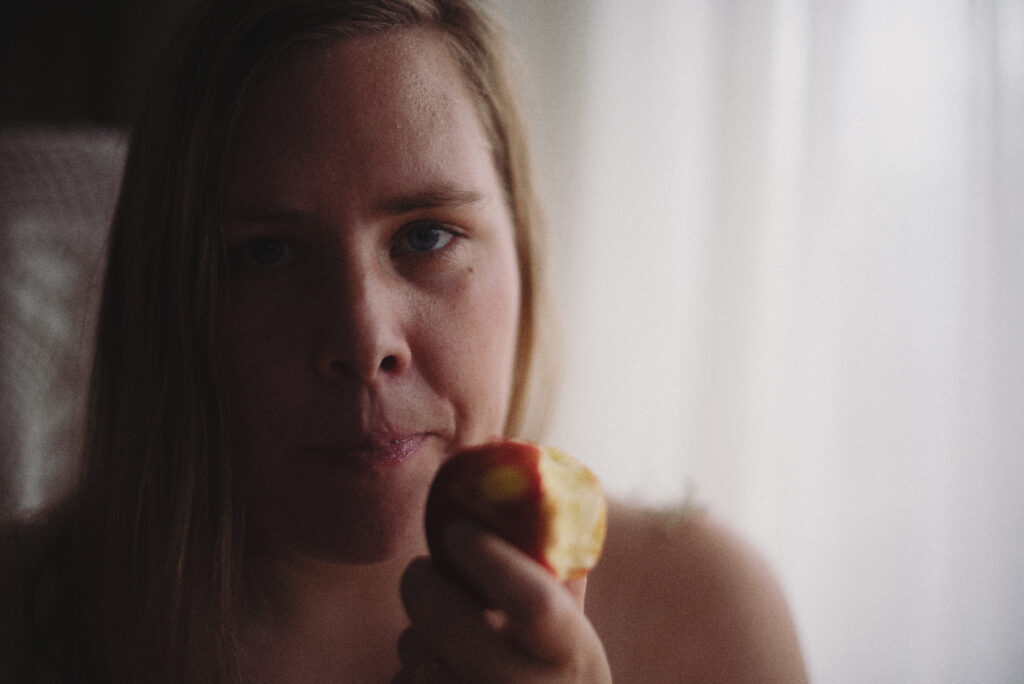
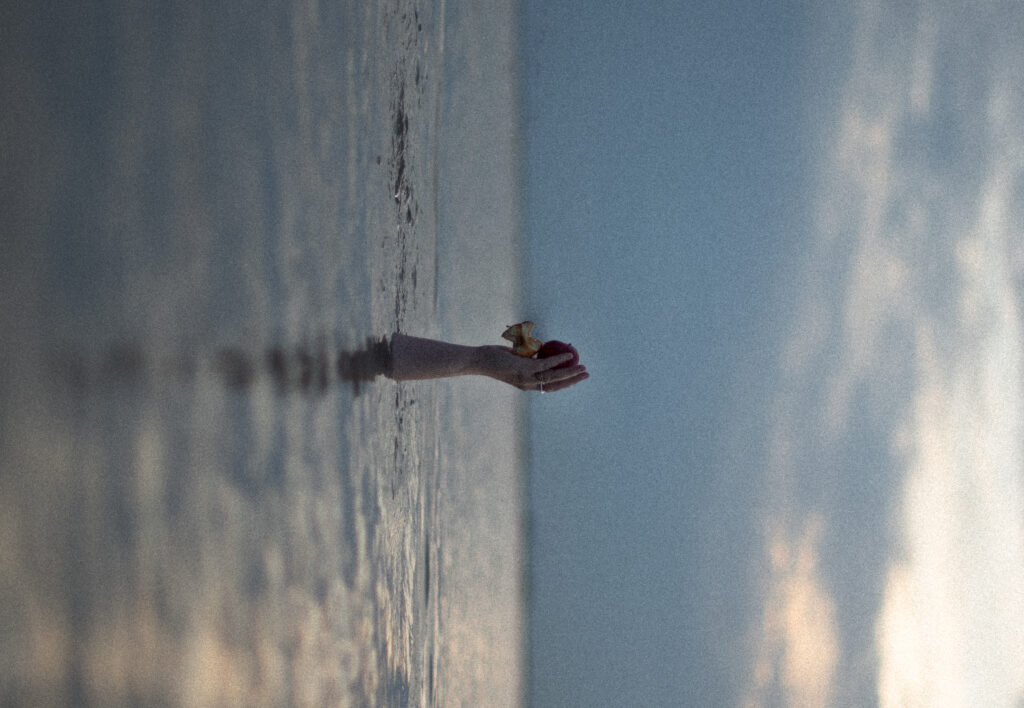
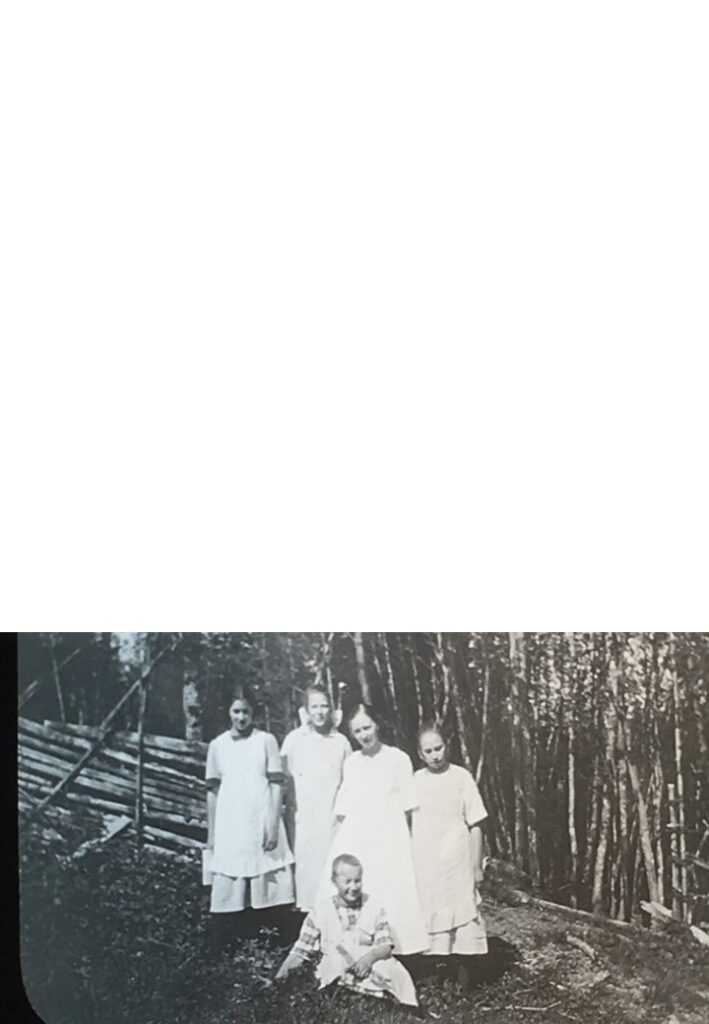
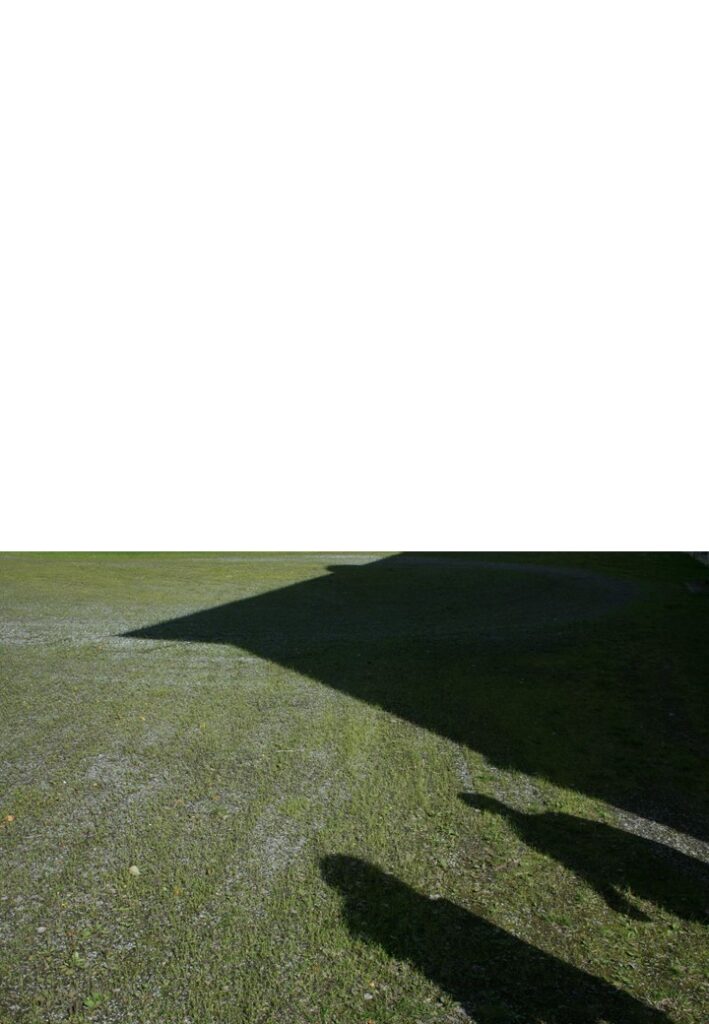
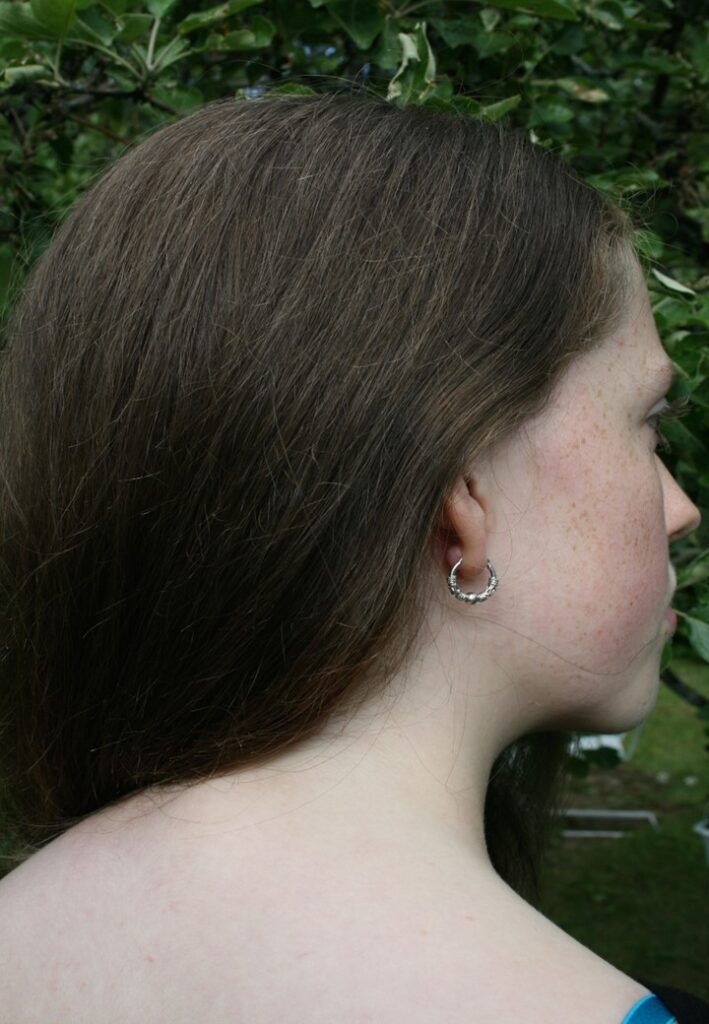
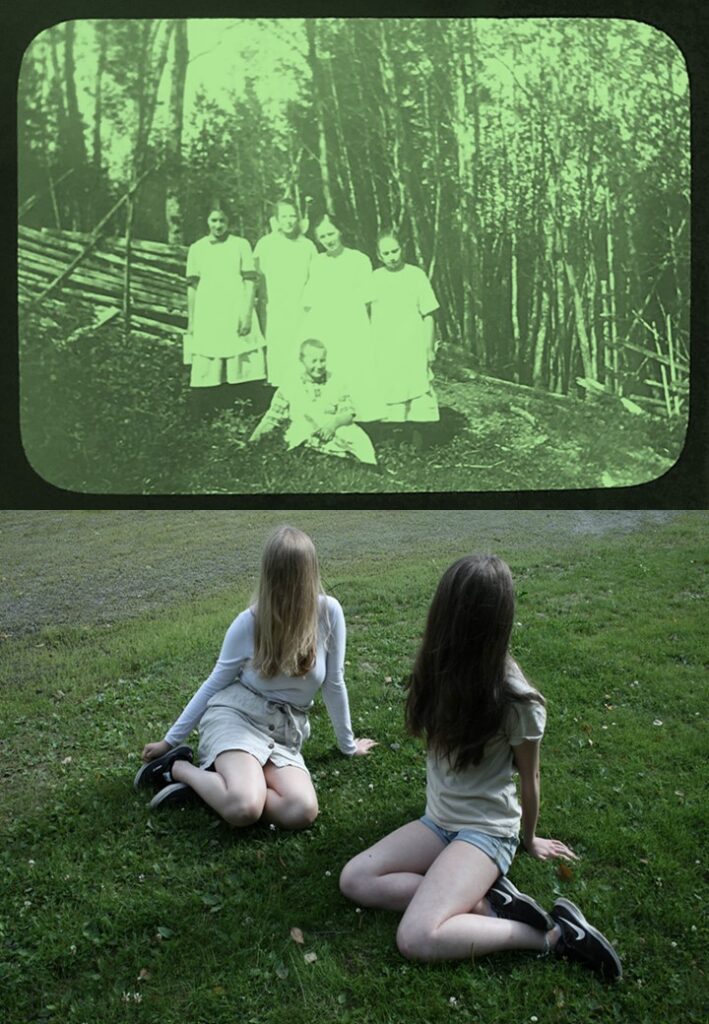


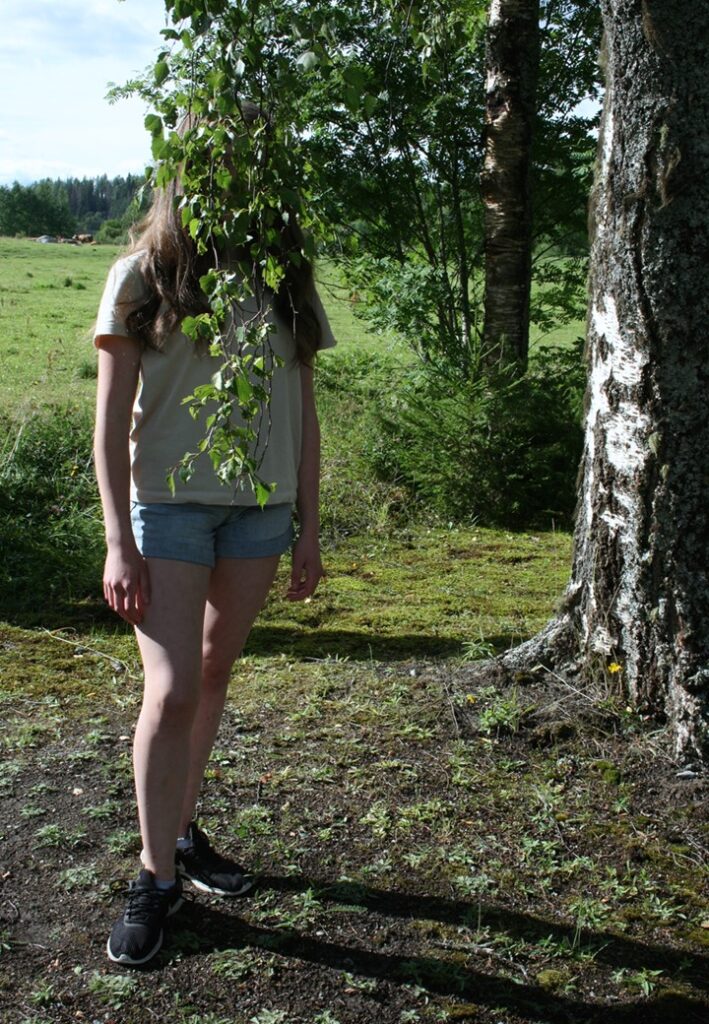

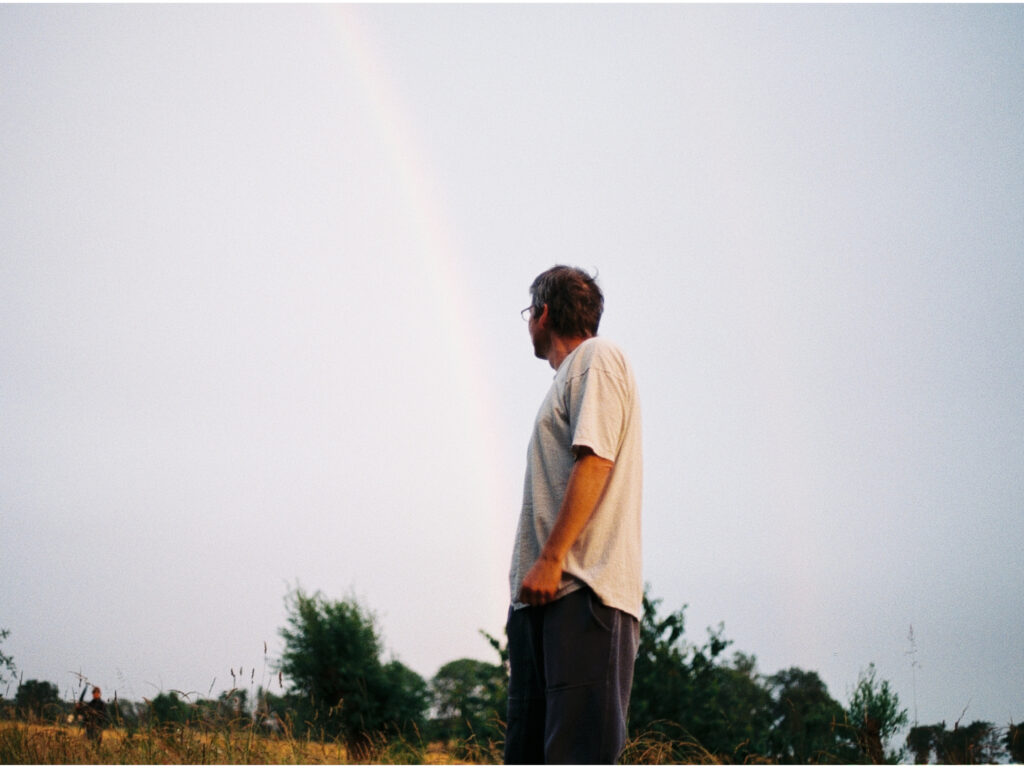
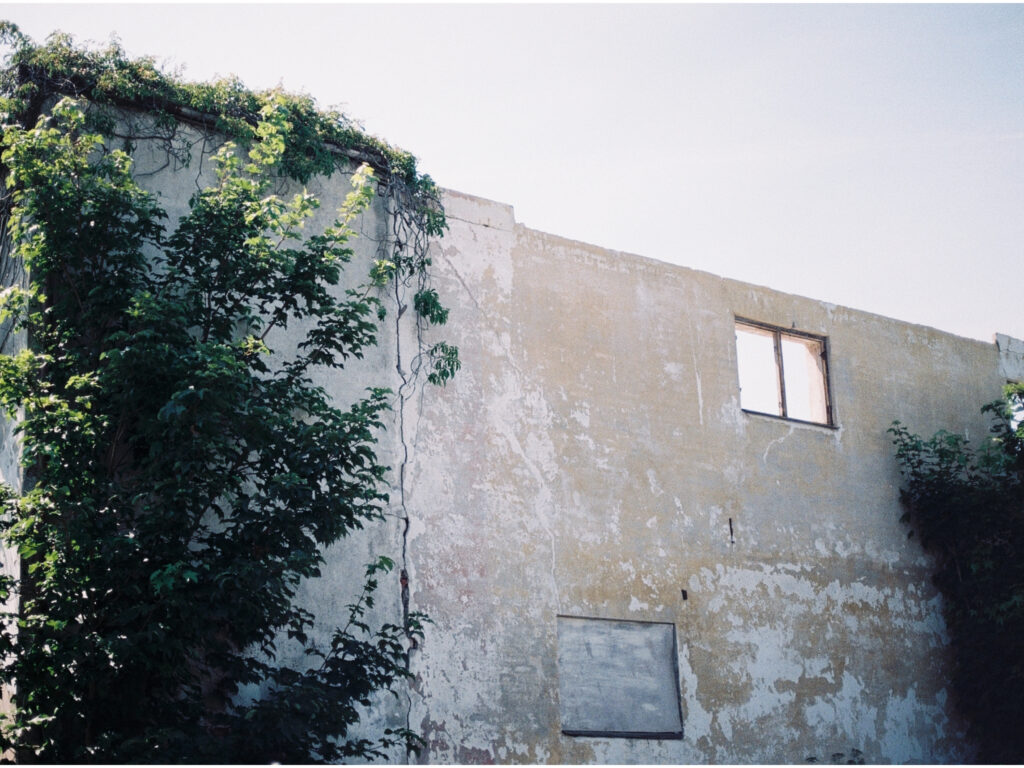
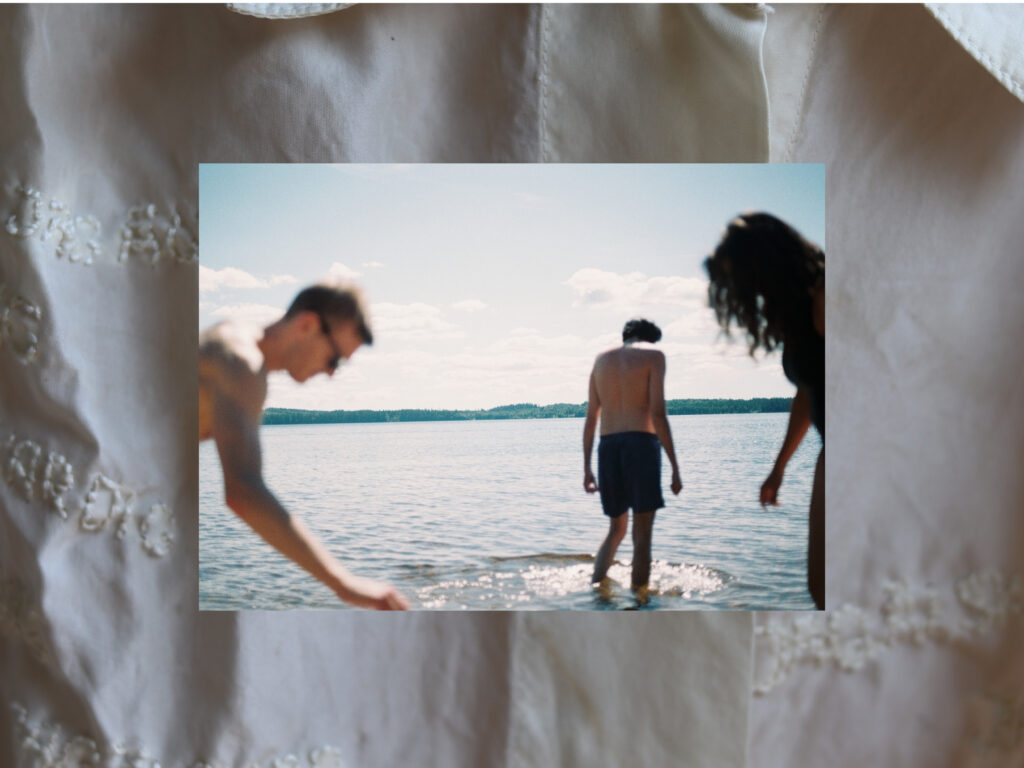
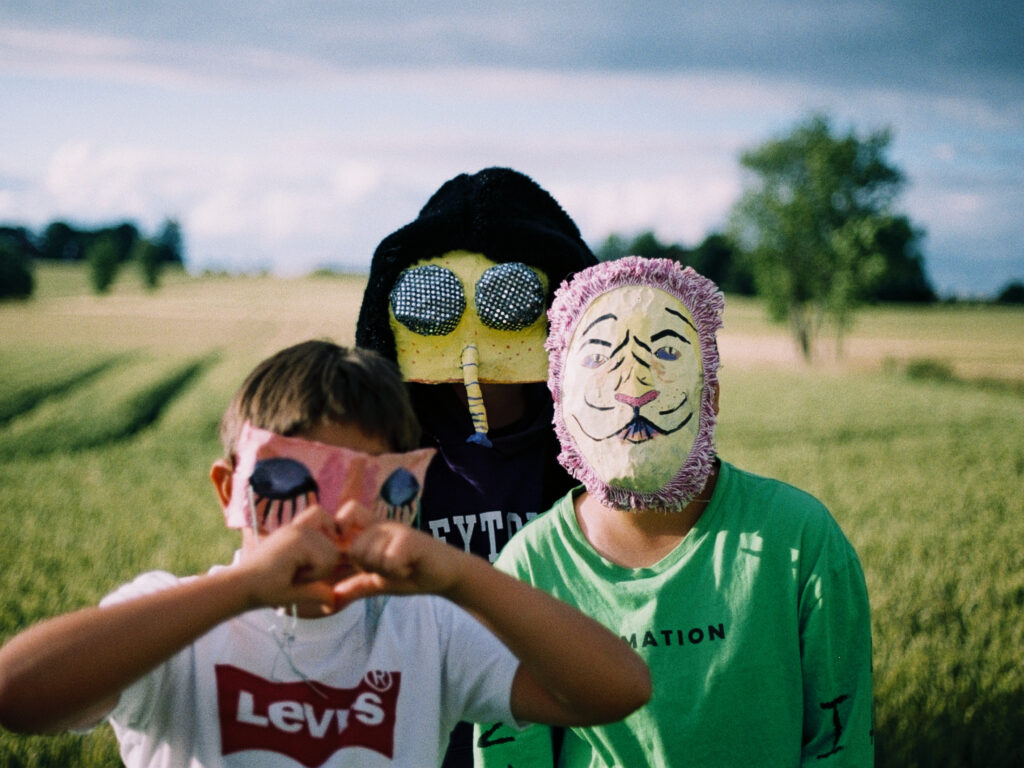
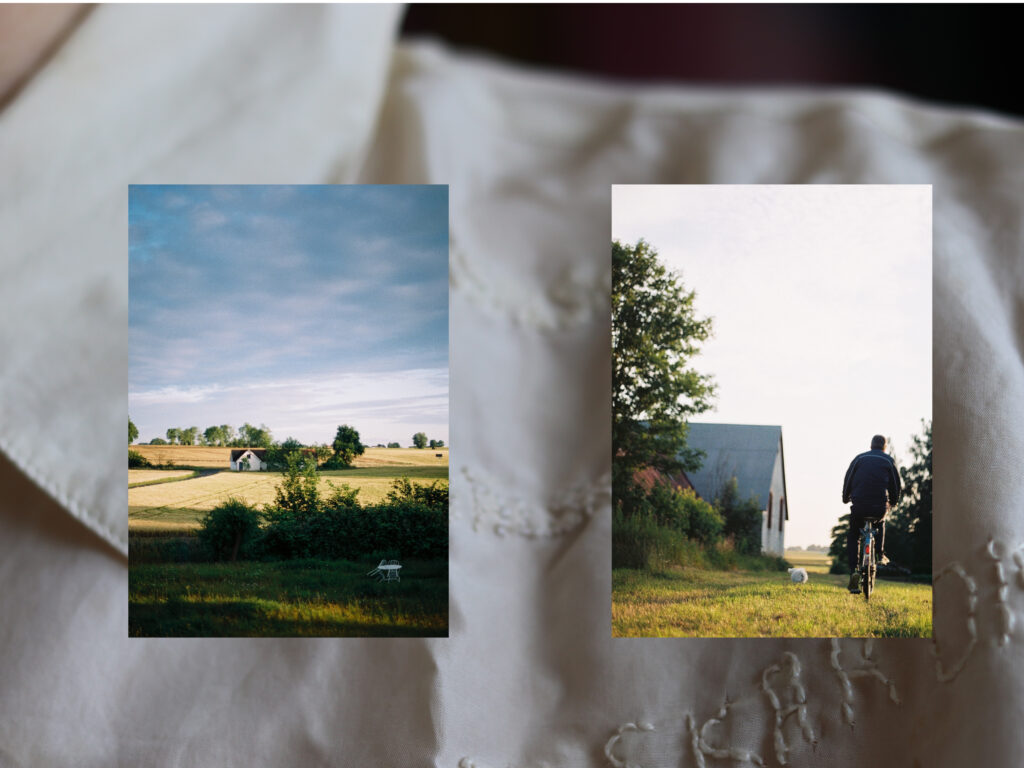
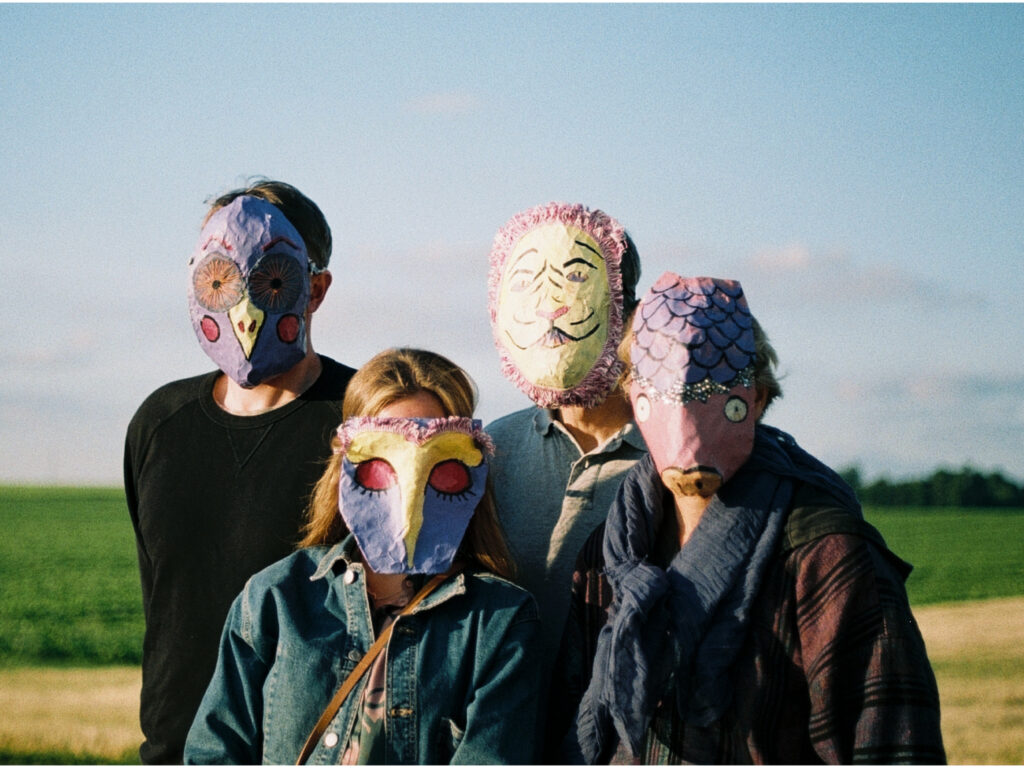
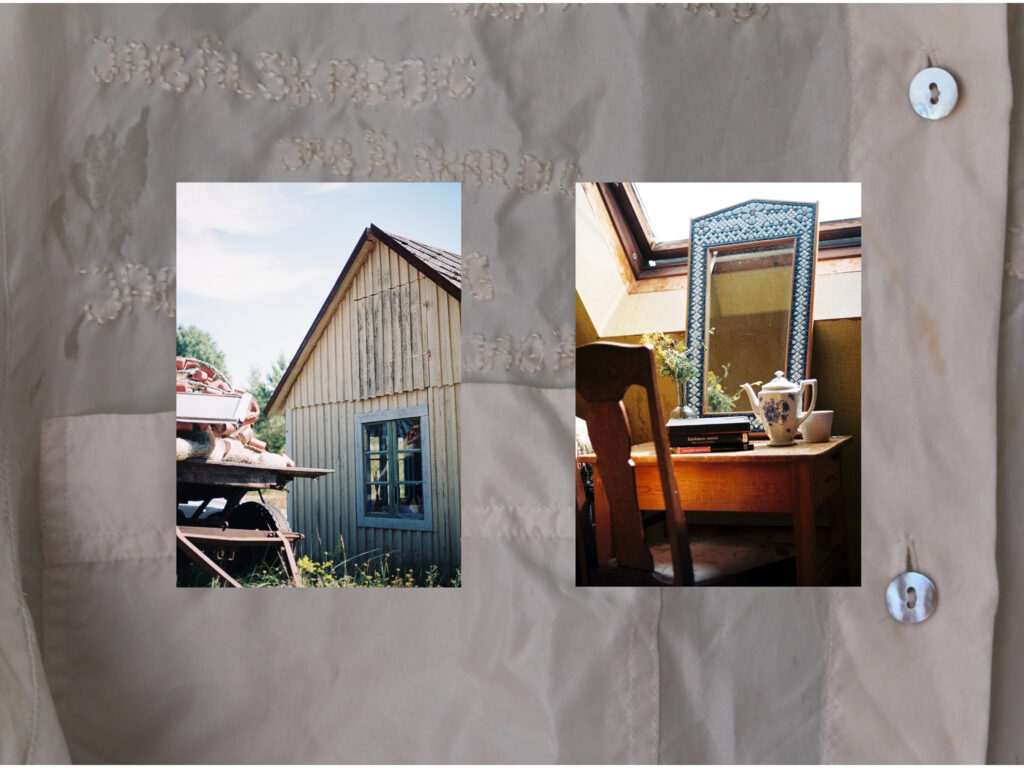
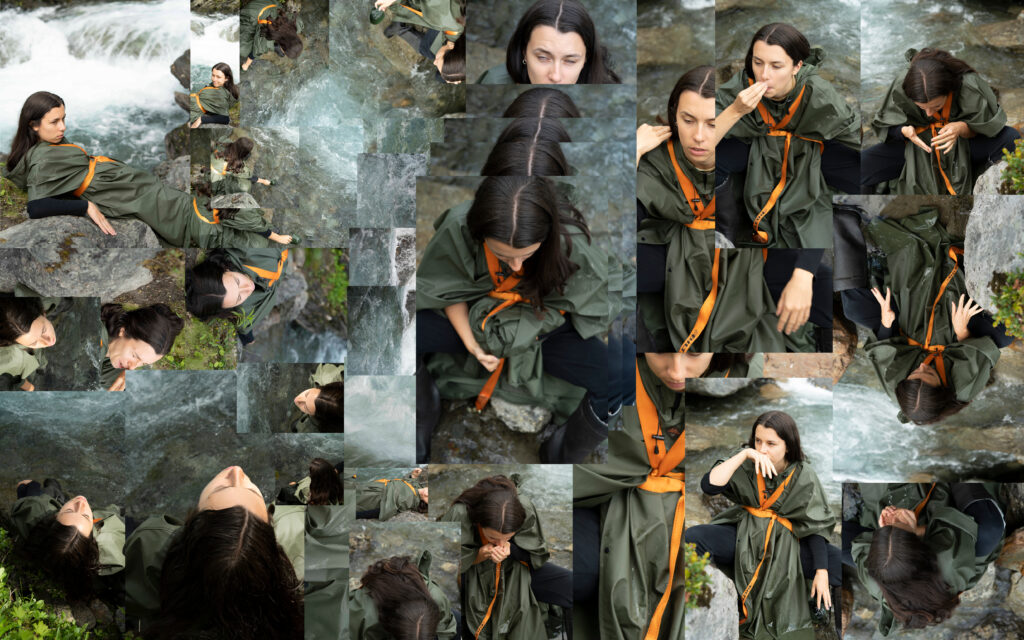
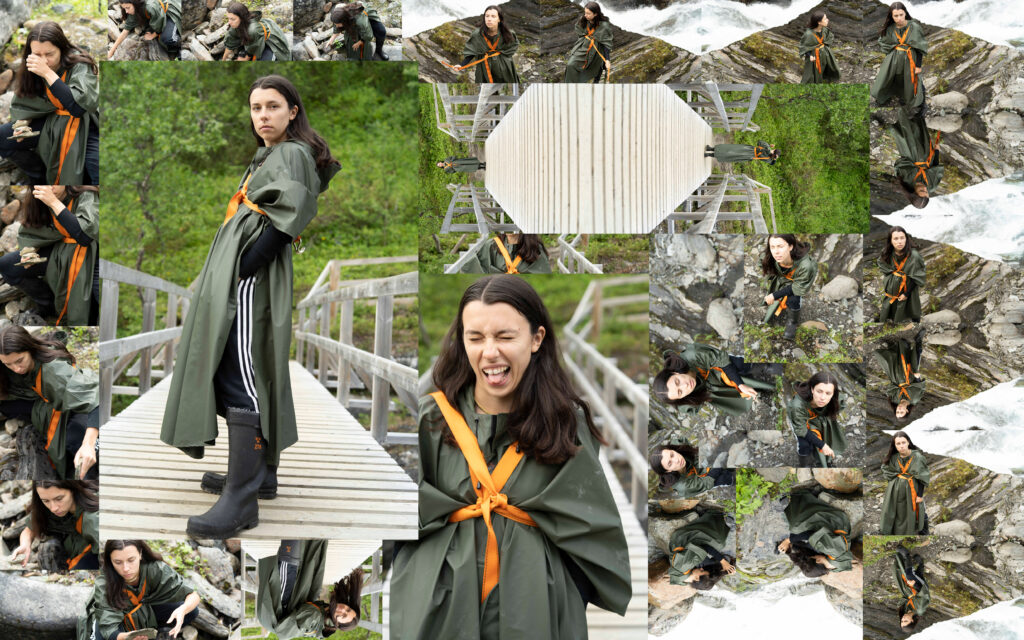
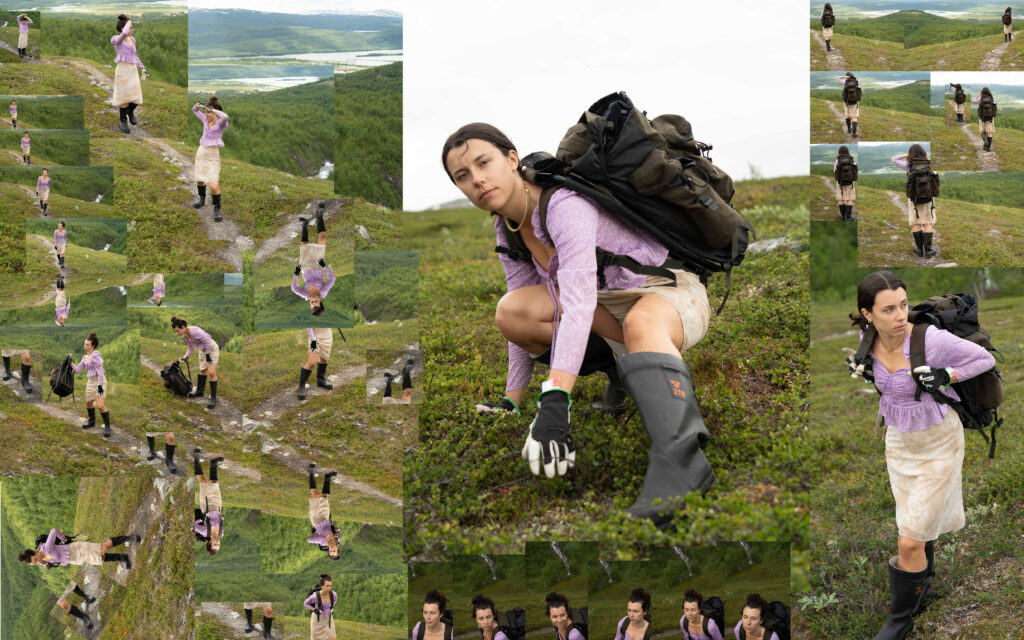
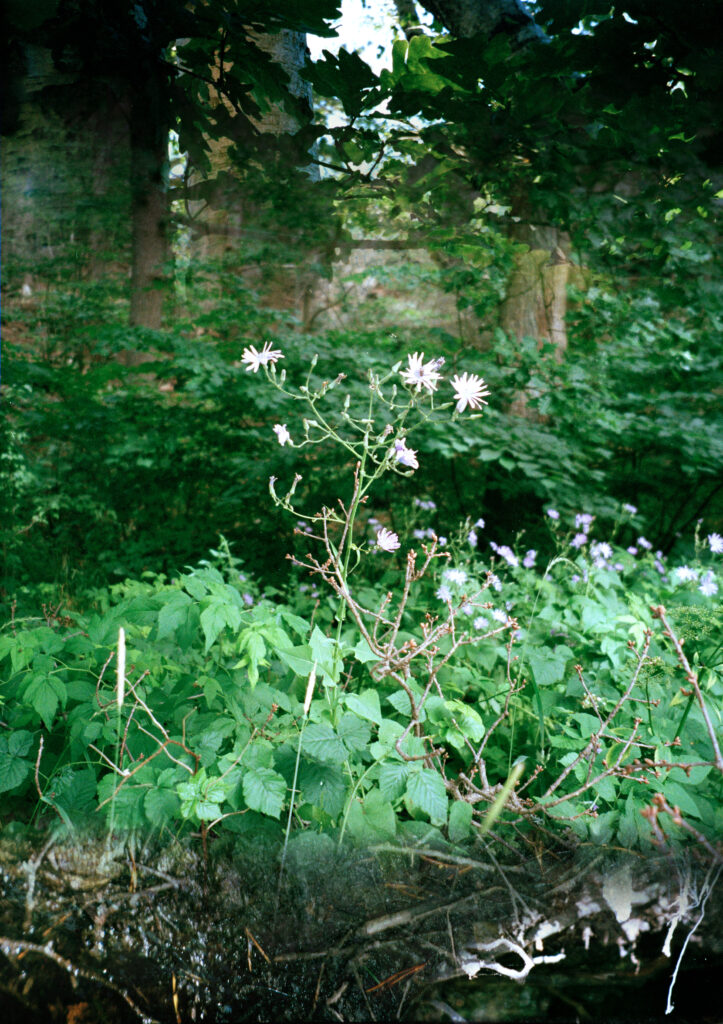
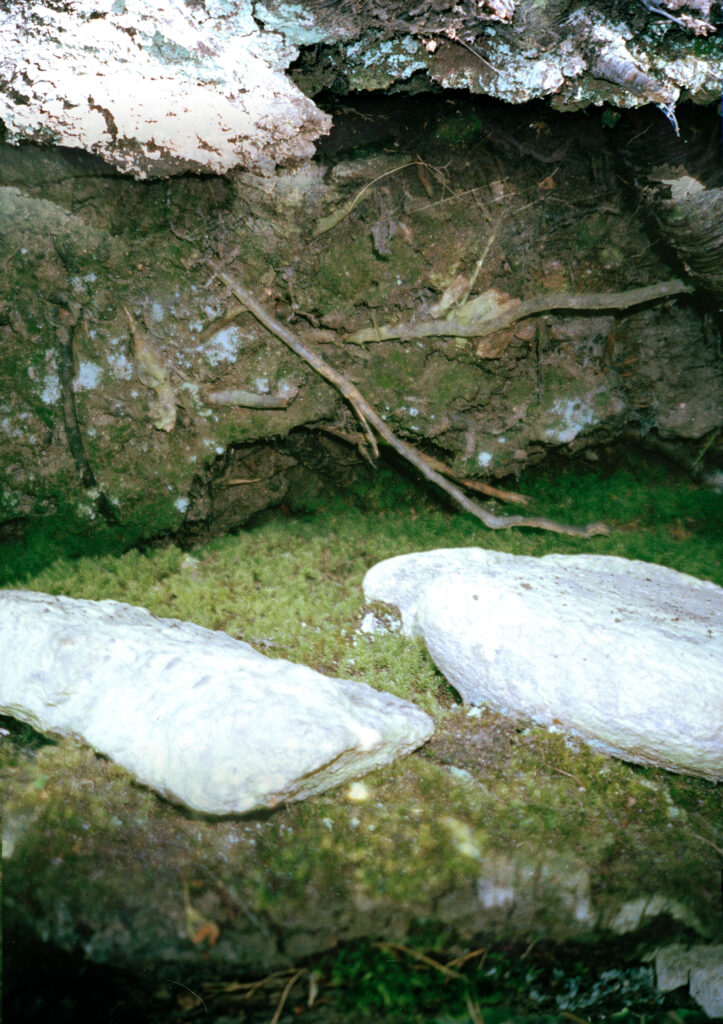
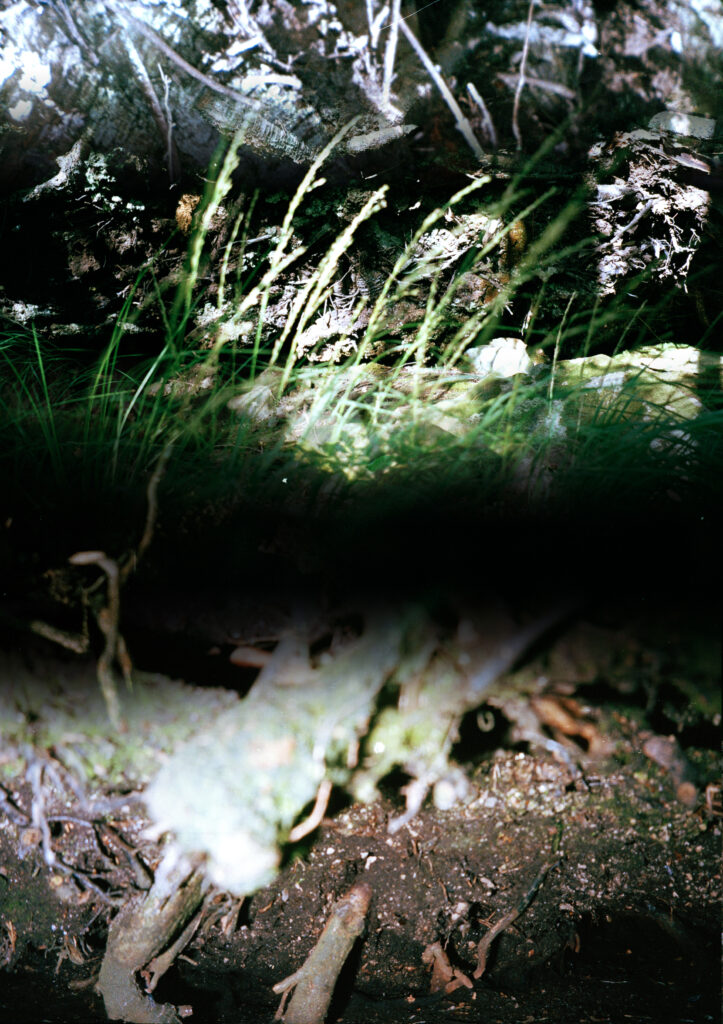
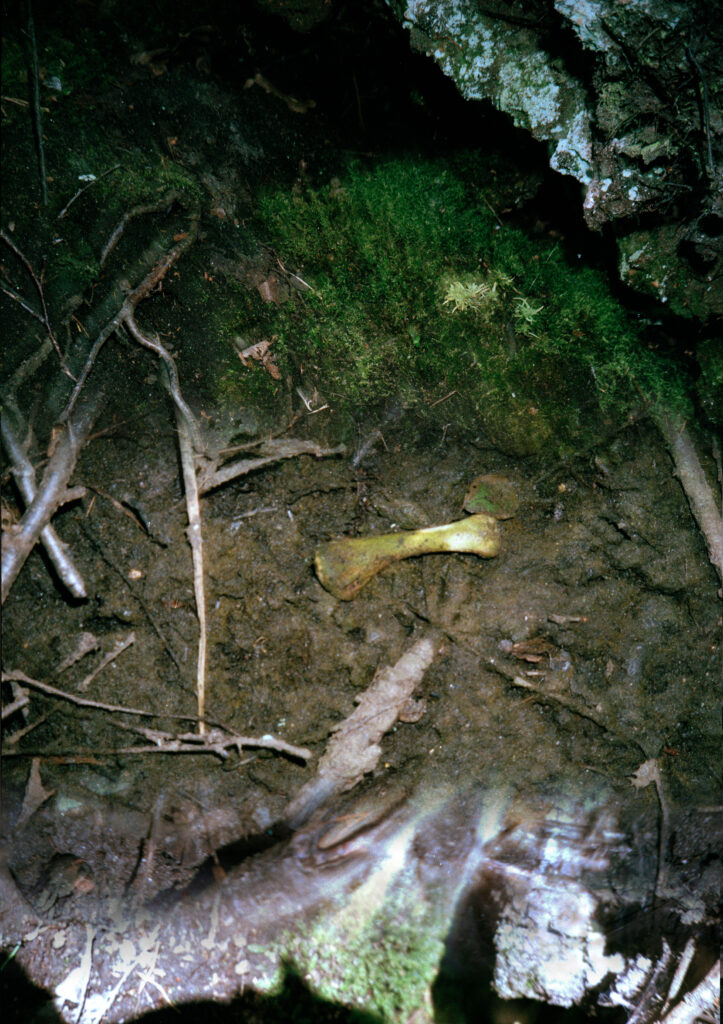
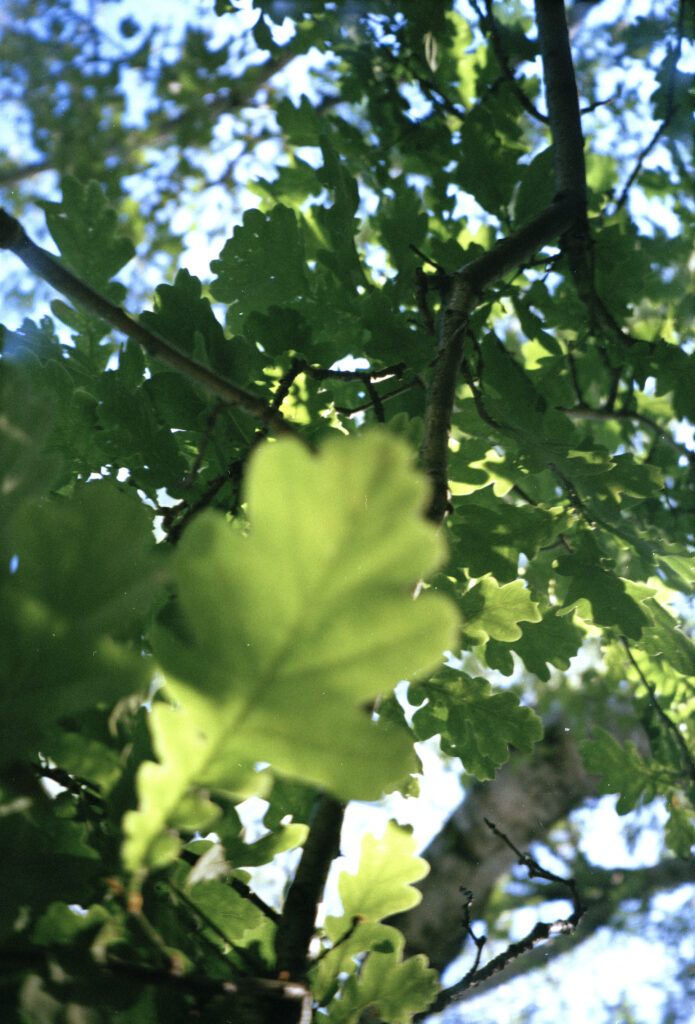
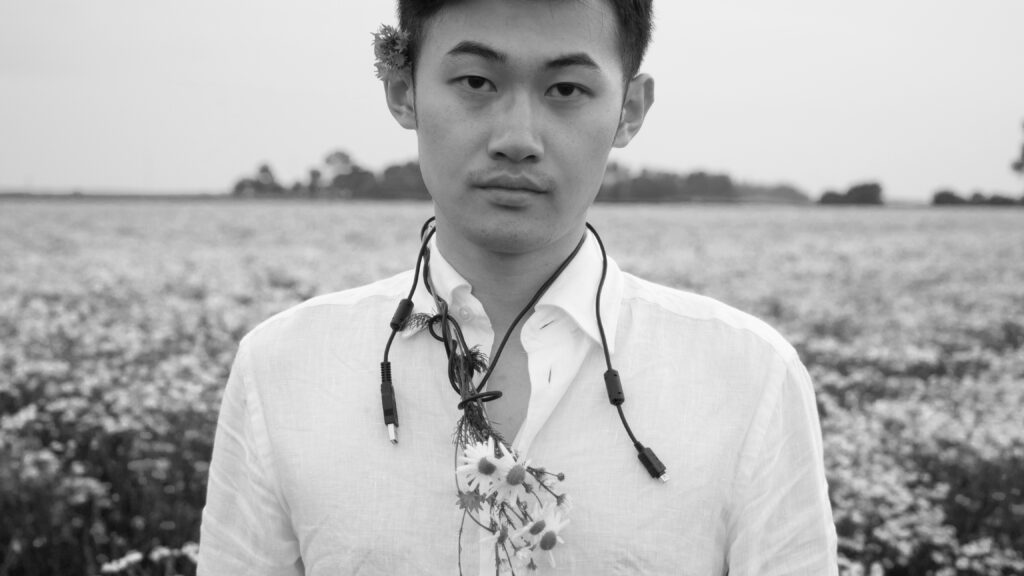
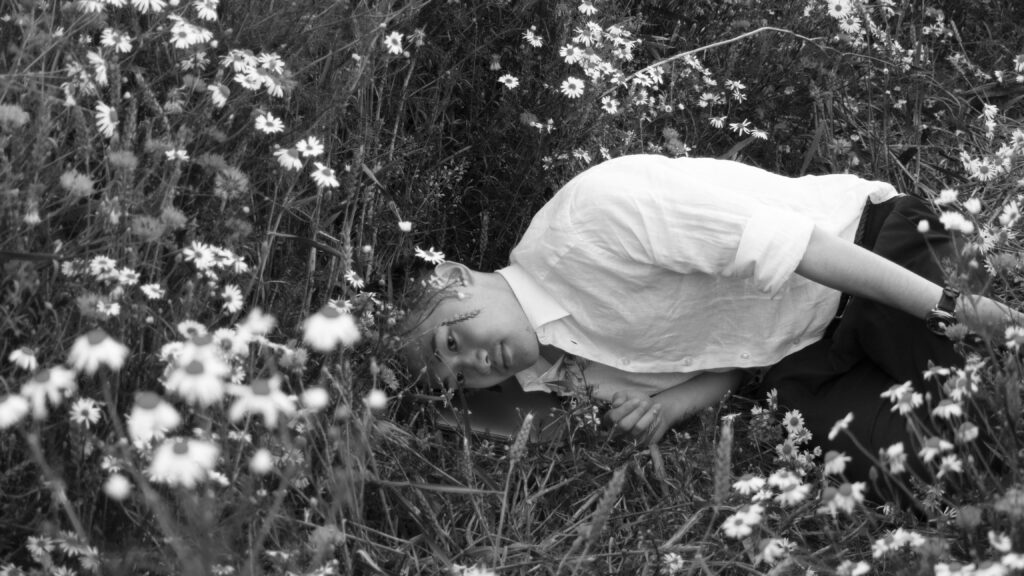

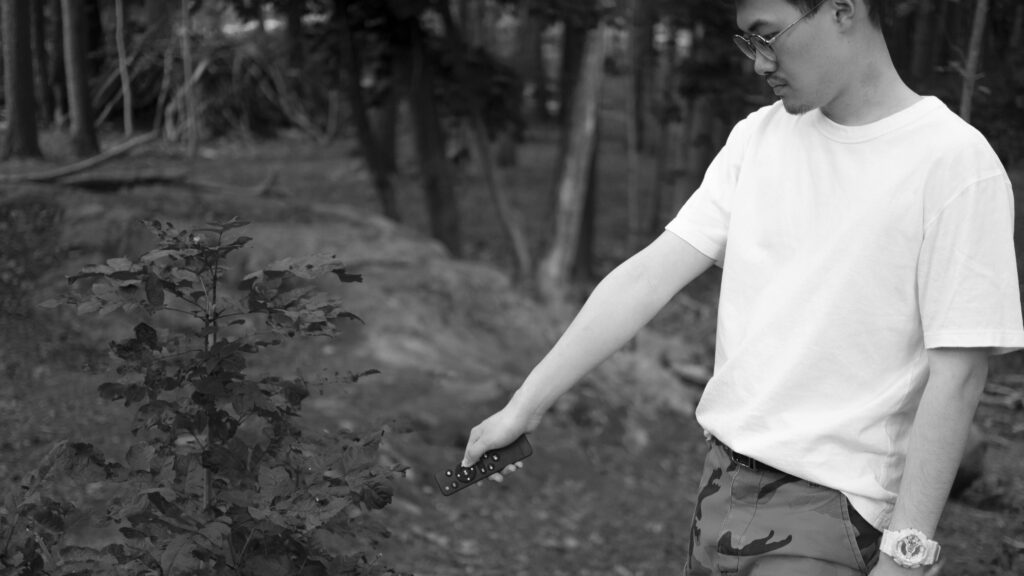
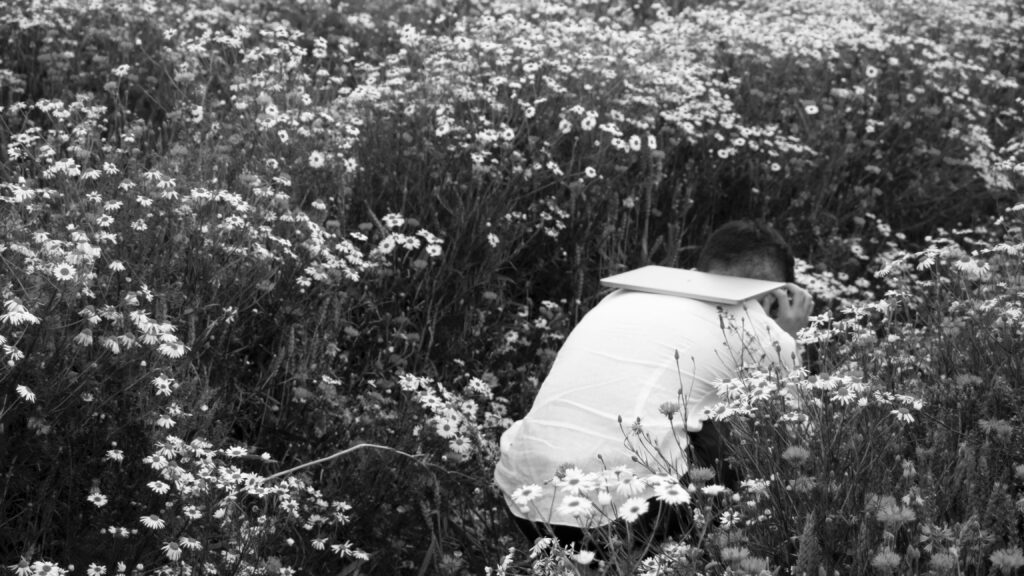
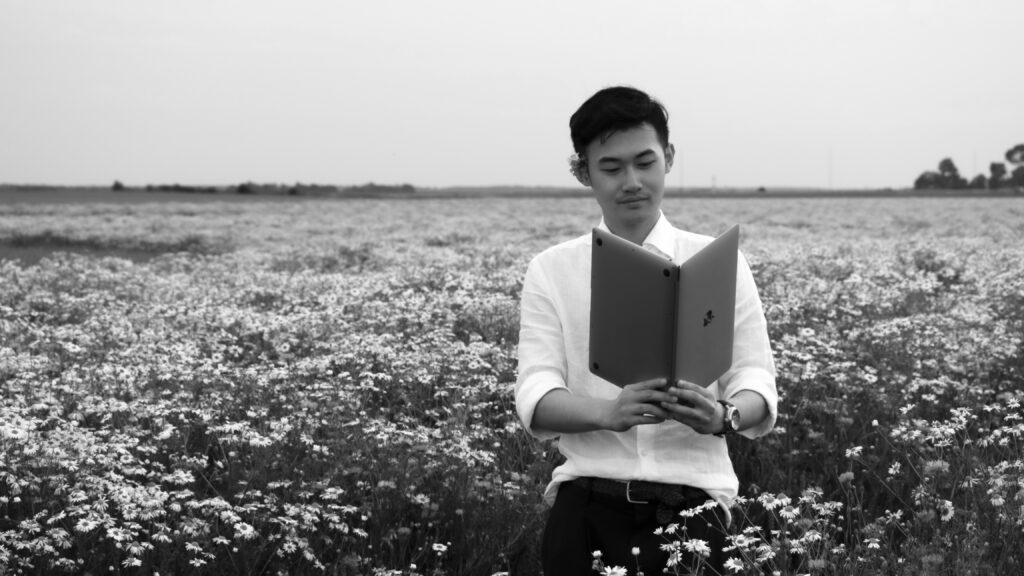
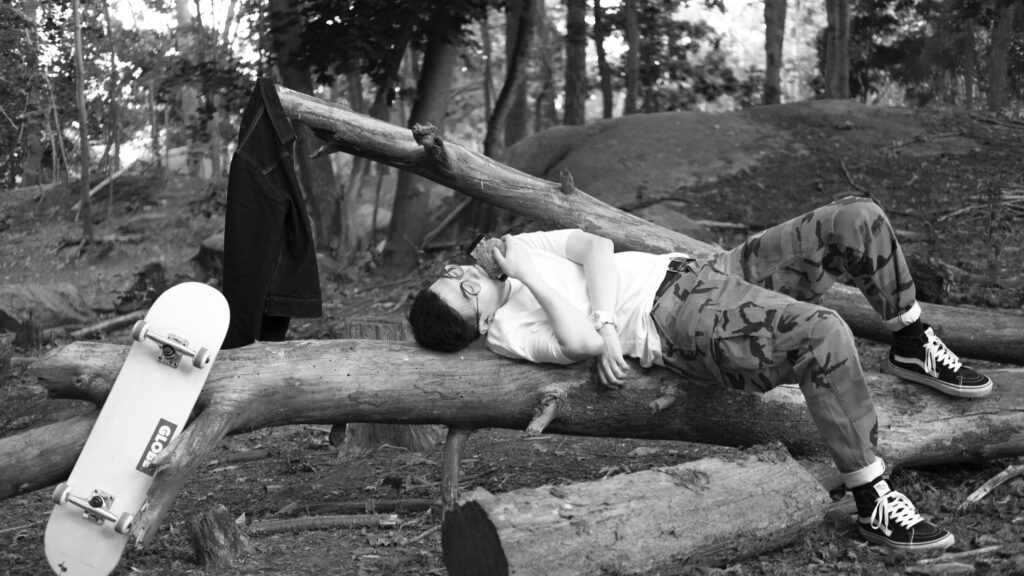
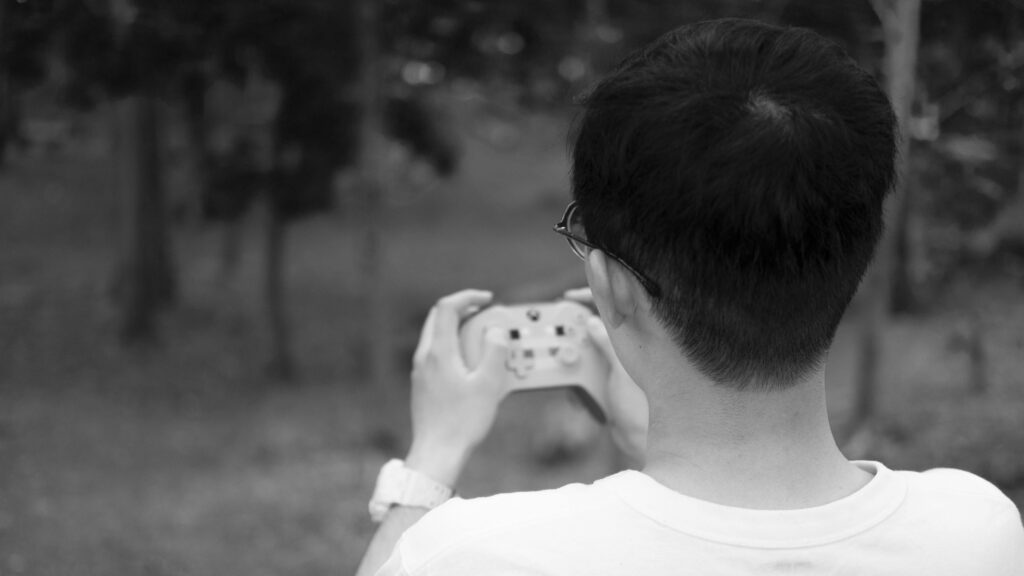
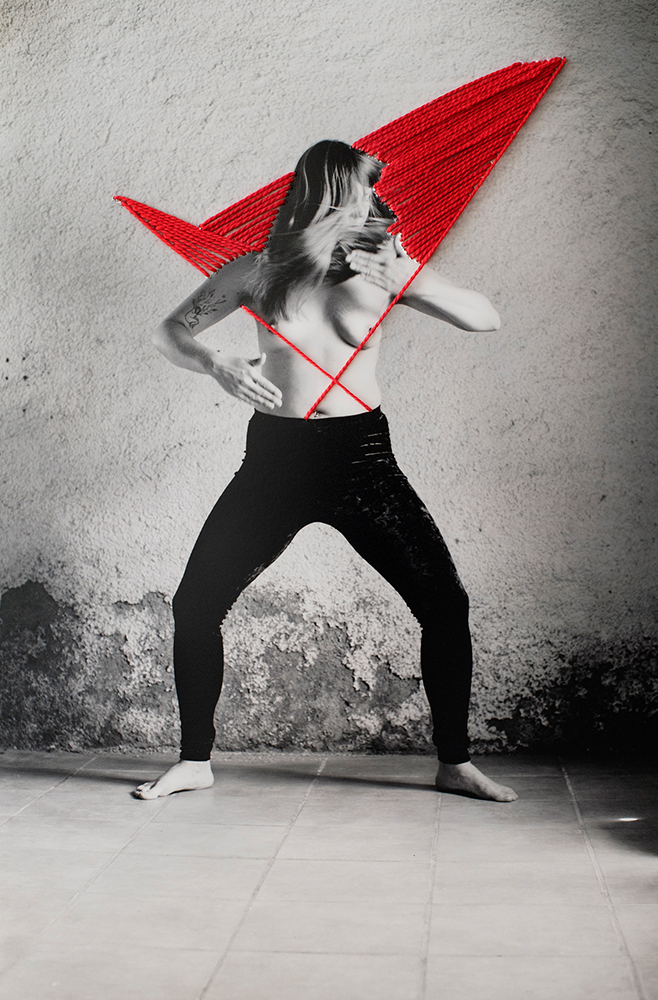
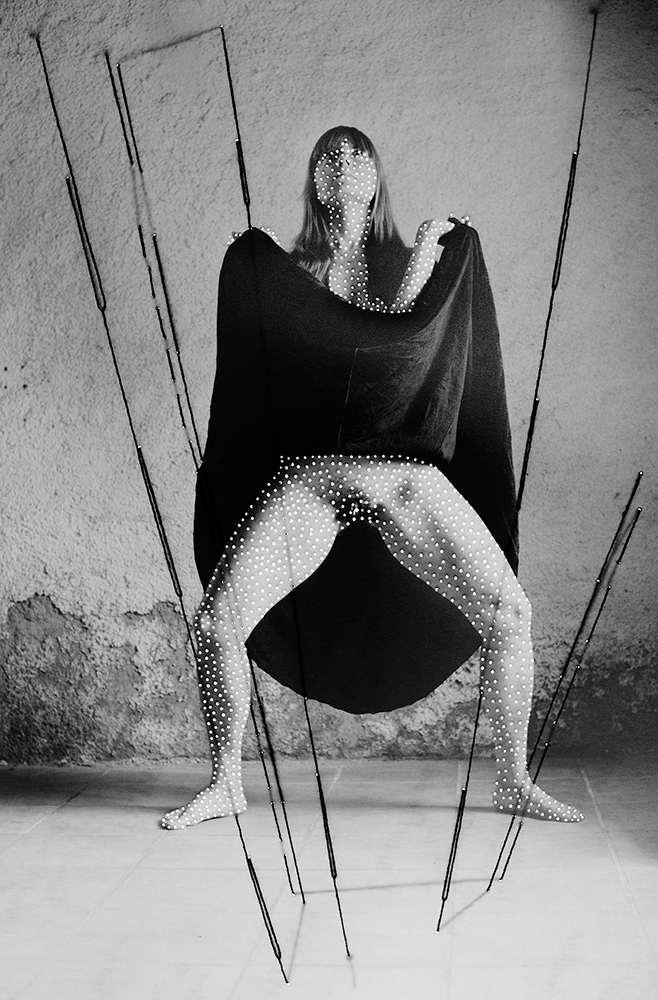
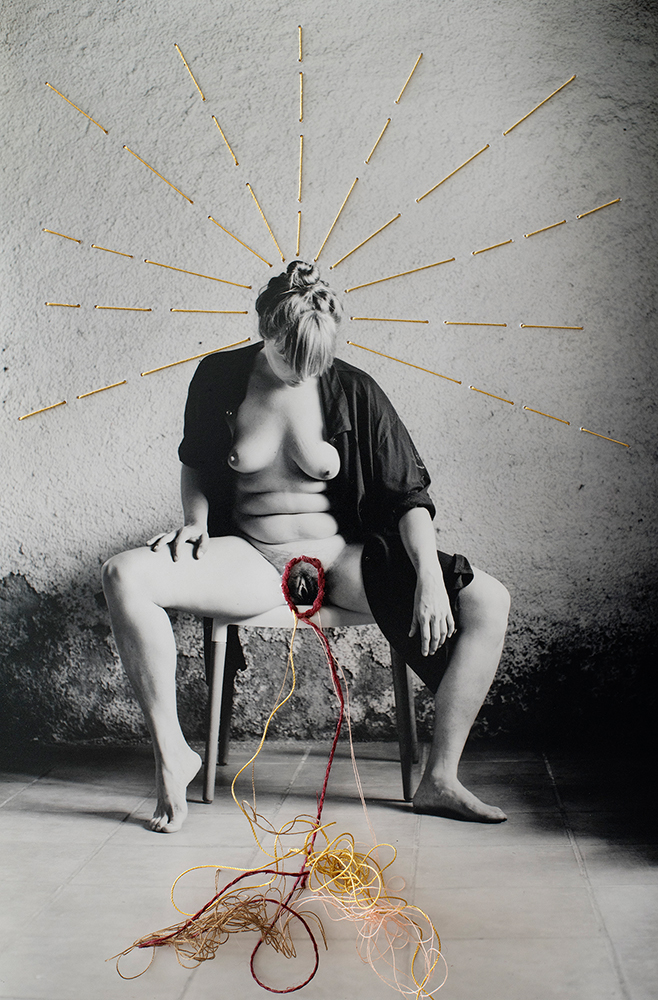
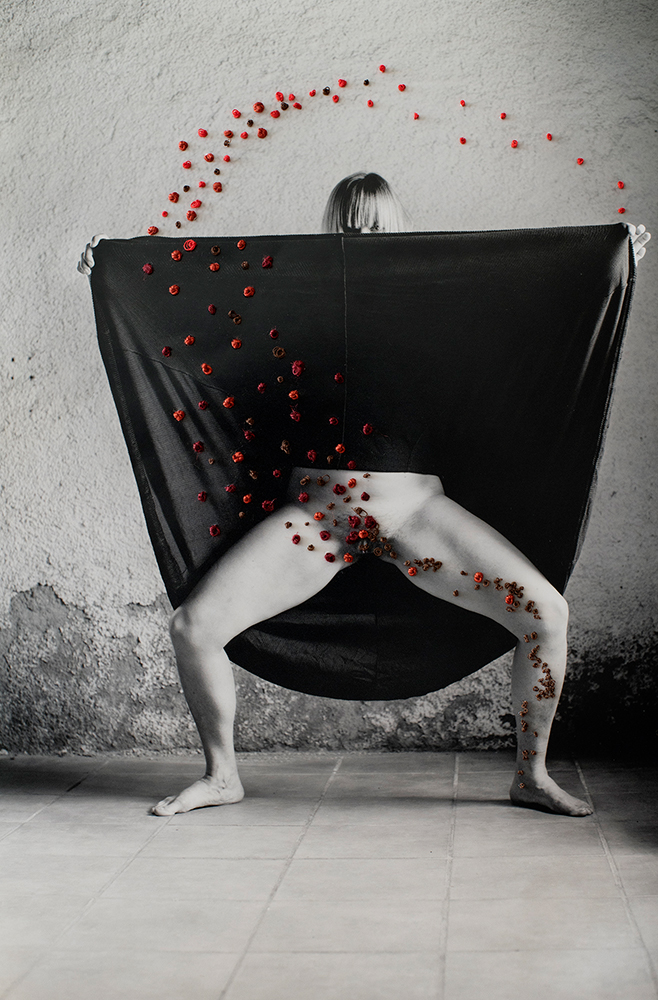
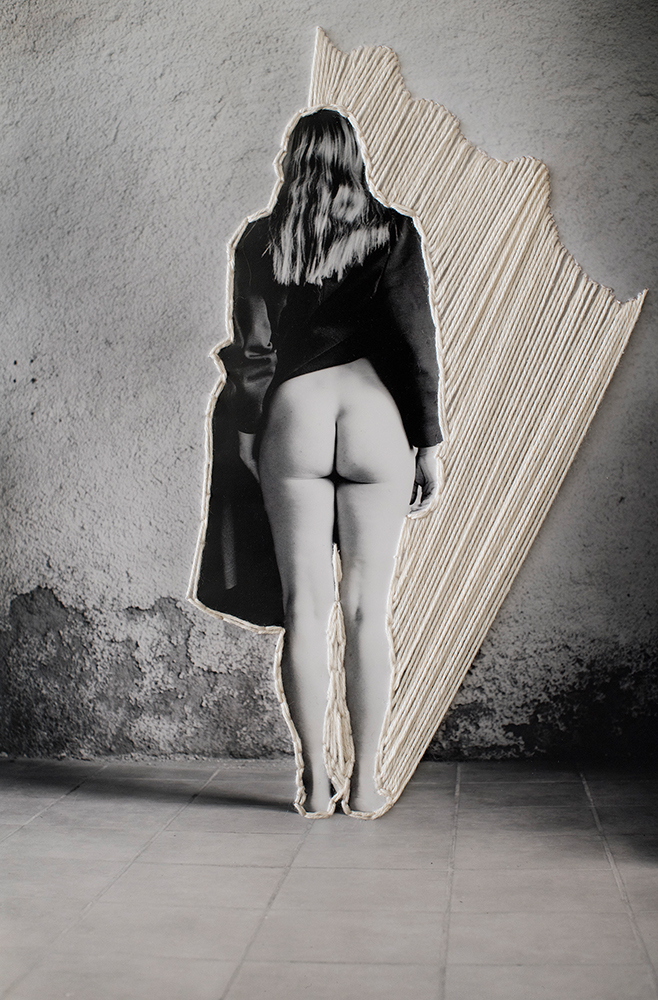
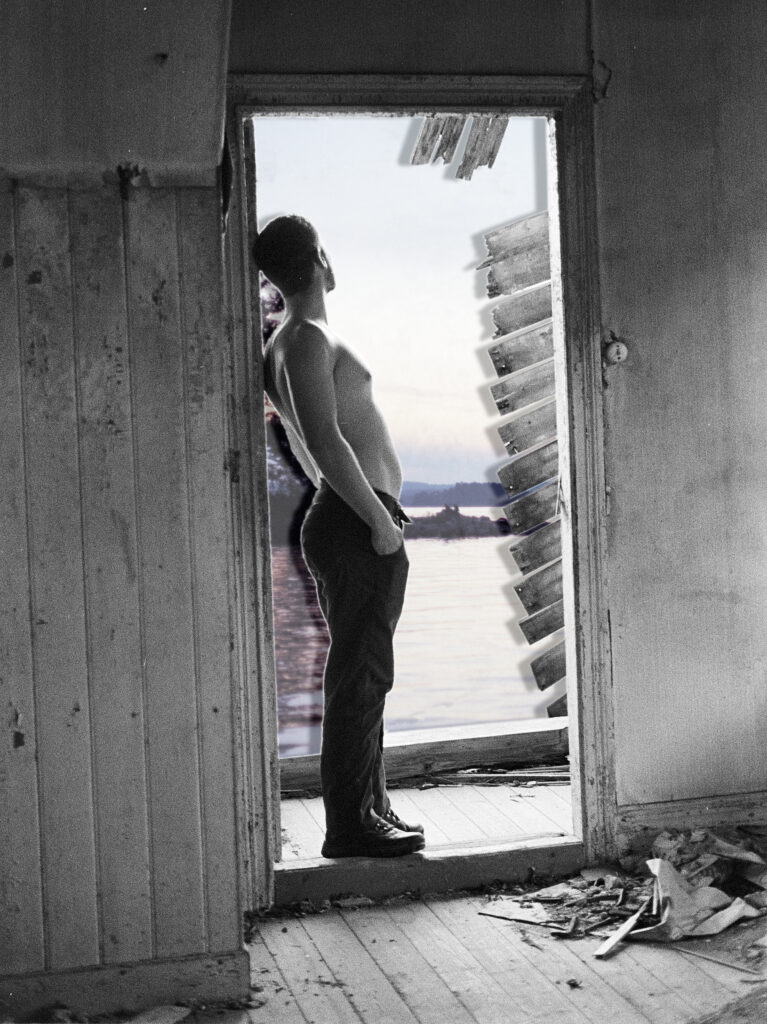
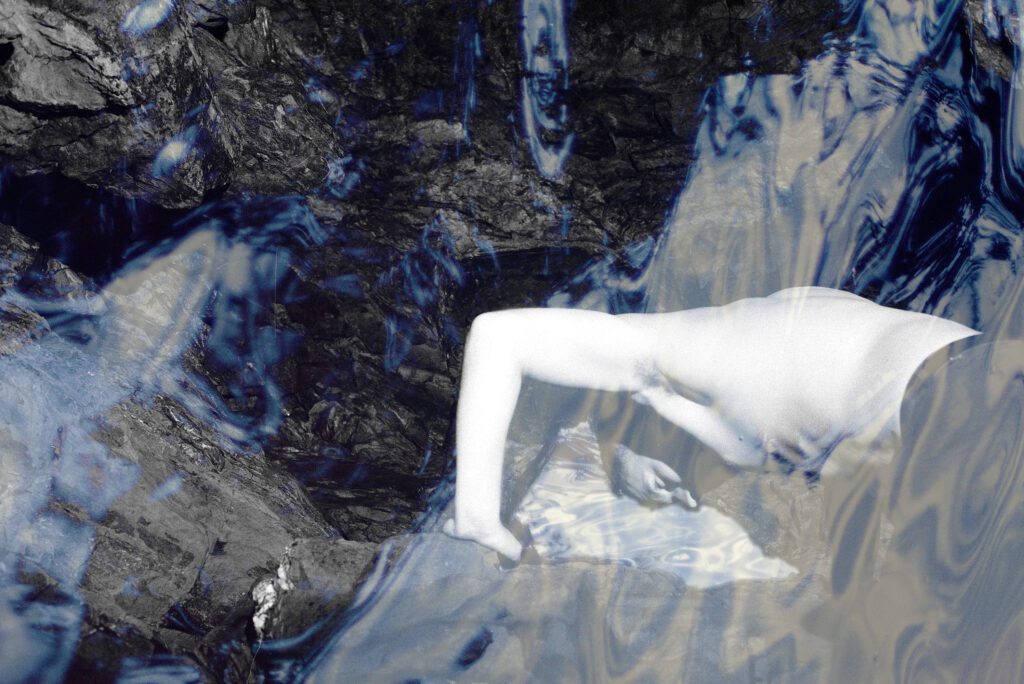
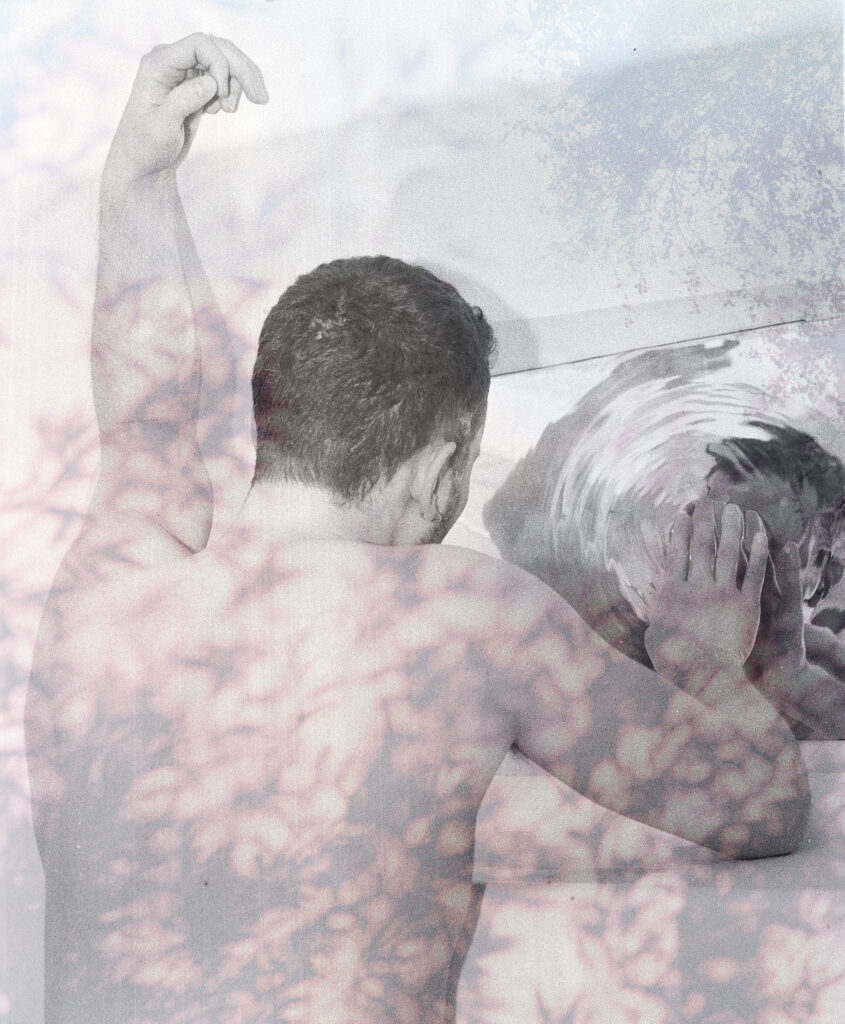
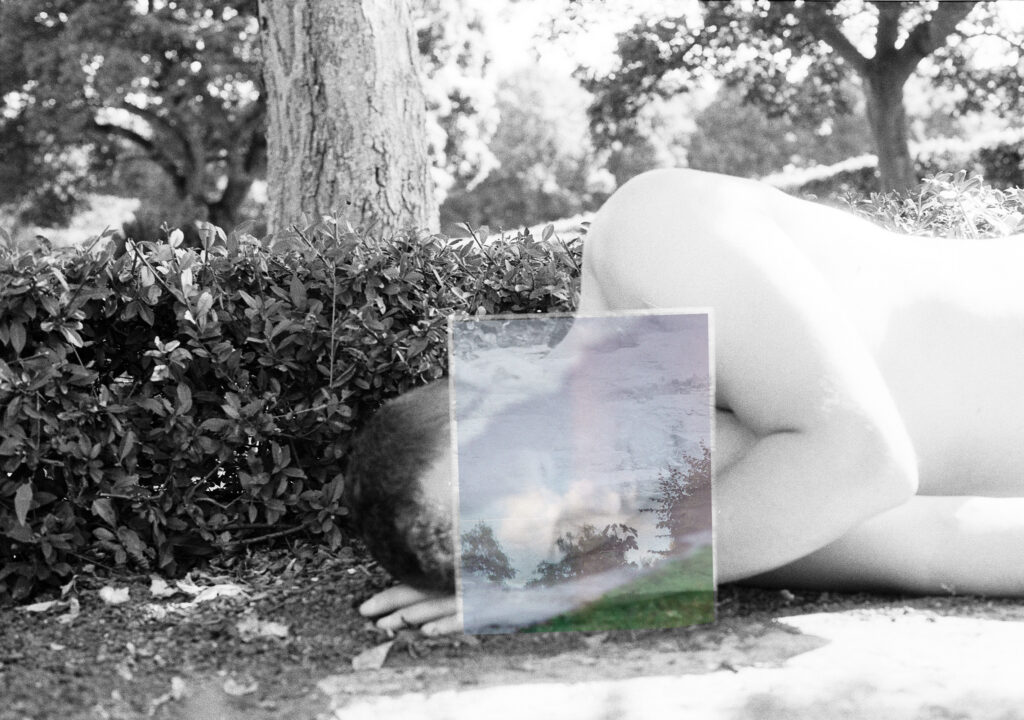
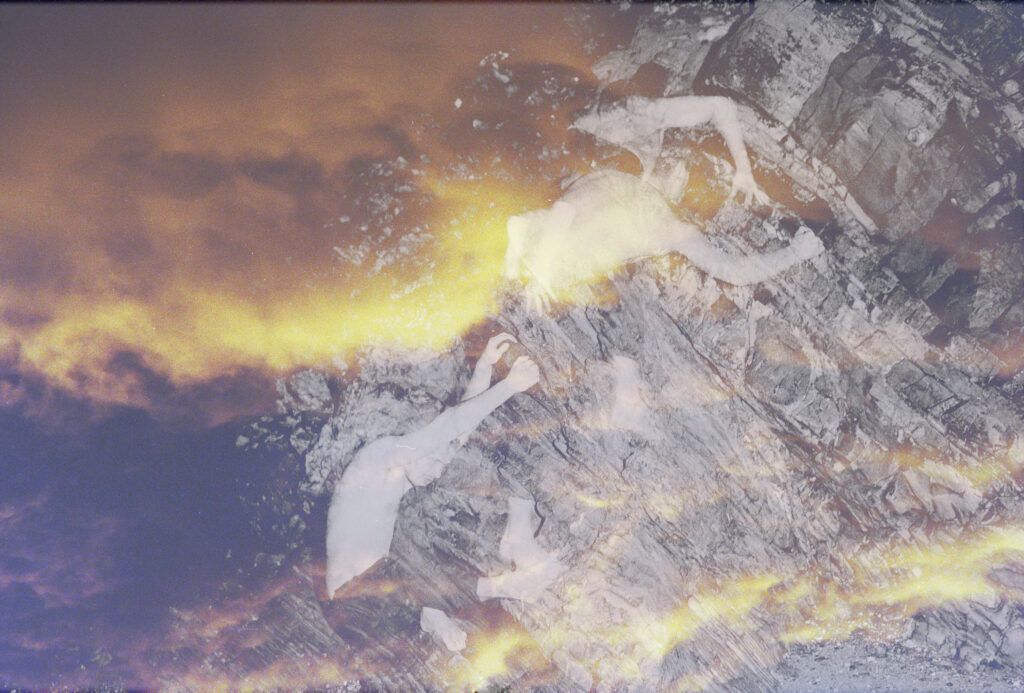
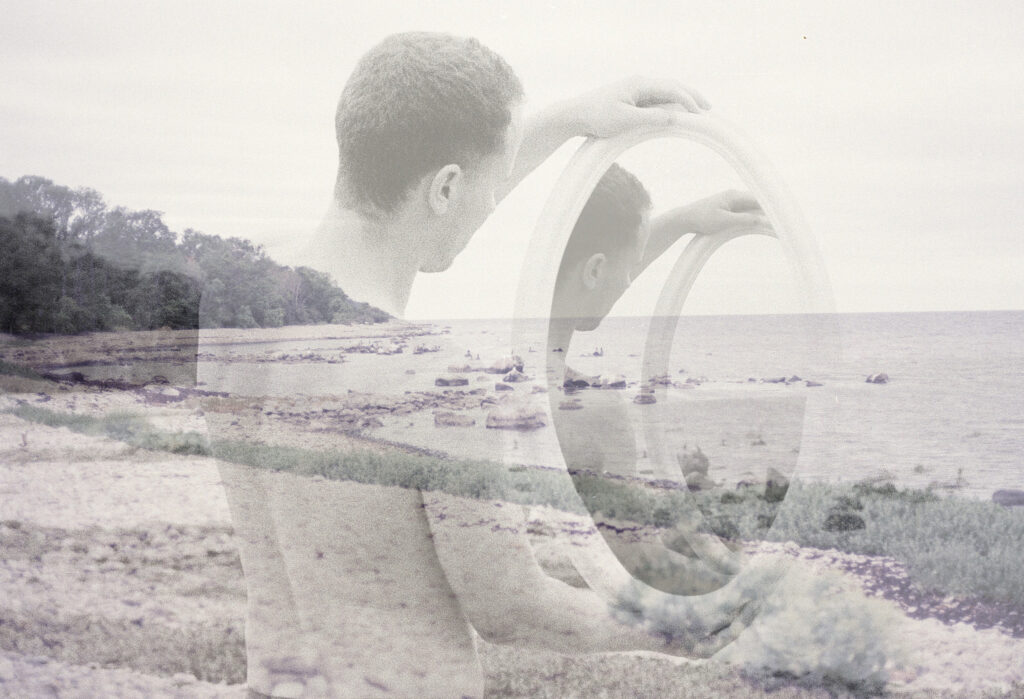
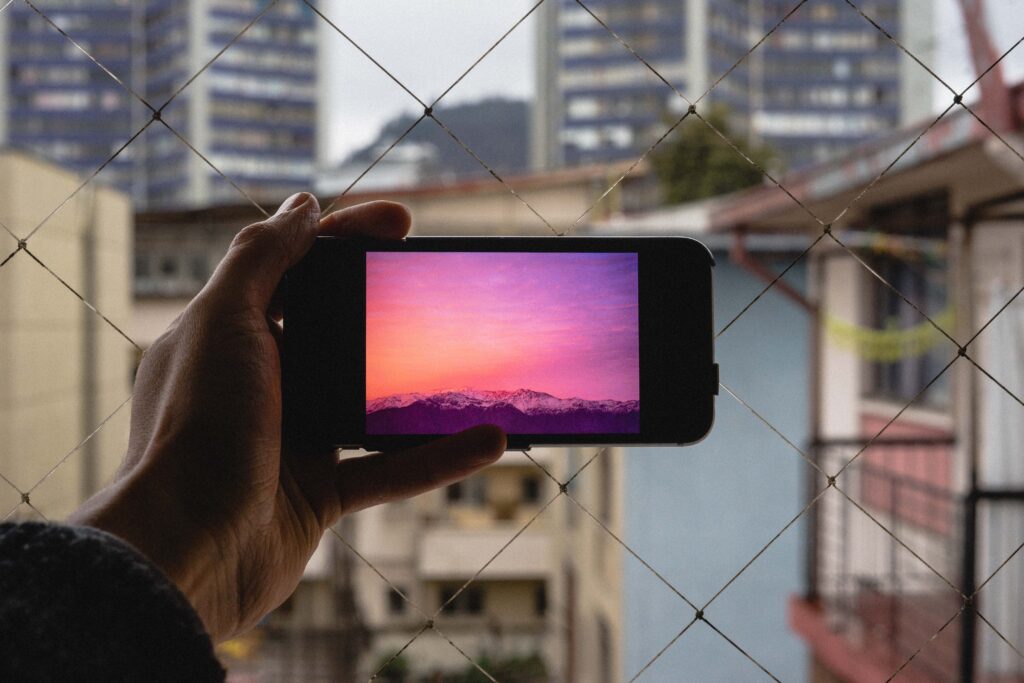
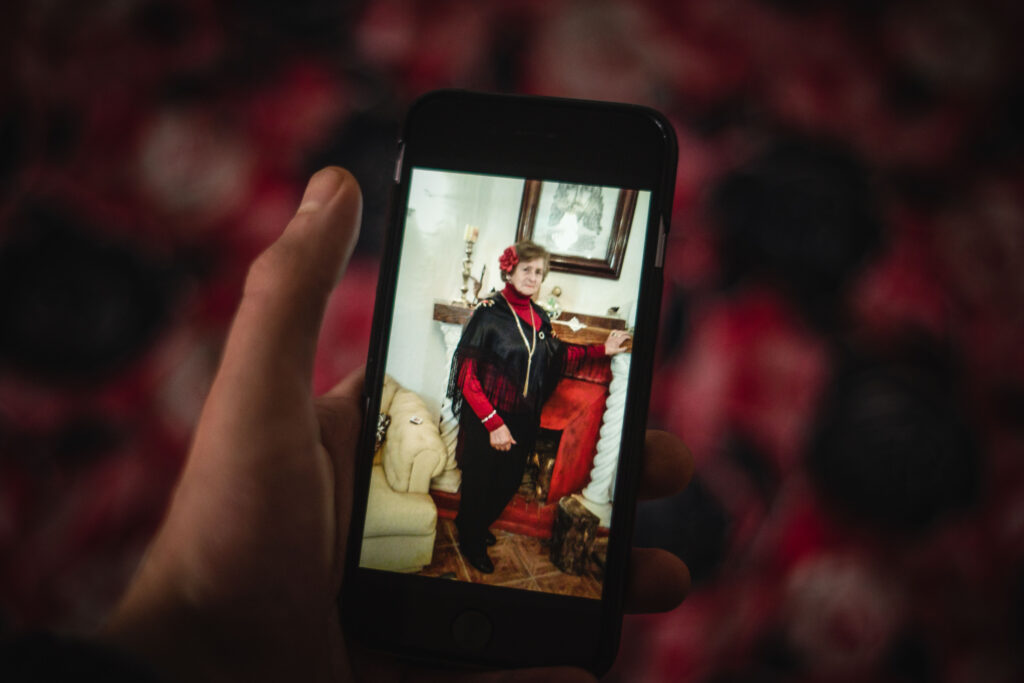
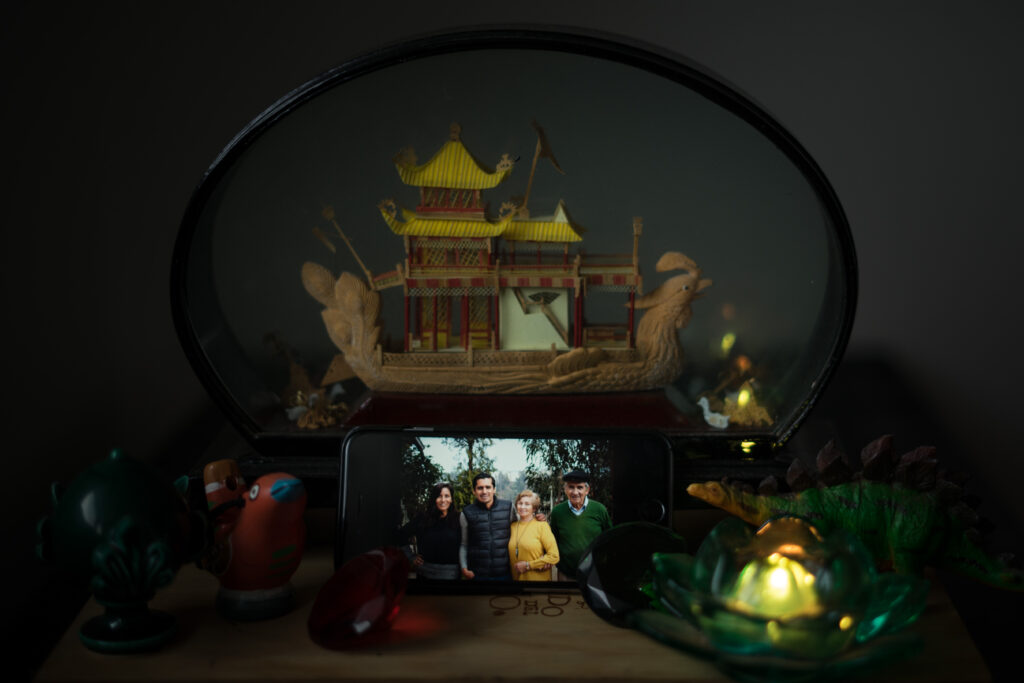
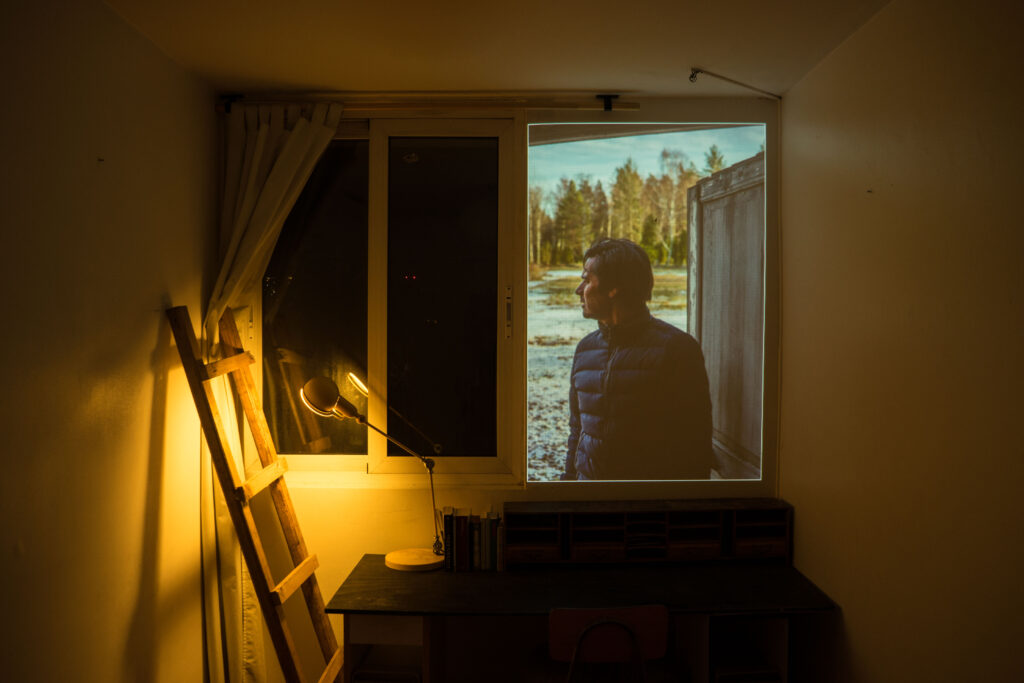
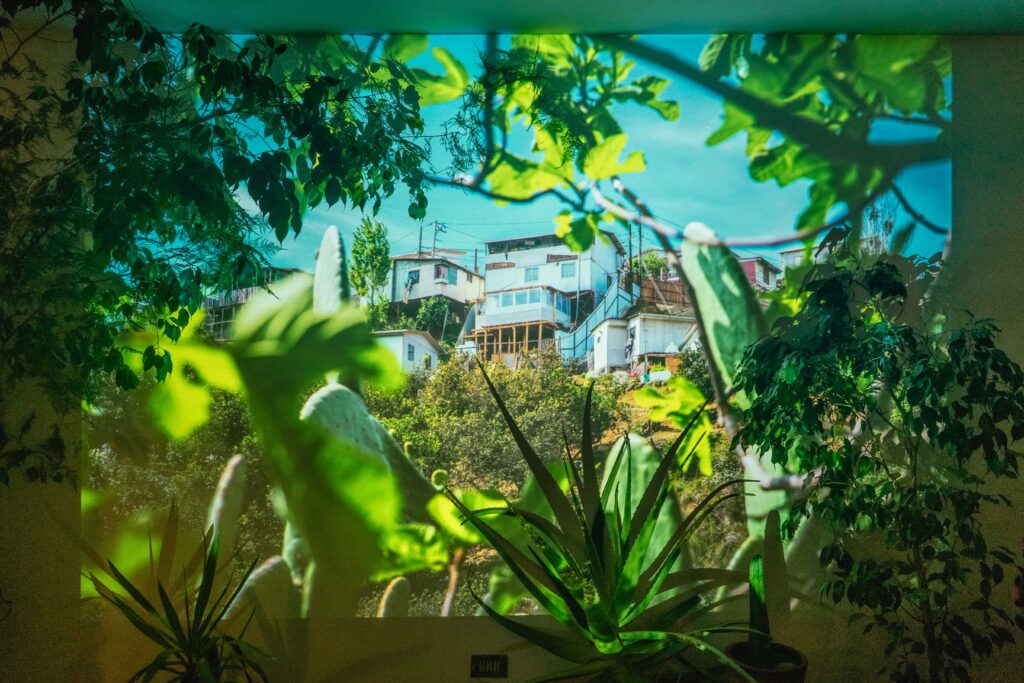
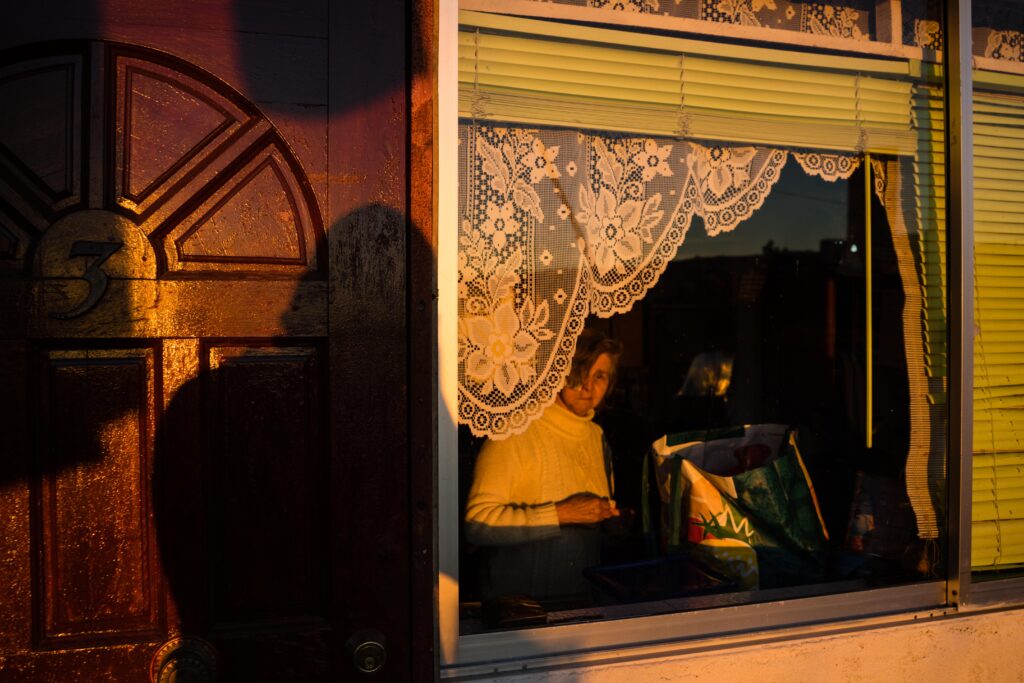

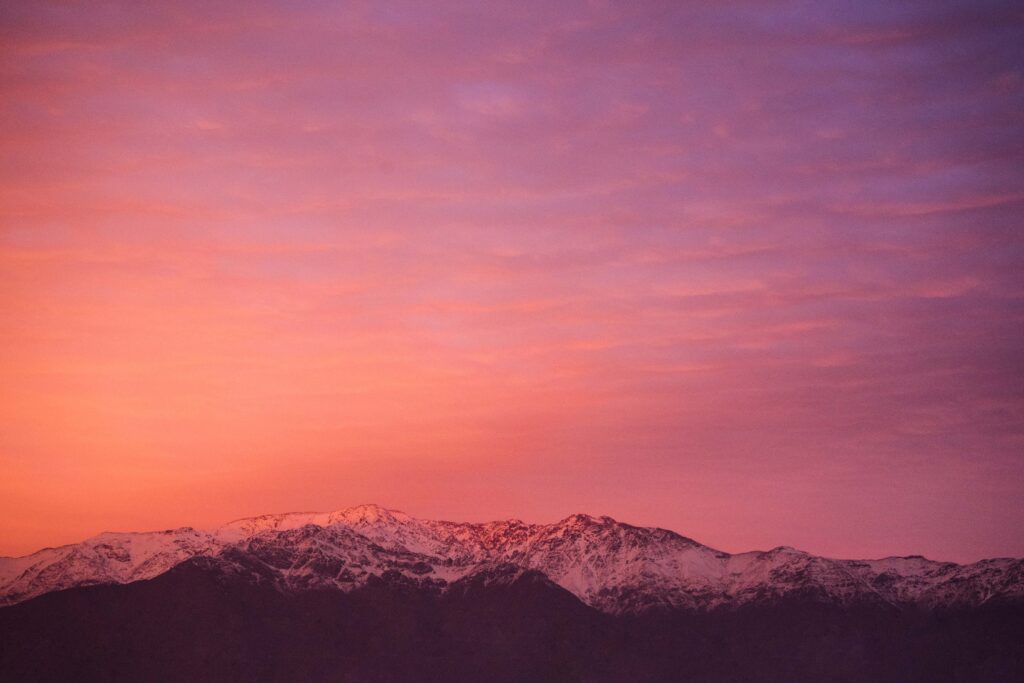
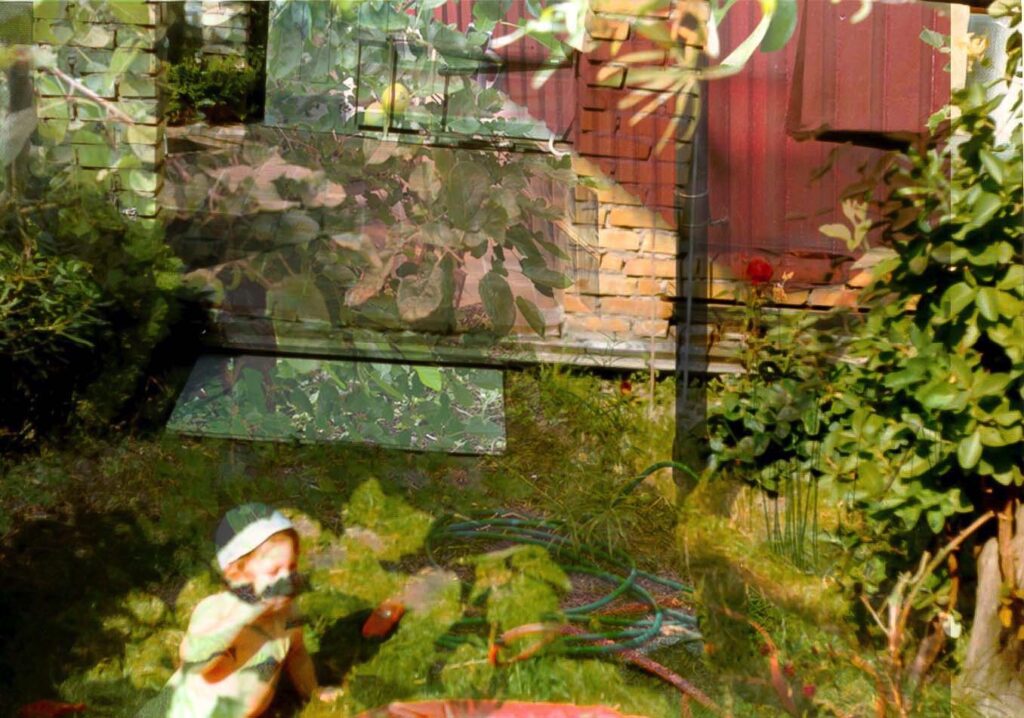
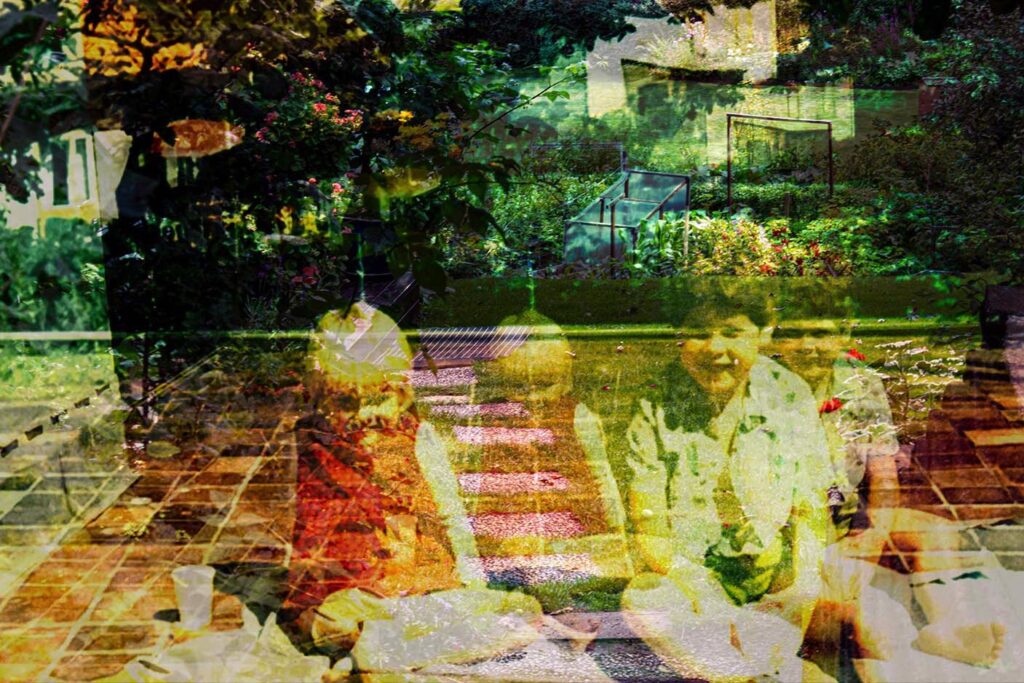
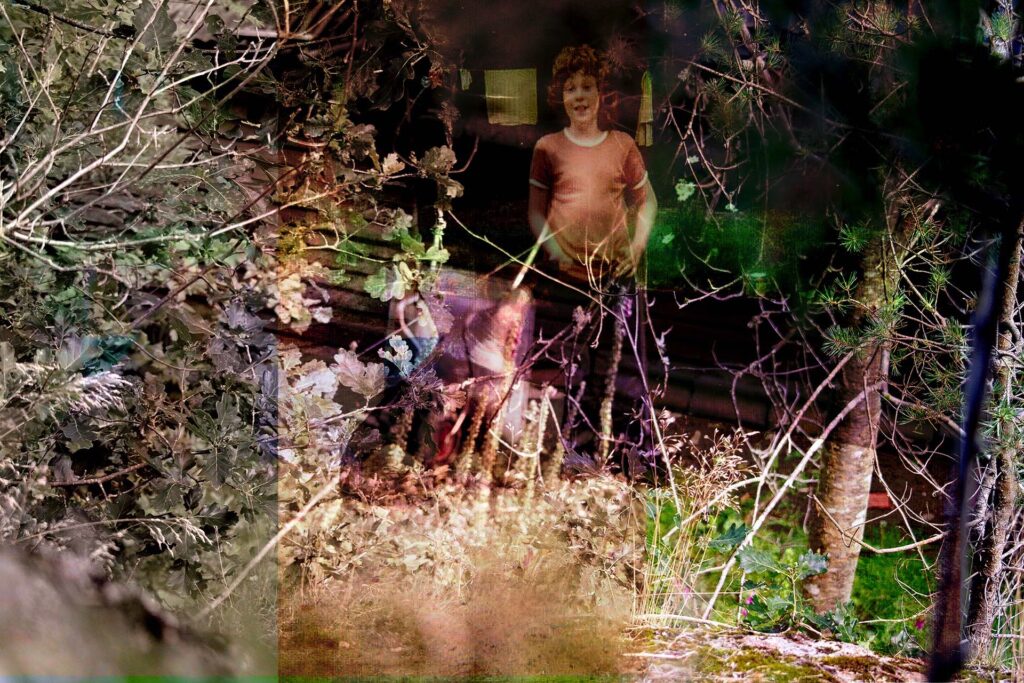
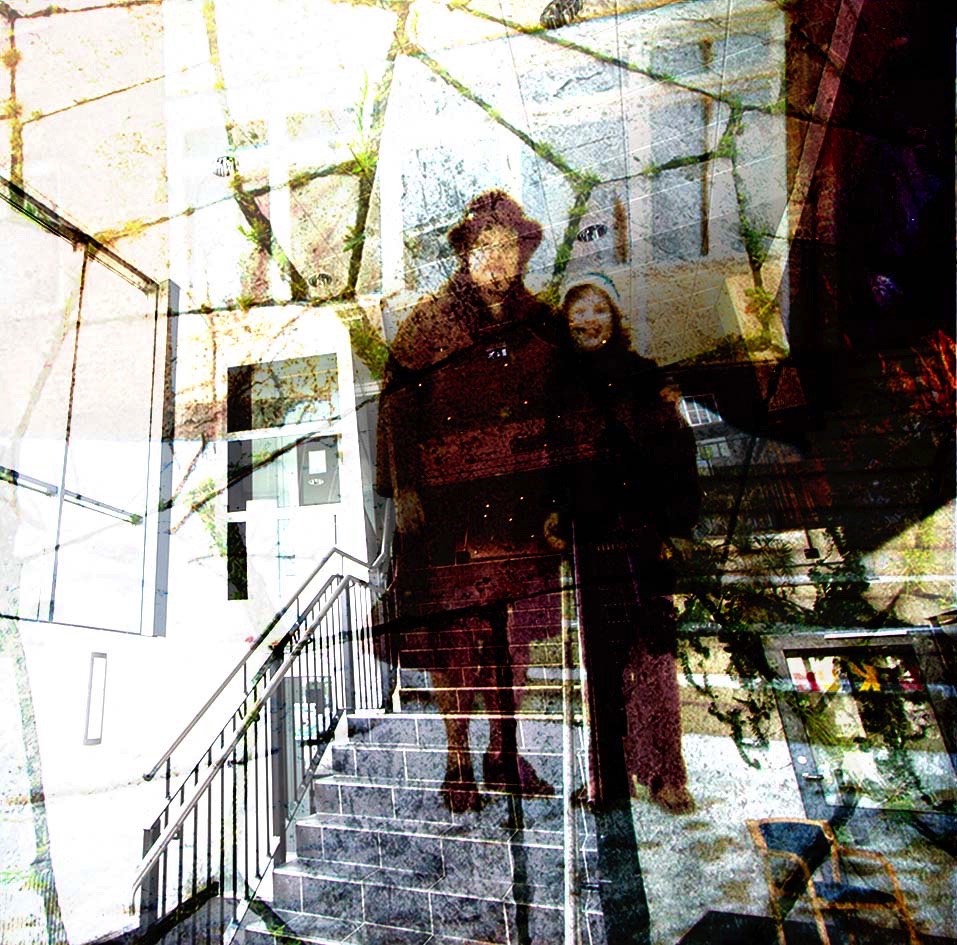

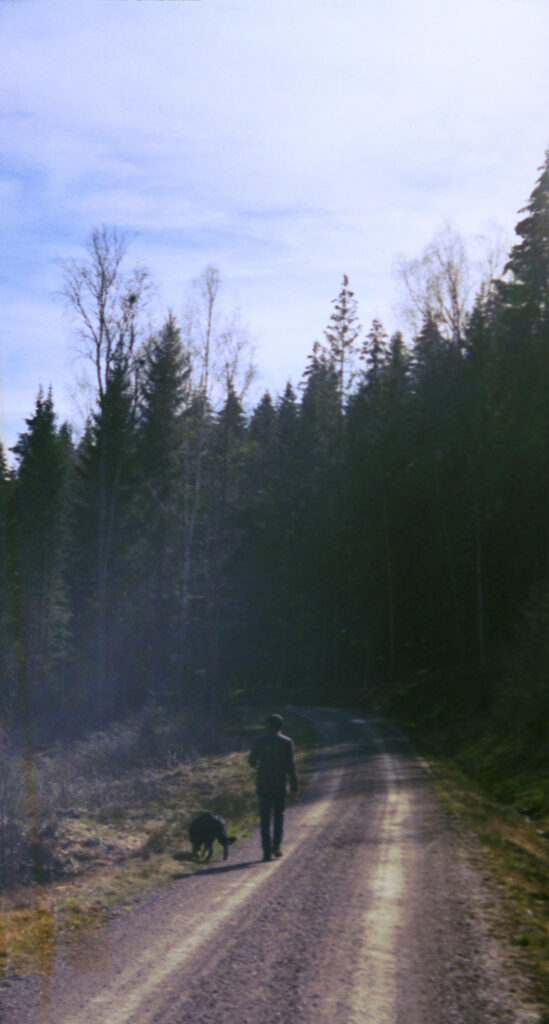
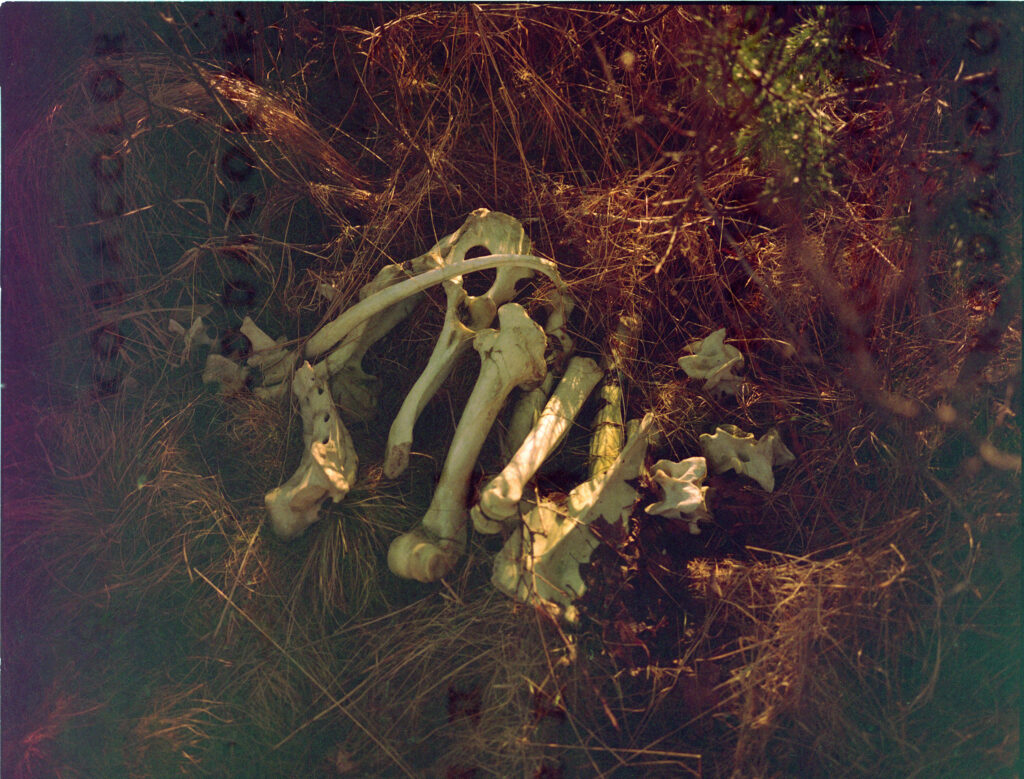
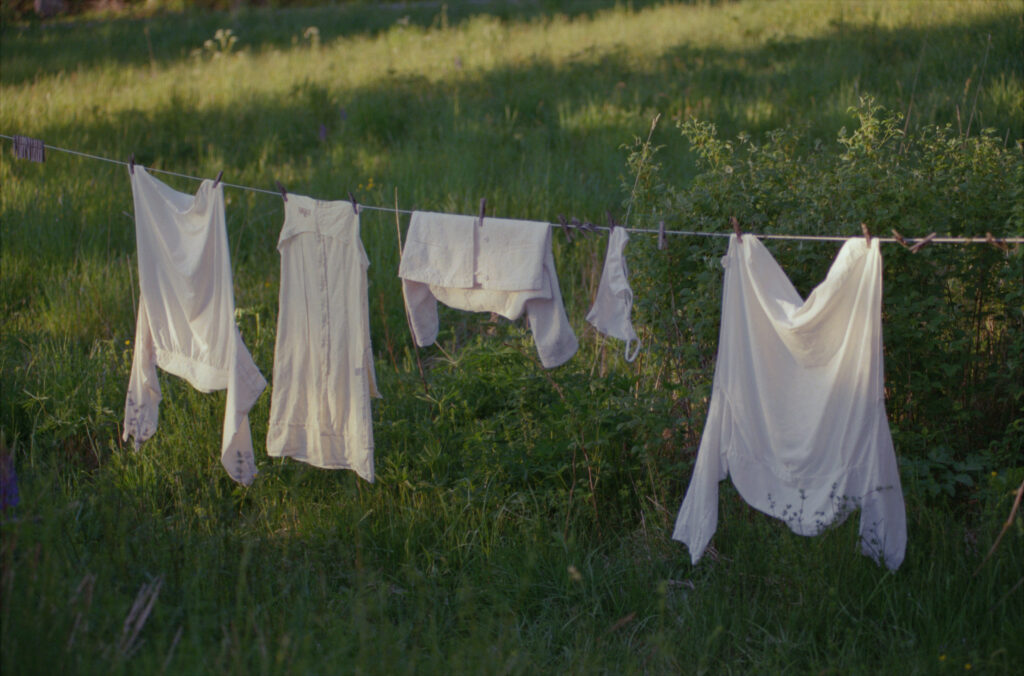
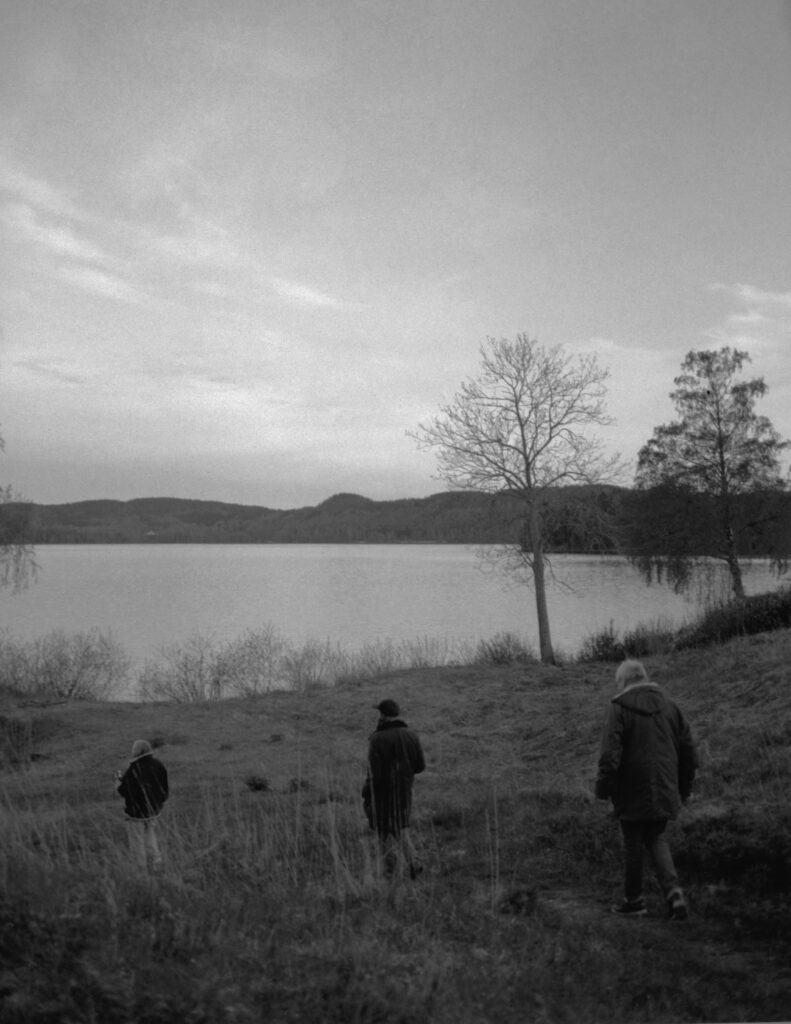
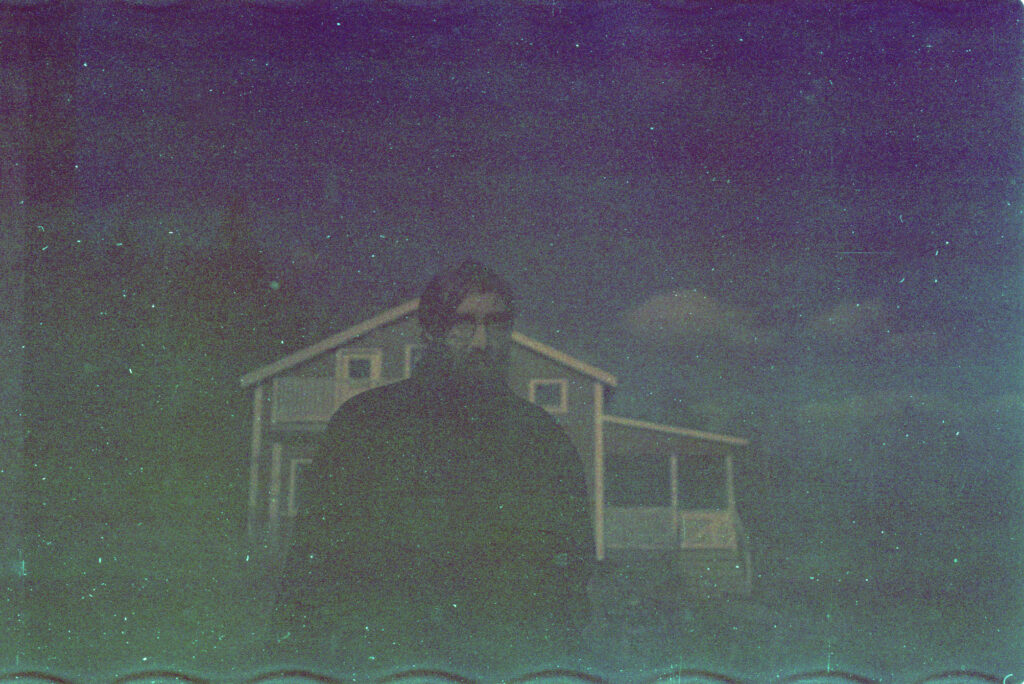
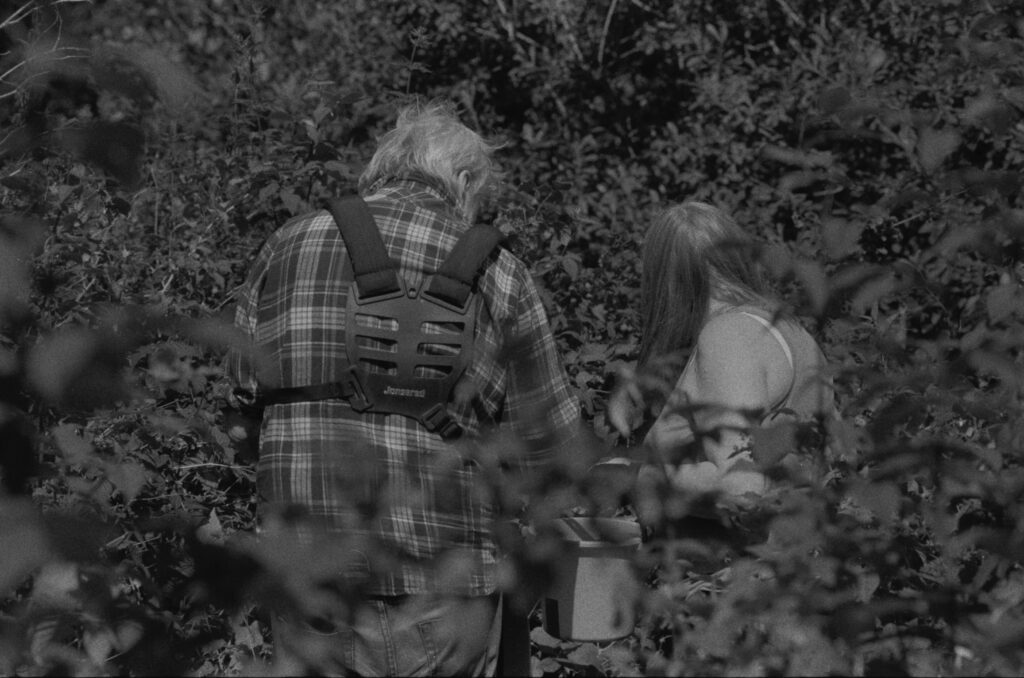
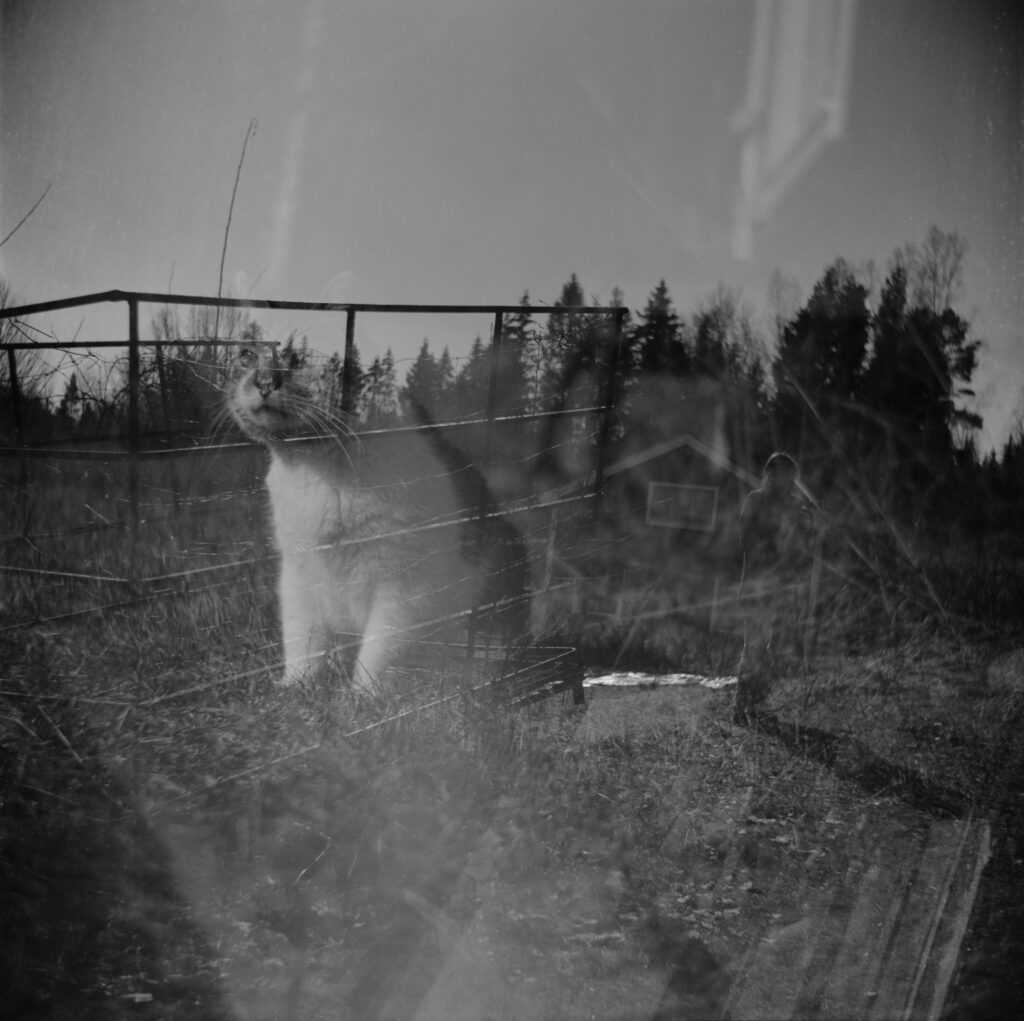
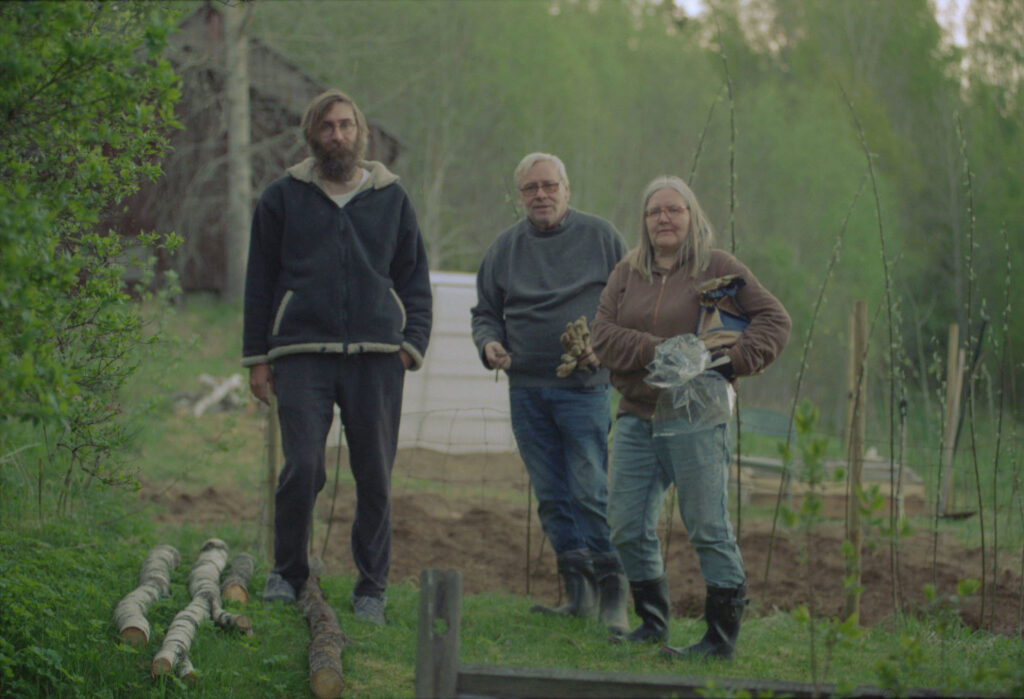
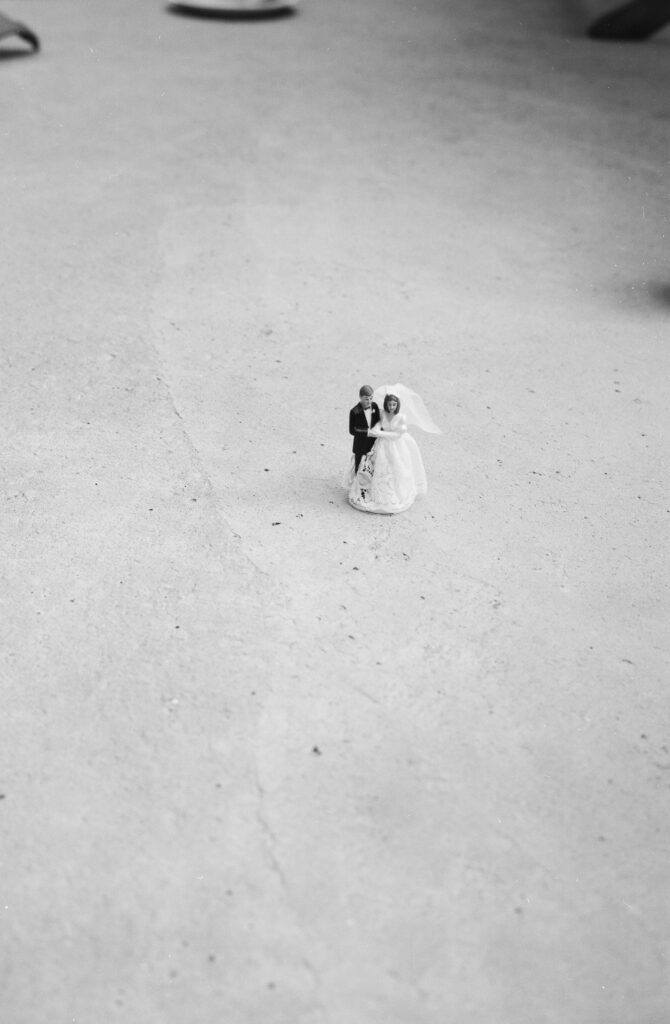
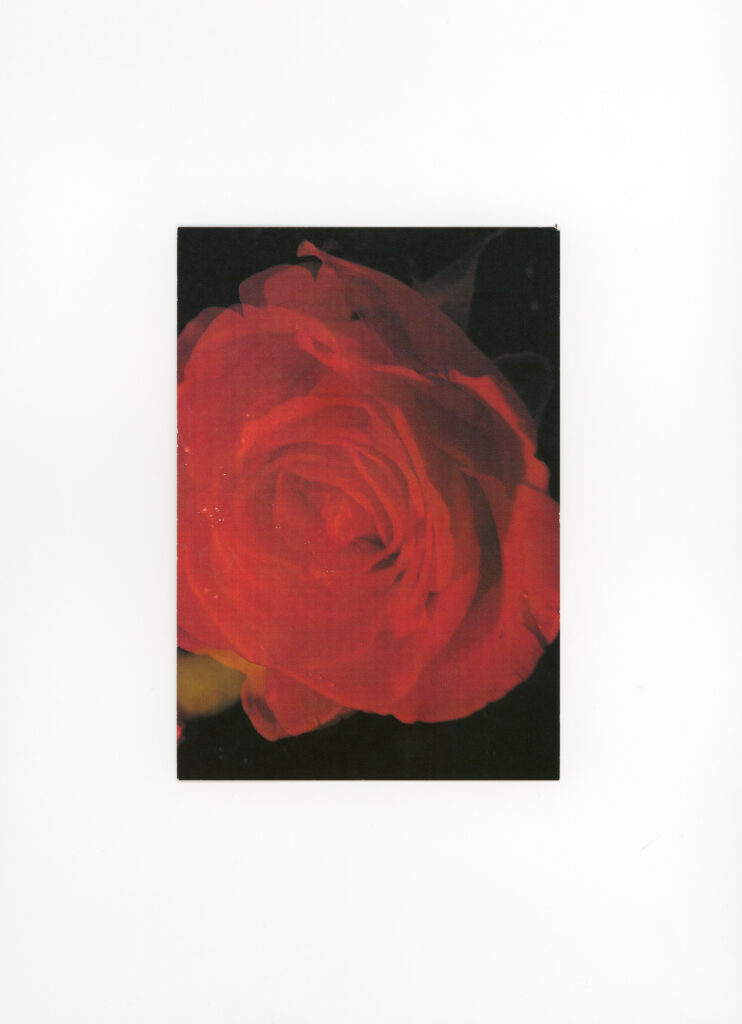
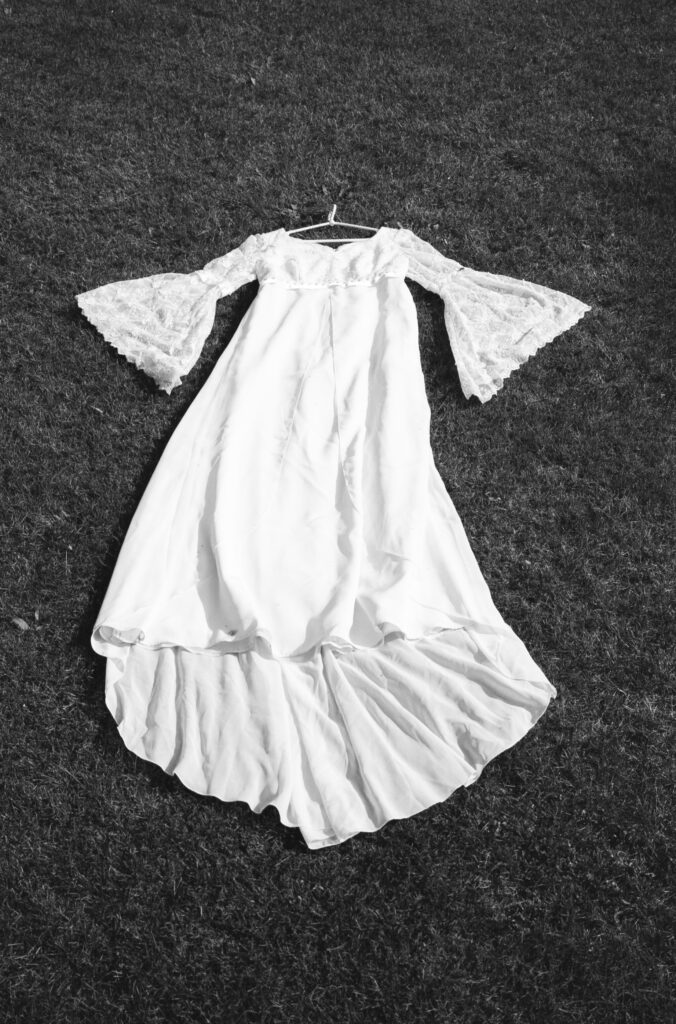
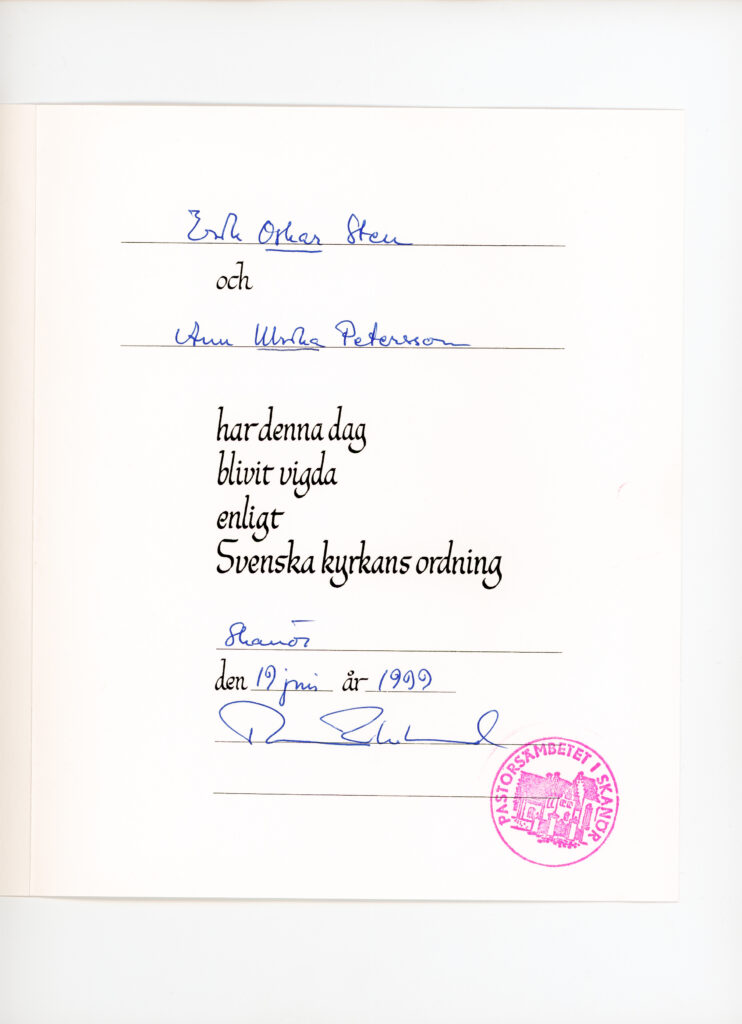

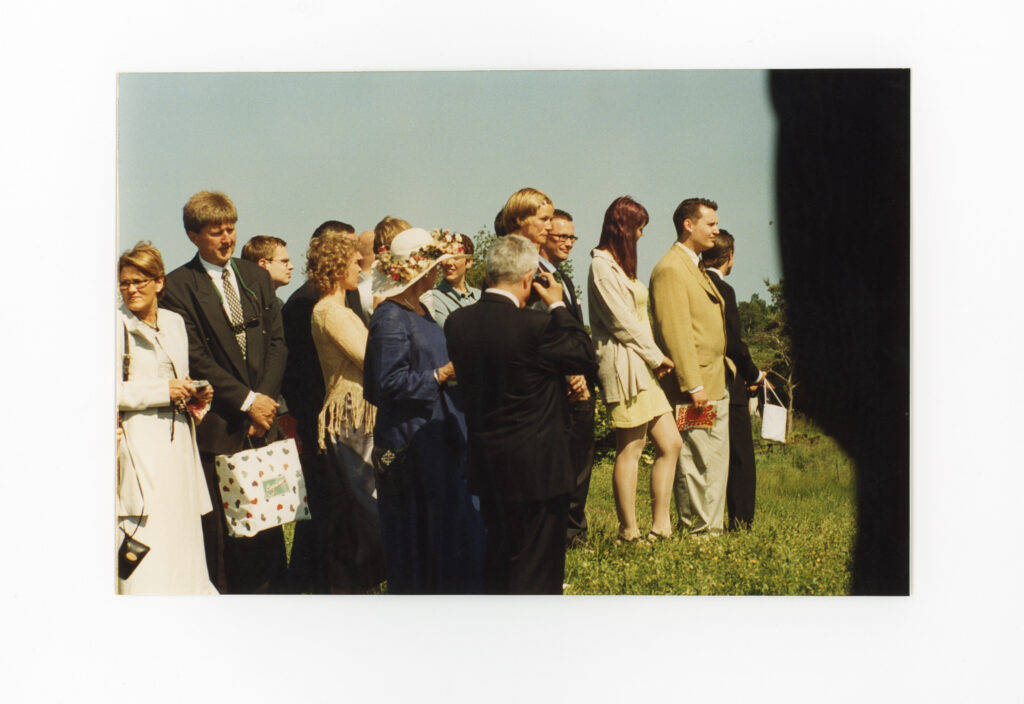
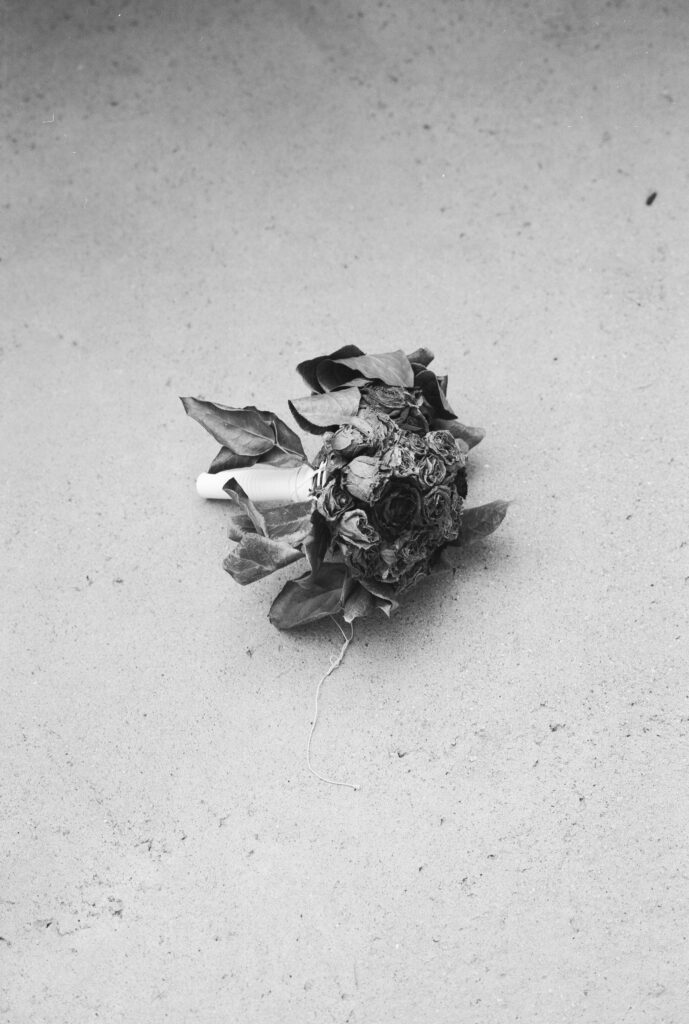

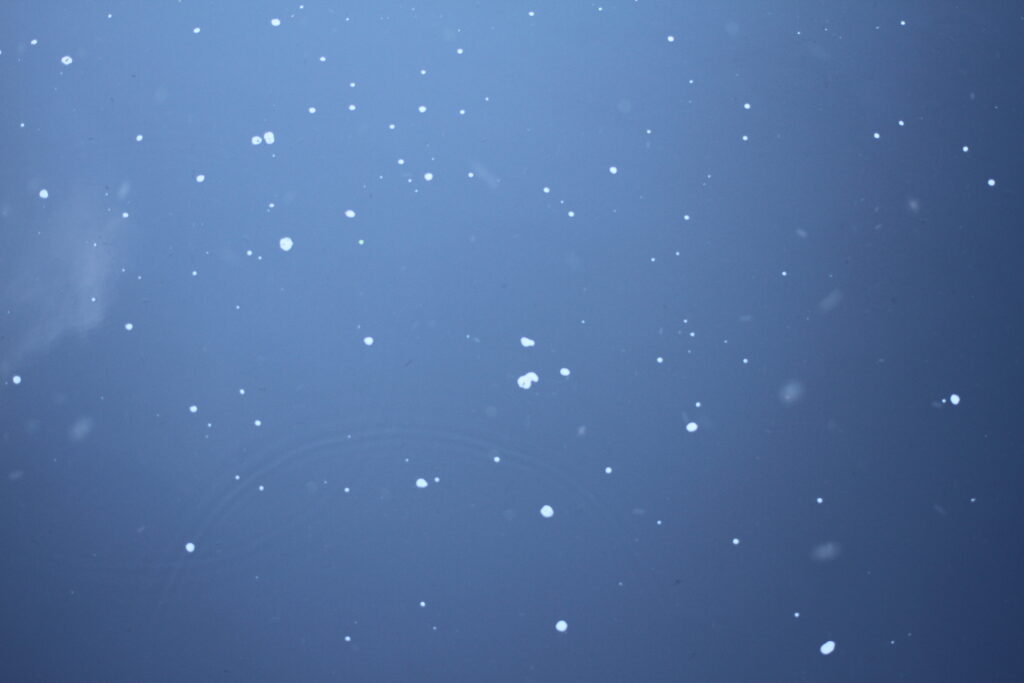
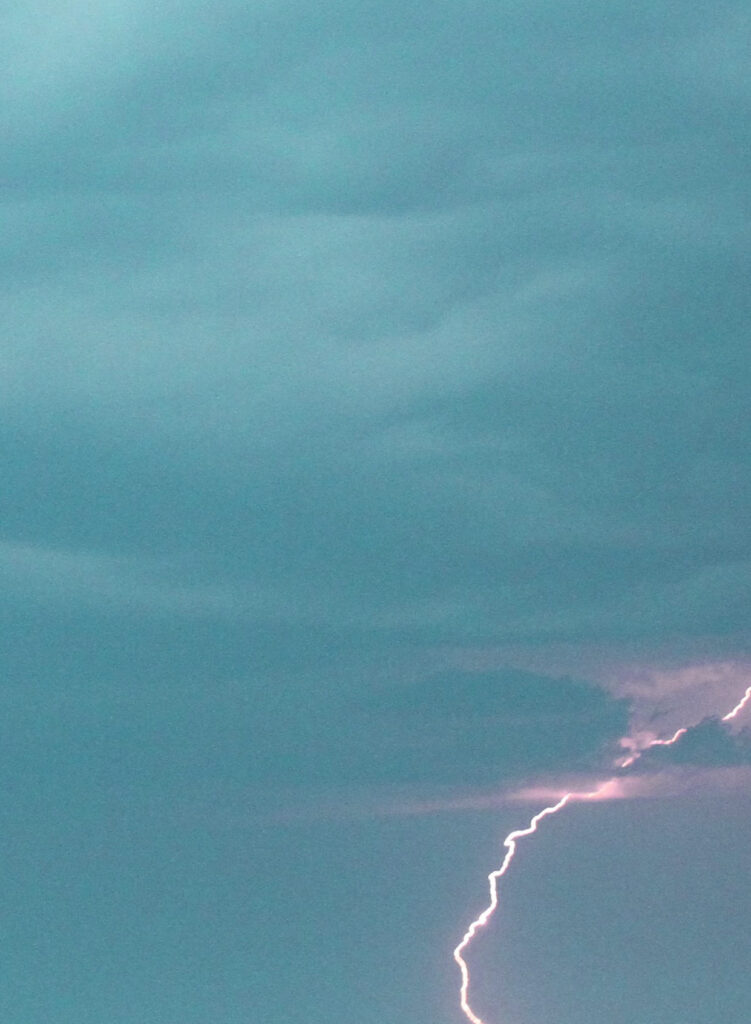

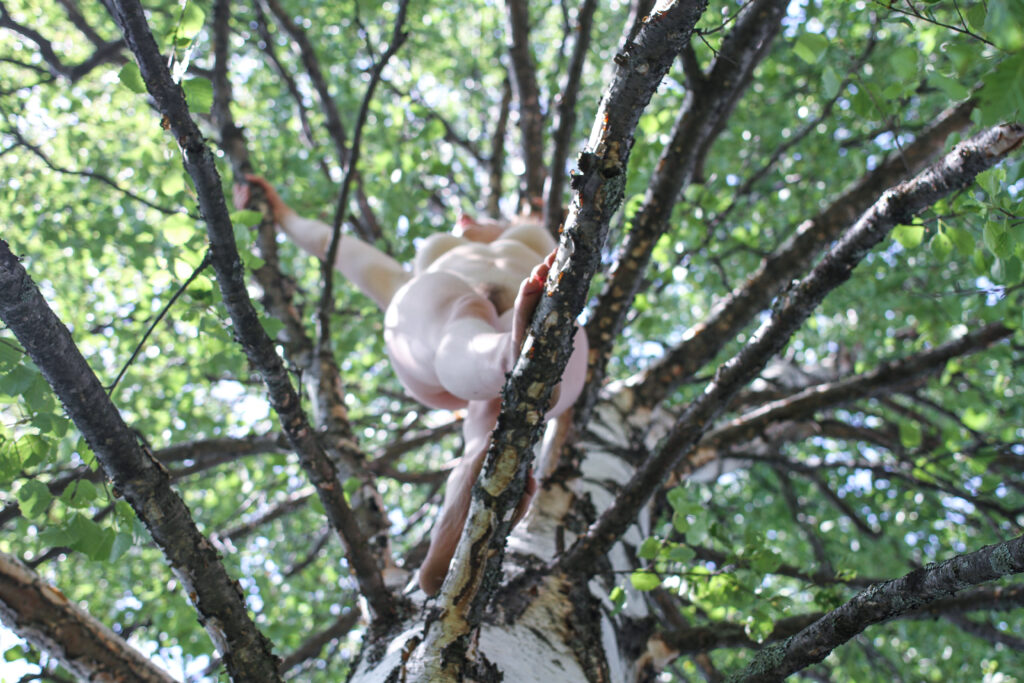
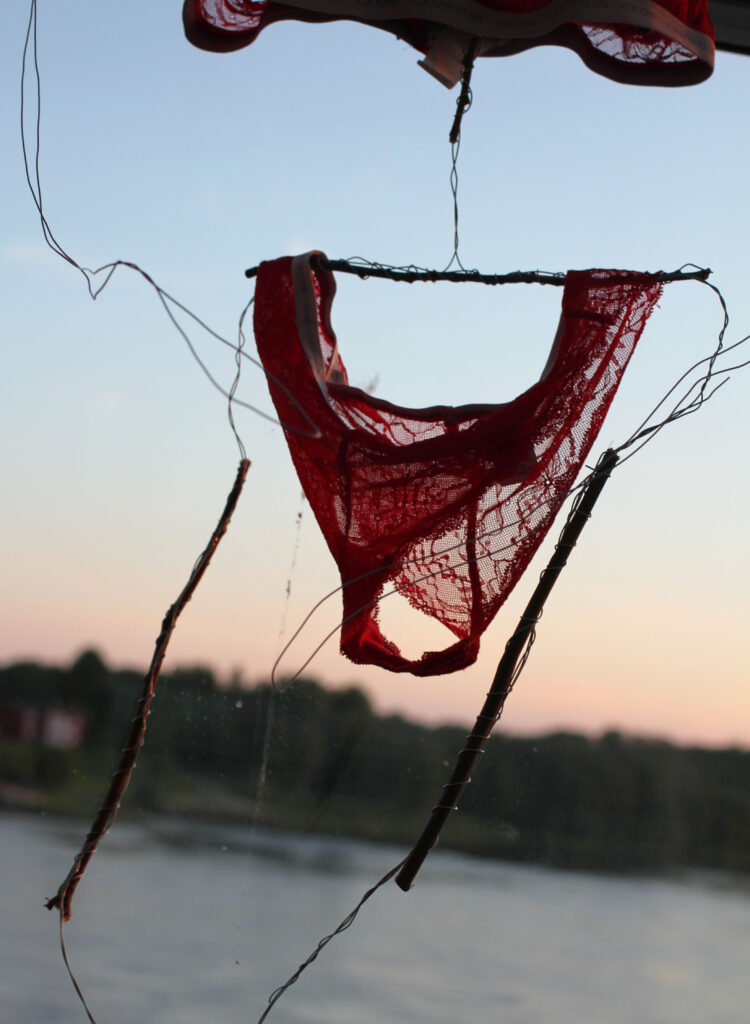
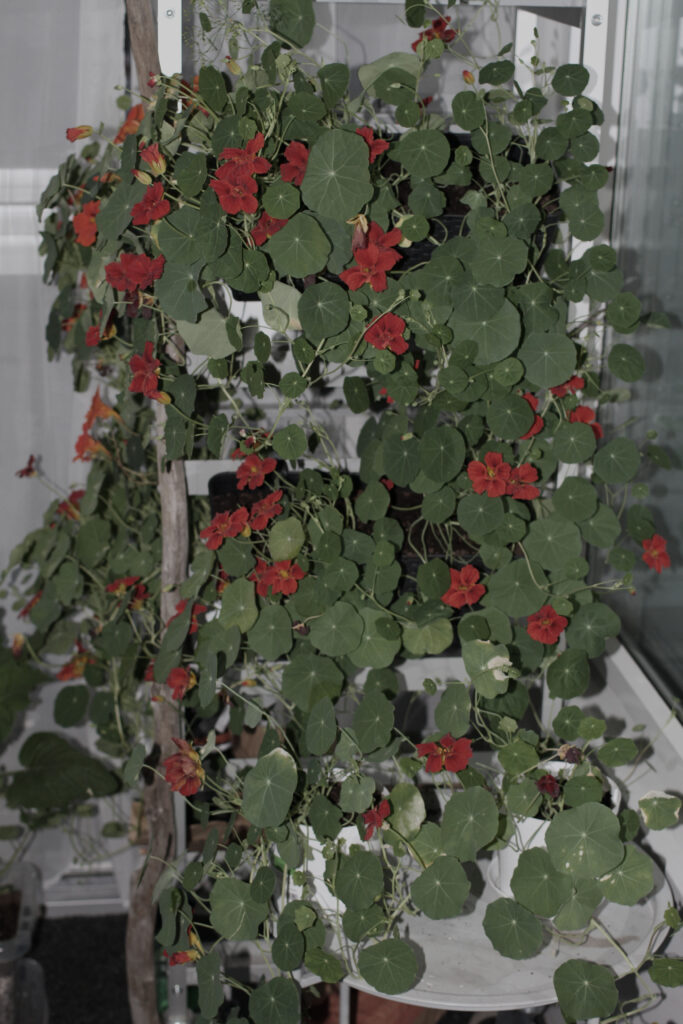
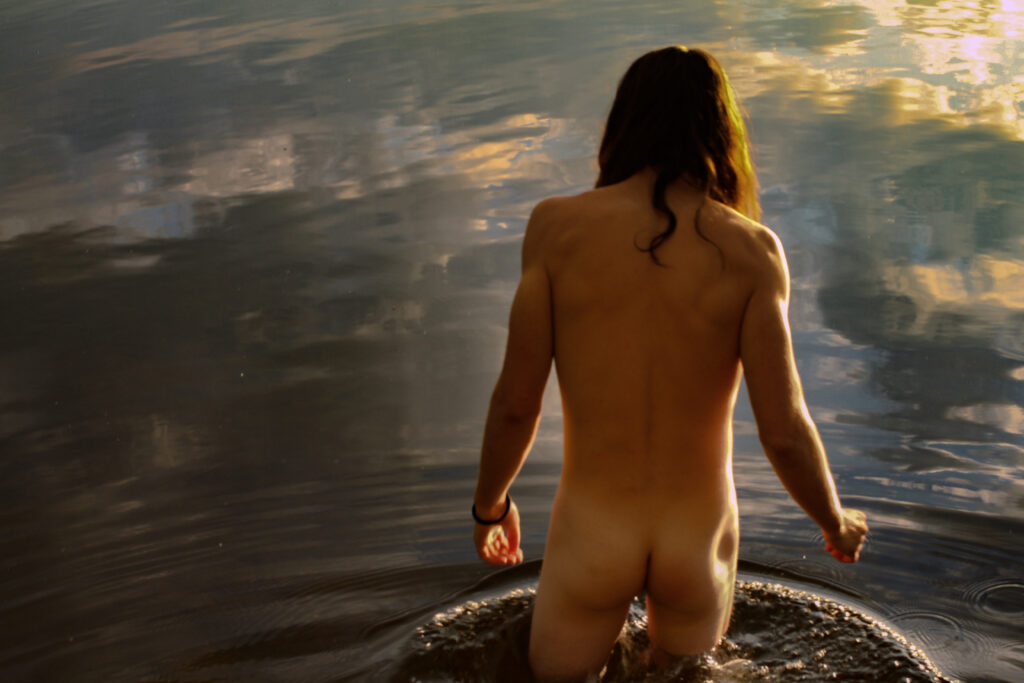
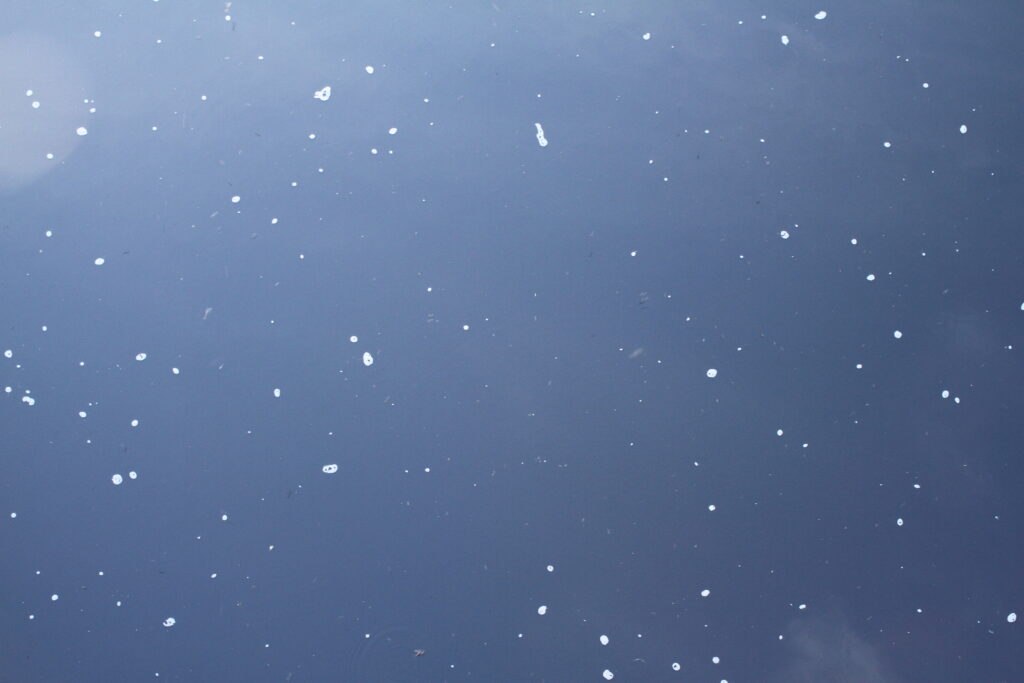
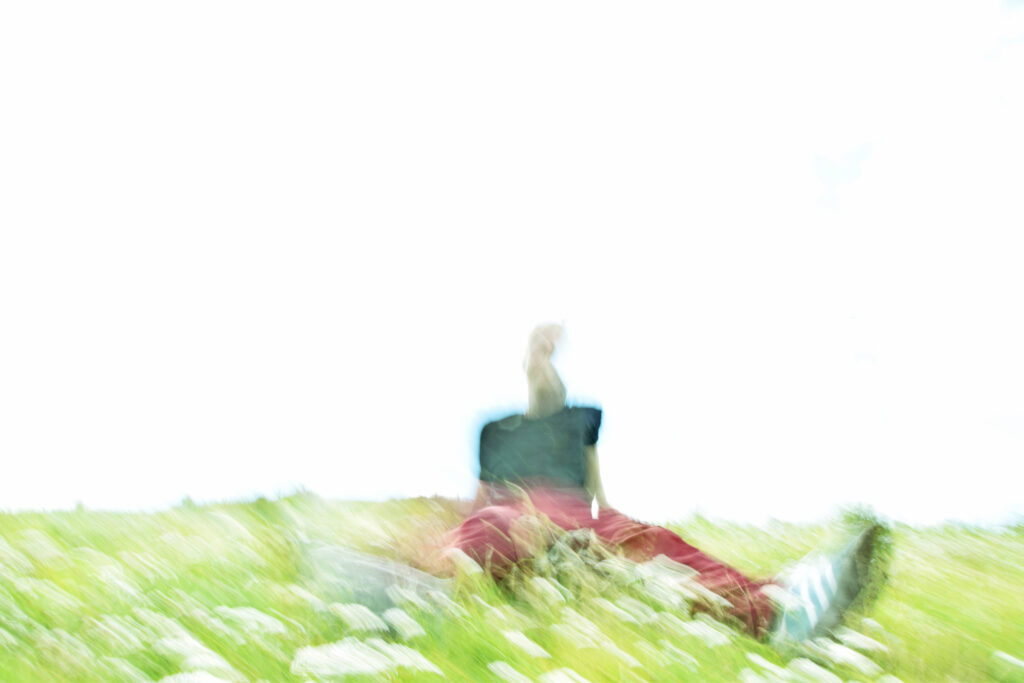
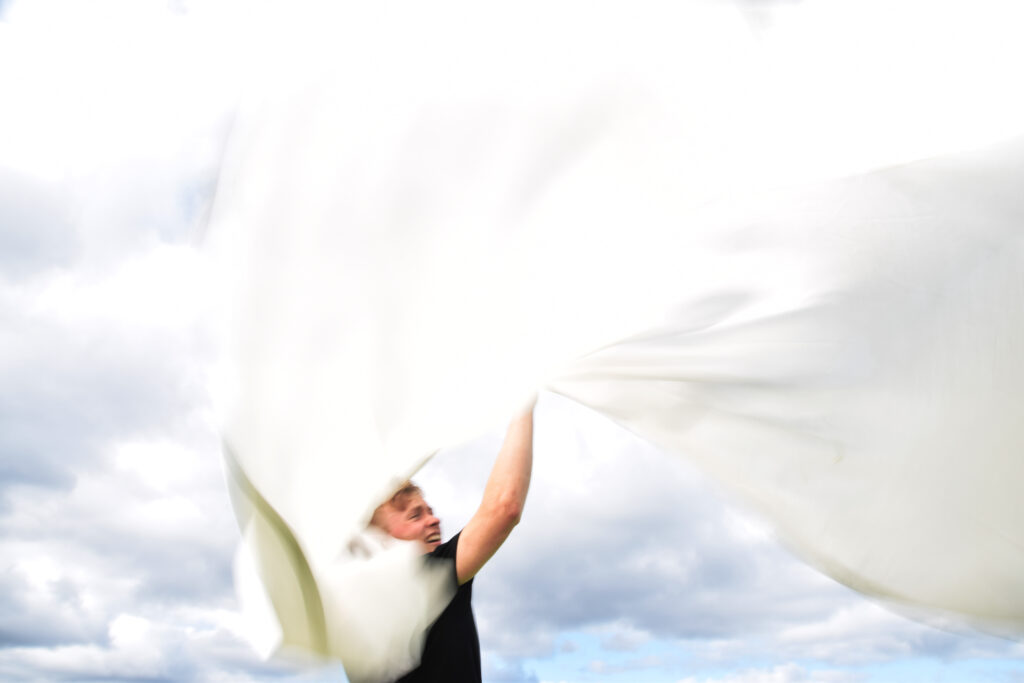
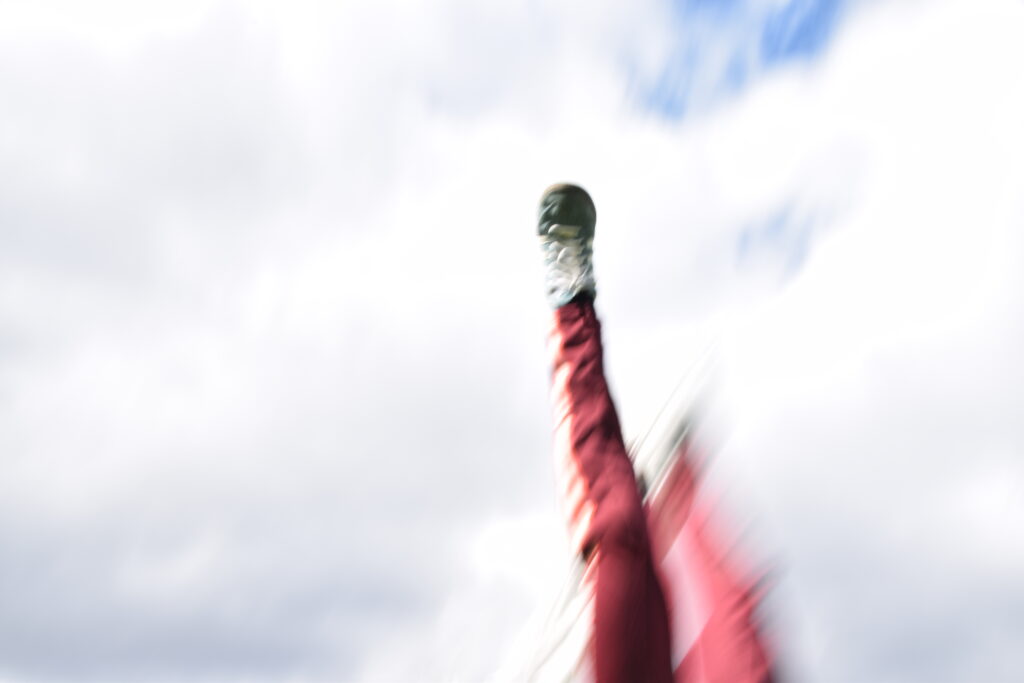
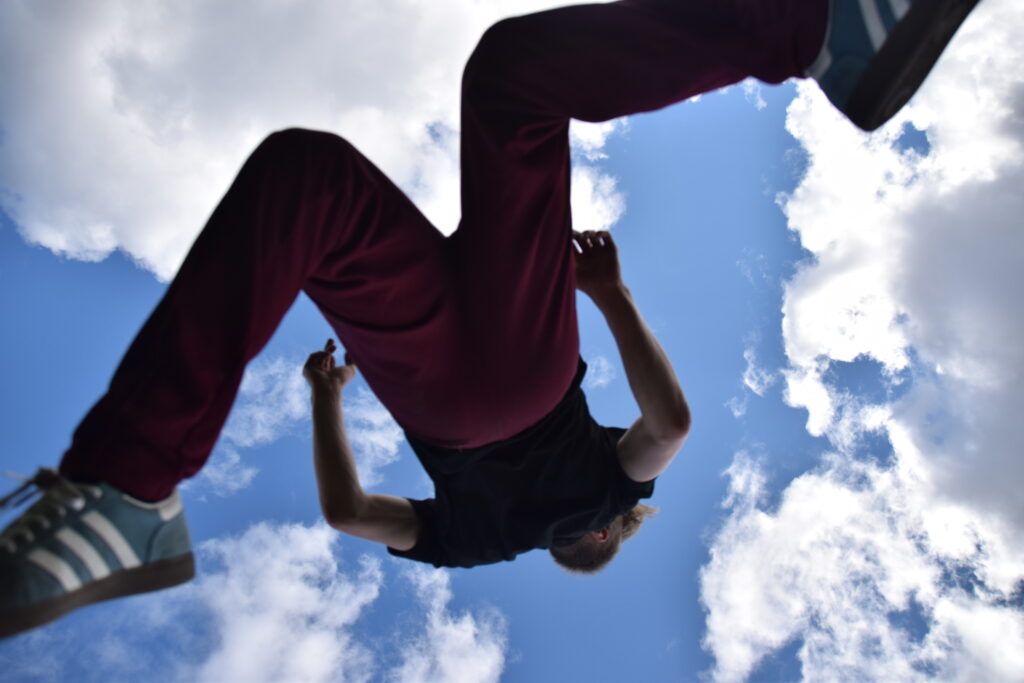
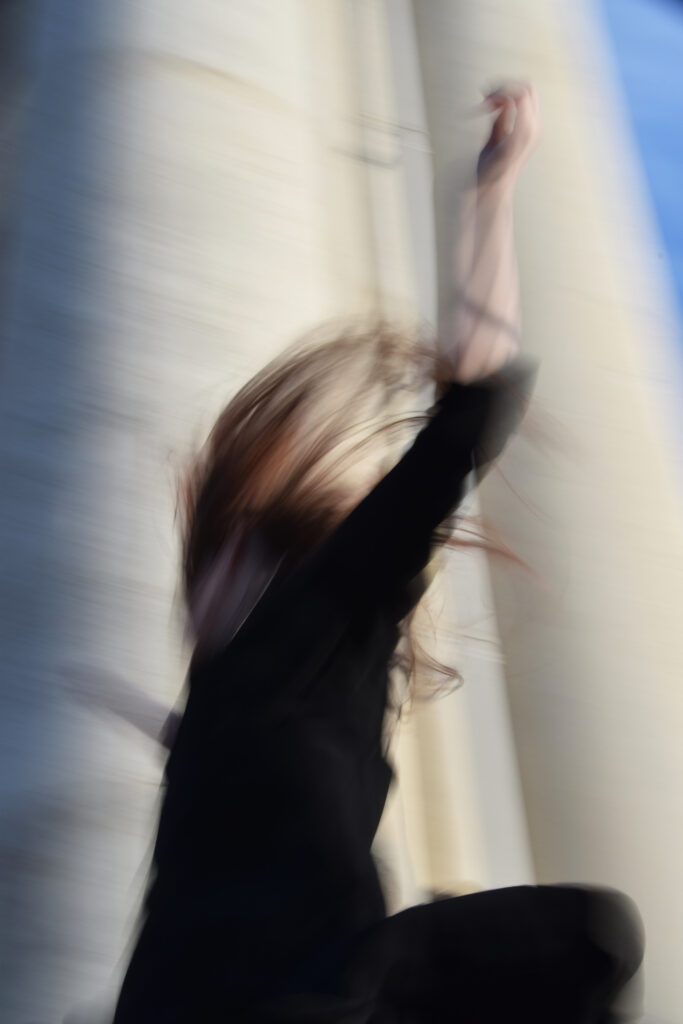
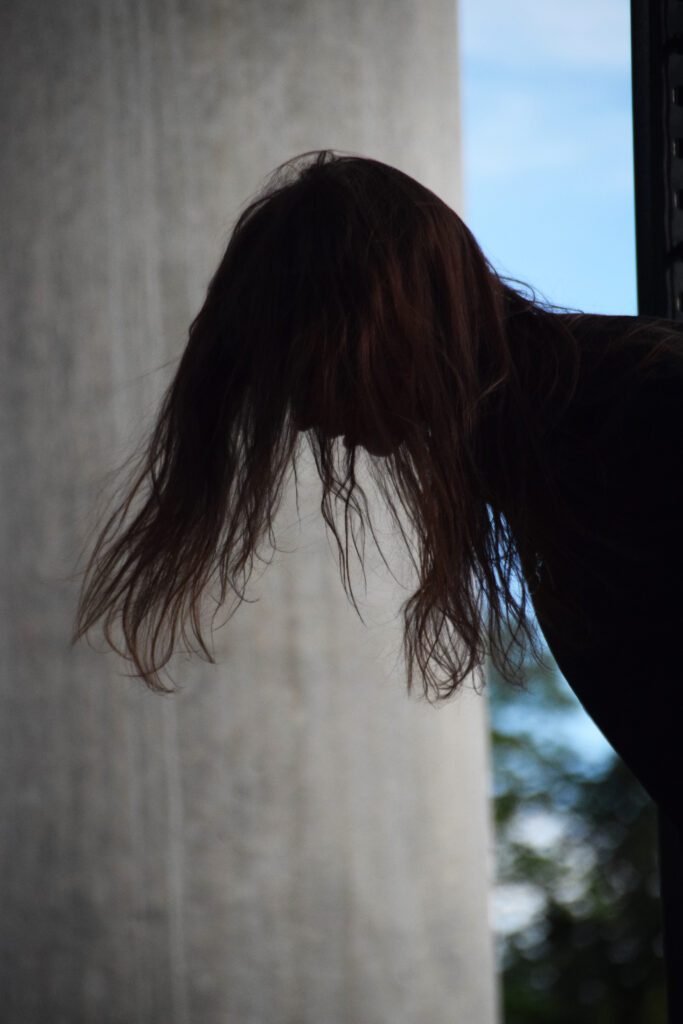
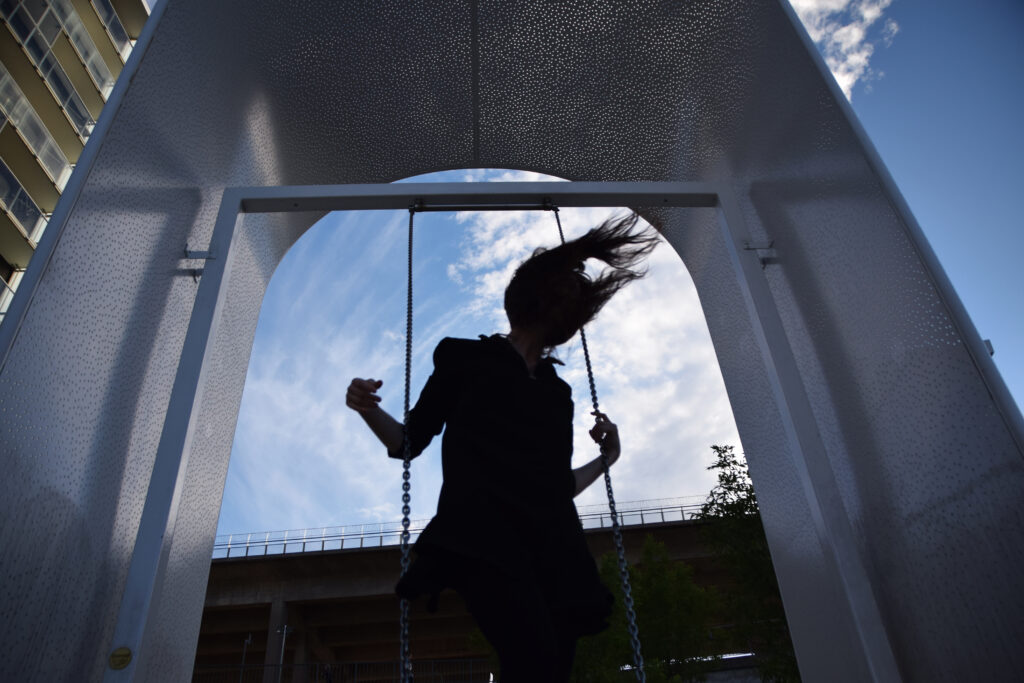
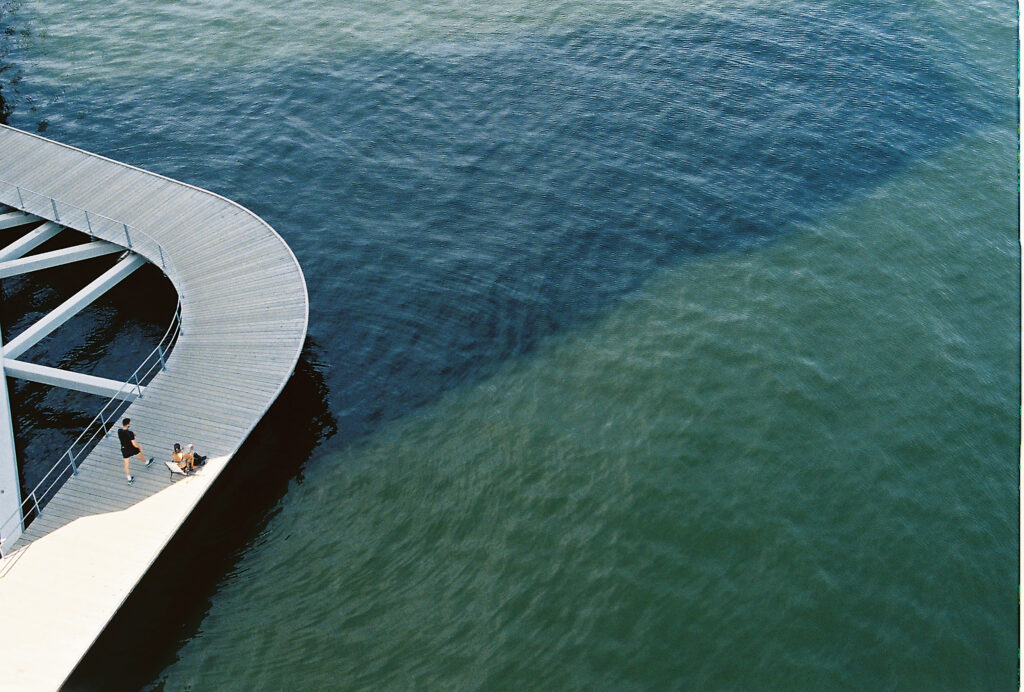
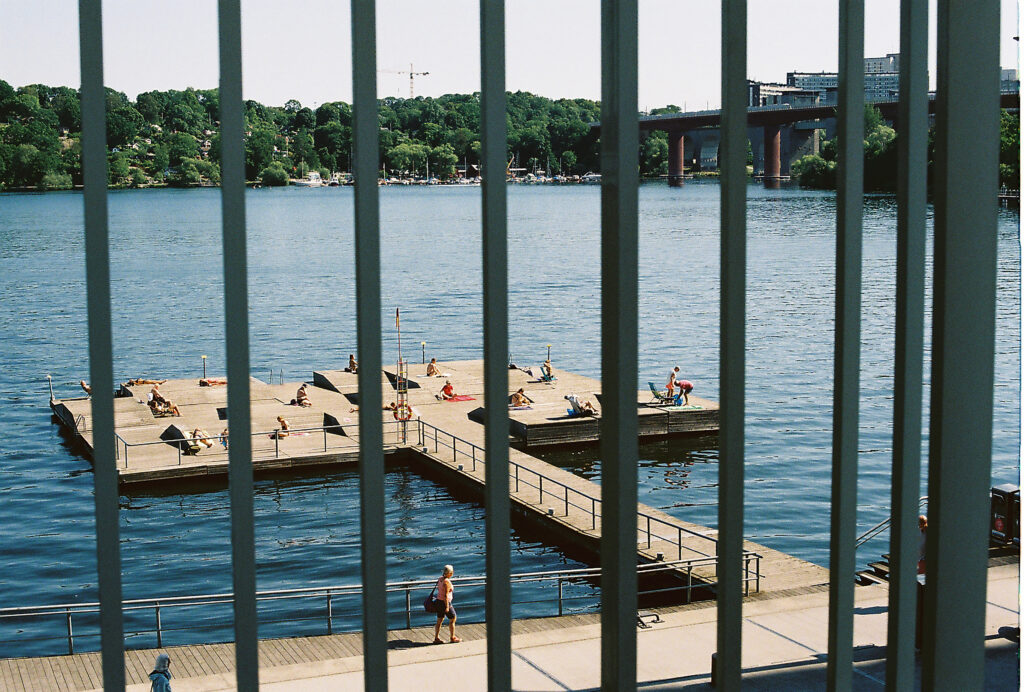
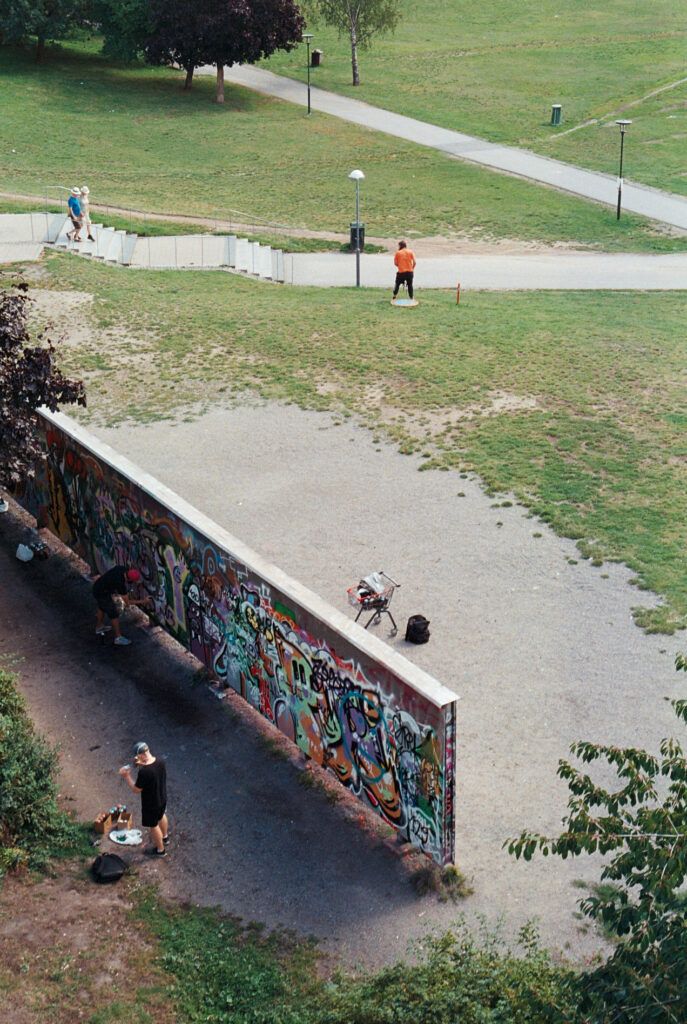
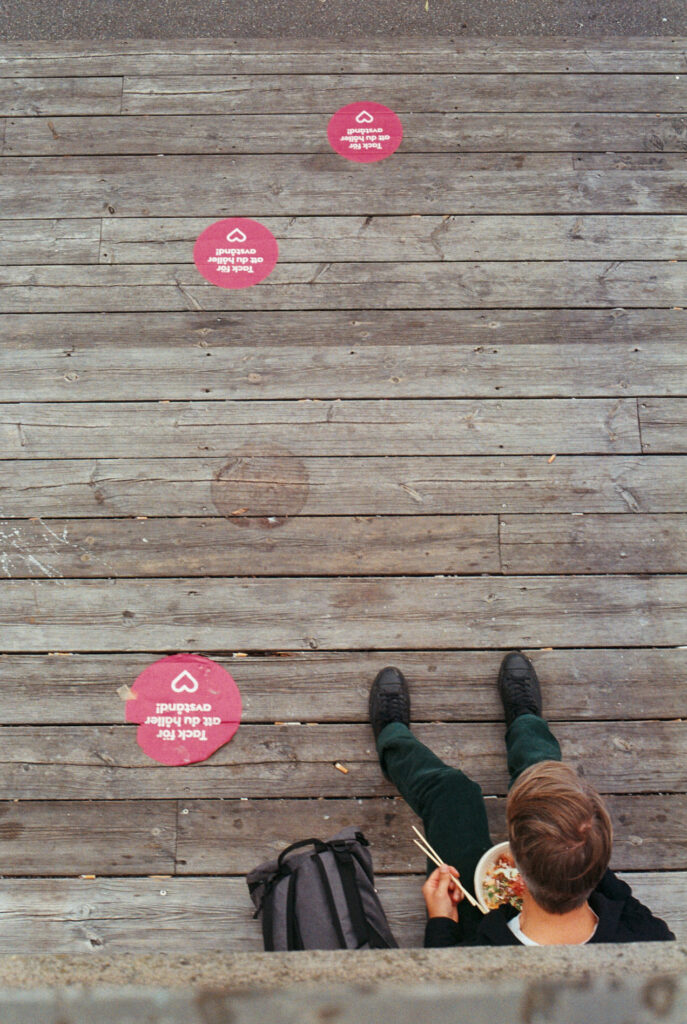
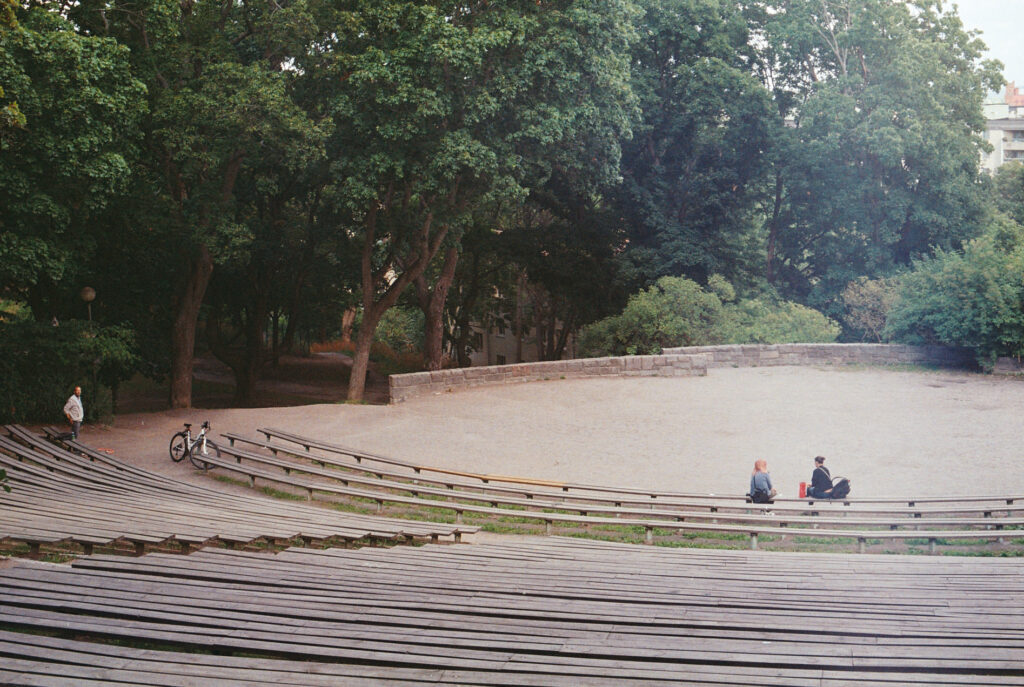
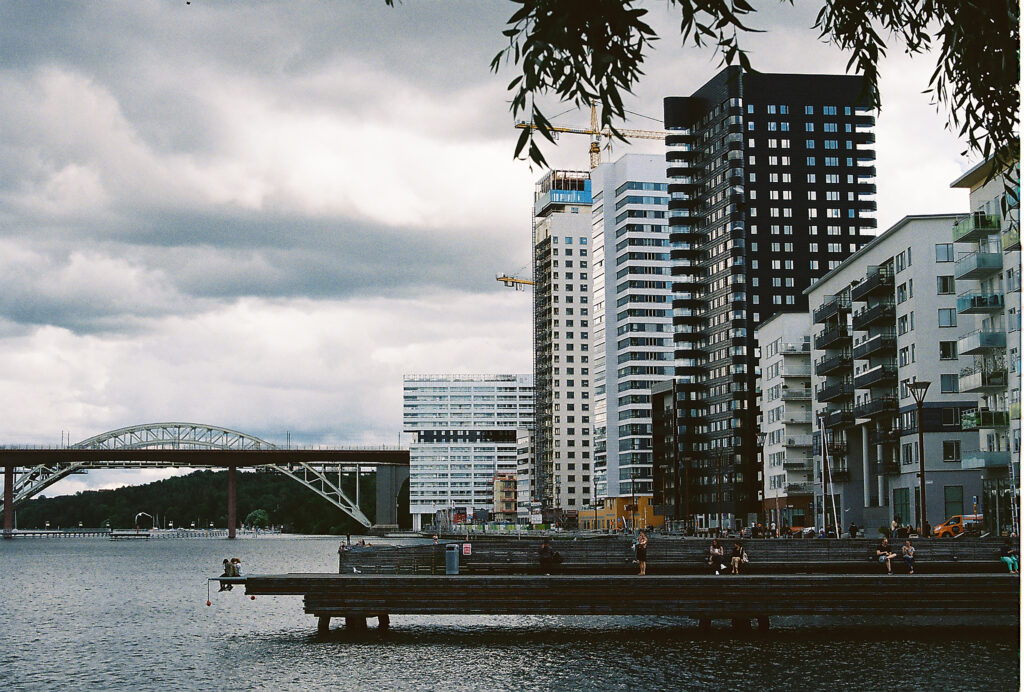
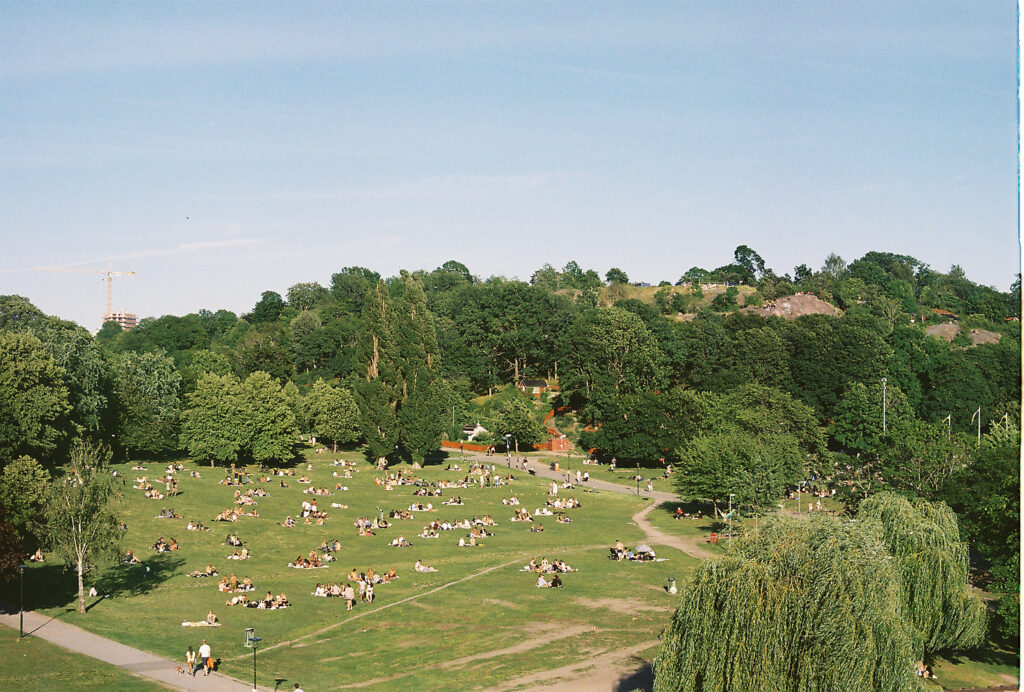
Photographic Project - Summer course
During the summer of 2020 the students at the course ‘Photographic Project’ at HDK-Valand completed their photographic works. Through critique classes, discussion, and writing they responded to each other’s works and produced a varied array of photographic projects on a many different subject areas. You can read their artist statement and see their projects below. For more information on our courses please click the link.
Each photograph is a search for meaning.
Gabriella Alnäng Ahlbom
Each photograph is a search for meaning.

A search of meaning in what it means to be. A search in deconstructing. A search in questioning. A search in leaving. A search in progression. A search for balance.
This project originates from personal struggles of deconstruction. I sought to investigate my own process of reevaluating the discourse in which we breath, act, see, think and feel. To become the owner of my own discourse and to actively participating in the process that forms the content. To acknowledge the structures, beliefs and norms that one unreflectively answers to. Structures, beliefs and norms that no longer serve a purpose or have lost their value at present. To find meaning in being in the present.

This self-portrait series of photographs are a mix of both digital and analogue photographic techniques. The objects and symbols are used to implement the idea on not looking at the search for meaning as a linear process, but rather a recurrent process. Things move forward. Things hit a wall and movement stops. Things move backwards. Things collapse. We are constantly facing new phenomena that may cause unbalance in our current discourse, which is part of the process, of being in the present.

Deconstruct and reconstruct. Decompose and rebuild. Repeat.

The unadjusted revisited
Cecilia Dahlbäck
The starting point for this project is some photographs from the 1920´s and 1930´s that I found in an archive. No one had asked for them before. The photos depicts a correction facility for girls in North Sweden. The girls in the archives are anonymous, thus being denied their history as well as their dignity. Only one girl in the photographs is possible to identify as the records say that she got her hair cut off as a punishment for indecent behavior and trying to escape.In my work, I explore the relation between the material and immaterial heritage by investigating how physical places and structures interrelates to the individual body. Hair is the only part of the body that can be altered to show identity and self-representation as an expression of freedom and integrity.This project problematize the tensions in power relations between the individual and the state, focusing on how girls and young women were categorized by authorities as a threat to a future strong and healthy Swedish nation. Themes investigated concerns deviance, power and resistance.







Waiting to be worn
Frida Ejvegård
Memories of people can manifest through a lot of different objects. Roland Barthes describes in his book ‘A lovers discourse’ the action of tying loved ones to objects: “Every object touched by the loved being’s body becomes a part of that body. And the subject eagerly attaches himself to it”. I think of photographs as this type of object.
Photography can be seen an act of love; taking a photograph of a place, an object, or a person; presence within a moment and a fascination of the cameras ability to take a photograph.
For this digital exhibition I was not able to display analogue photographs as objects. I began embroidering. After each photograph I have embroidered “jag älskar dig” (I love you) in upper case letters on a silk blouse. The moments captured in the photographs have been materialized through the silk blouse.
Using white thread, the text is nearly invisible from a far but up close it looks and feels like small pearls. Love as a concept is invisible, made up of feelings. When viewing a photograph, we are unaware of the meaning behind them. But if we view them up close, we might be able to see feelings behind them.
Although being tied to personal experiences, the blouse is not for me to wear. It is not a confession of love; it is an invitation. Waiting to be worn. By those in need of feeling loved.
1. Barthes, Roland, A lover’s discourse: fragments, Vintage, London, 2002








Think Like A Spider
Wasim Harwill
How did I get here? — To planet Earth.
Earth is drowning in the darkness humans shed upon it.
We are told to see the light, were light couldn’t be found — It exists, the say.
I walk amongst these humans everyday. I posses two eyes, which I choose to see through.
They will show me the truth, or that’s what I hope they’ll do. I walk amongst humans — to observe.
I’d like to think that I see the world for what I am, for what I’ve seen can’t be unseen. I often feel that I don’t really belong here — they tell me there’s light, but all I see is lies.
My eyes were moulded by the observations of this planet — Earth. I taught myself to see the power and strengths in it, I taught myself to look for light, even though there is none. I always looked up on her — Earth. It sparked sometimes, but light were not to be found.
Now, I look down on her — Earth.
I hope that I’ll find light.



A Worldly Figuration
Jamie Hudson
This project is a small bundle of new material following a sustained dialogue with one site in a small forest in Gothenburg, Sweden. The site contains a moment of collision where a birch tree has fallen and opened up the ground, revealing inner workings of entangled non-human actors; rocks, mosses, plants, insects, and more.
Using processes of re-photography, and assemblage I have attempted to capture something of this complex and messy space. The figurations produced are made up of many images, captured over many weeks. In this project the camera has become a tool for re-fabulating a scene that may be commonly witnessed.
The subject of these images is simply material things existing alongside each other, but seeing them may help a viewer to briefly re-imagine the strange interconnectedness of the natural world we are situated in. I hope that by assembling these images into these clusters of different moments, I have further emphasised an idea of transcorporeality, or, intermeshed bodies that interface with other bodies; the simple basis that creates the material conditions for our world to exist.
The image titles join to form a quintet, made up of lines of poetry sampled from another observer of the natural world. These images belong to them.





Untitled
Petra Jääskeläinen
In this project, I focused on exploring the relationship that humans have with technology through conceptual surrealistic black-and-white portrayals using the photographic medium. Having a background in human-computer interaction and experience design, my interest has been focusing on the interaction between humans and technology, as well as the relationship that we have with it in the contemporary world. The common photographic portrayals of technology are often falling towards utopian or dystopian representations, portraying the technology either as something dangerous and threatening or as something that can provide dream-like futures and experiences. To escape these common visual portrayals, the experimental photographs in this project were set up to convey a surrealist concepts and ideas. The images are a mixture of Swedish countryside landscapes, a human model, and different technological objects. The viewer is led into the photographs through supporting titles that guide the viewers’ meaning-making in the context of the image and highlight certain ideas that I wanted the viewers to pay attention to. Through these titles, I imagined different experiential viewpoints for the subject. I am hoping, that the photographs are able to let experiences of wonder and curiosity emerge in the viewer and provide novel representations about our relationship with technology.








Mends
Sara Kollberg
‘Mends’ is an examination of the female body, a body that has been sexualized and objectified by society. With the tradition of embroidery I have taken back a body that was no longer mine. I’ve worked through a series of self-portraits using needle and yarn. Embracing the power of textile combined with the feminine history, I’m proclaiming the right to the image of myself.





In Search Of…
Avril Meehan
In modern society, what is it that we, as human beings, are separated from? Are we estranged from the external natural world, as the 19th Century romantics believed, or do we experience an internal separation, as Jung thought, in which our individual nature is fragmented and elements of psyche appear as ‘Other’ to us?
Could it be both?
Interweaving the Jungian process of individuation with a romantic conception of nature, In Search Of…explores ego’s relationship with the collective unconscious as a part of the journey towards self-realisation.
Involving a re-conceptualisation of Jung’s anima archetype as non-gendered through replacement with environmental images, the artist explores how the integration of psyche can look when it takes an internally perceived separation from the natural world as a starting point.
This series makes visual the surreal, duplicate reality of its subject’s dreamscape: a space where nature sublimates the female anthropomorphic anima image, while taking on similar characteristics in how it manifests itself to the male ego.
Lifting the themes of projection, possession, resistance and assimilation, In Search Of… narrates anexperience of anima-nature images being brought into consciousness as the subject moves from alienation to assimilation.
The selective colour composites have been created by layering and montaging scanned B&W and colour film negatives. While digitally merged in order to be shown online, in the physical gallery space translucent layers float separately above each other to form images that can be seen as fragments or wholes.






Algún día, si dios quiere 🙏👼♥
Leandro Netzell Cerón
As I fly over the Andes, before the plane lands in Santiago de Chile, I feel like entering a country that I belong to, but that doesn’t belong to me. What I land in has some similarities to something that is home: the smell of eucalyptus, the pebre sauce with every dish, the way the Chilean Spanish leaves people’s lips and floats out in the air, Victor Jara’s songs of revolution or the sunset over the Pacific.
After the Coup d’État in 1973, an estimated 200,000 Chileans fled from a dictatorship that would last 17 years. I exist because my father was one of the 200,000 Chileans who fled. I exist in the separation.
Born and raised in Sweden, I moved to Chile in March 2020, to get to know the country that lived in me through the cultural heritage transmitted by my father. I wanted to get to know my family and understand the dictatorship that had torn it apart.
However, Chile, as the rest of the world, got hit by the Covid-19 Pandemic. I had traveled all the way across the globe, but I was forced to distance myself from my relatives, out of fear of carrying the virus from Europe.
During the exile, the only way for my family and so many others to communicate, was through rare phone calls and letters. For several years, the only part of each other they had access to where their voices, and sometimes, images sent by mail that would arrive several weeks or months later.
Now, during the Covid lockdown, the images and voices remain the only connection to my Chilean past. Although I am in Chile, I can barely touch it with the tips of my fingers. I’m still so far away. But one day, God willing, I will arrive. Algún día, si dios quiere.








Transcription
N. Nilsson Falkholt
My artistic practice is about navigating through my intuition and being conscious about taking actions to find my intentions. My work is grounded in three themes: autobiographical, philosophical and poetic. I also enjoy humor as an approach. In this particular project, my intention has been to uncover and challenge the inner core of my personal identity over time using photography – to create a narrative that would convey who I am, who I have been; and where I am going. Based on my photo archive, I have combined old and new images from the same places using multiple exposures. I have relied on my own selective memory to highlight images that I have perceived as significant. Our childhood is a kind of story that we create on the basis of small fragments of memory from different situations, photographs and stories, which might be exaggerated glimpses of our past selves. I call it transcription.





home: a travelogue
Liis Ring
I am a musician, sound artist, collector, bird watcher, observer and also a keen preserver of moments through the photographic lense. My work is born out of encounters in the everyday, through turning my attention to the deceptively ordinary and insignificant. Rich and mesmerising microcosmoses hide underneath seemingly opaque surfaces. Almost as if all that was needed for travelling to a faraway place was a focused gaze. As I have been moving between countries my whole life, I am now looking for a stand-still, which has resulted in often returning to exploring the meaning and concept of “home” in my work.
home: a travelogue is also about travelling. Travelling without going anywhere. It is inspired by old travel writings, but also by the situation of being stuck and unable to travel to my own home during the pandemic of spring 2020. For several months, I observed my day-to-day dwellings in a small village in Dalsland, Sweden, where I stayed with my in-laws. Shot through the eyes of someone close who is at the same time a foreigner, home: a travelogue tries to shed some new light and re-exoticise our normalised environments and ponder whether there is a possible cure for the disease of our time to always go looking for greener grass elsewhere.








1999/06/19
Albert Sten
1999/06/19 is a photographic project about ceremony, memory and a specific moment in time. A white wedding dress meets a black suit in a symbiosis of black and white. Both the photograph and the ceremony become essential parts in understanding the meaning of an imprinted historical image of family and marriage. At the same time, an important event as such becomes a great way to study the meaning of photography, the always-present archive and also the way we remember things. By revisiting left pieces and the location from the wedding, Albert Sten uses these to create a new perspective on his now separated parents’ wedding and the memory of it. From one perspective, a deep personal, almost existential way of viewing what has been, but from another perspective a normative image of monogamy put into consideration.








The phenomenological
Diana Svensk
Most people agree that connotation is something that depends more subjectively on individual experience, while facts about the world exist outside of individual experience: the shapes of the planets, gravity, temperatures and so forth. Often forgetting, that how the world present itself, is not based on witnessing the world as it is, but rather, how the world appear to us. When we talk about objective facts, we’re not talking about a world outside human consciousness, but about a world contained within it. In other words, we have an inevitable, continuous and complex relationship with constructing the world around us.
As the title suggests, this work is a study of consciousness and where we as individuals draw lines between the objective and the subjective. I have tried to lean into the chaos that comes with thinking about the world without concepts such as free will and a self; while staying aware that those are states of consciousness that man can’t fully inhabit. I have also used the photographs’s visual representations, in order to reflect on the ambiguous intentionality, inherent in art and creative expression. My hope is that this work can promote similar thoughts within the viewer; thoughts that make generous, intuitive leaps between symbols, giving the viewer a chance to reflect on their own associations between images.
The digital camera itself seemed like the obvious object to use as a basis for this project, as it in many ways mirrors the authority that science have on objectivity, while itself being an abstraction that rests on man’s ability to imagine and conceive.








Strangers
Niklas Tidelius
Am I alone in feeling lonely? Only by asking this question and having someone respond can you learn the answer. Strangers is a photographic project that aims to explore my relationship with my loneliness. Using the expressions of my friends as canvases for me to project my experience of feeling disconnected and left out onto, I seek to lure out feelings that I usually fear so that they can be examined in the light. As a central part of feeling existential loneliness is the inherent disconnection of knowing that you are alone in experiencing your particular version of existence, being able to see that others at least on the surface seem to be suffering from a loneliness that I know and fear makes me feel less alone. Following my friends from their daytime ordeals into dimly lit rooms with loud music, I seek out moments where I, were I in their shoes, would be reminded of a deep, existential dread that takes hold of me when I feel left out. I try to catch those moments and I save them.
Through images and snippets from interviews about loneliness with those close to me, I see my loneliness more clearly. Featured in the project are quotes from these interviews. Any association between the subjects of the images and the quotes are random.
Did I see the loneliness of someone else, or was it mine, projected onto them? Who knows. Maybe I’m alone in seeing them like this.
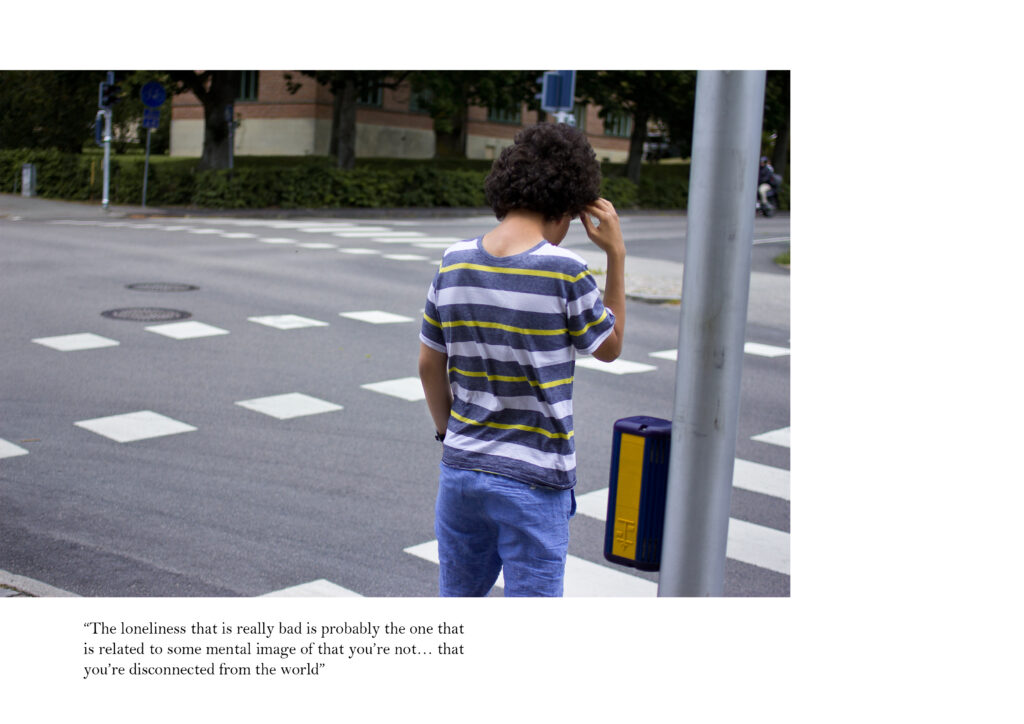
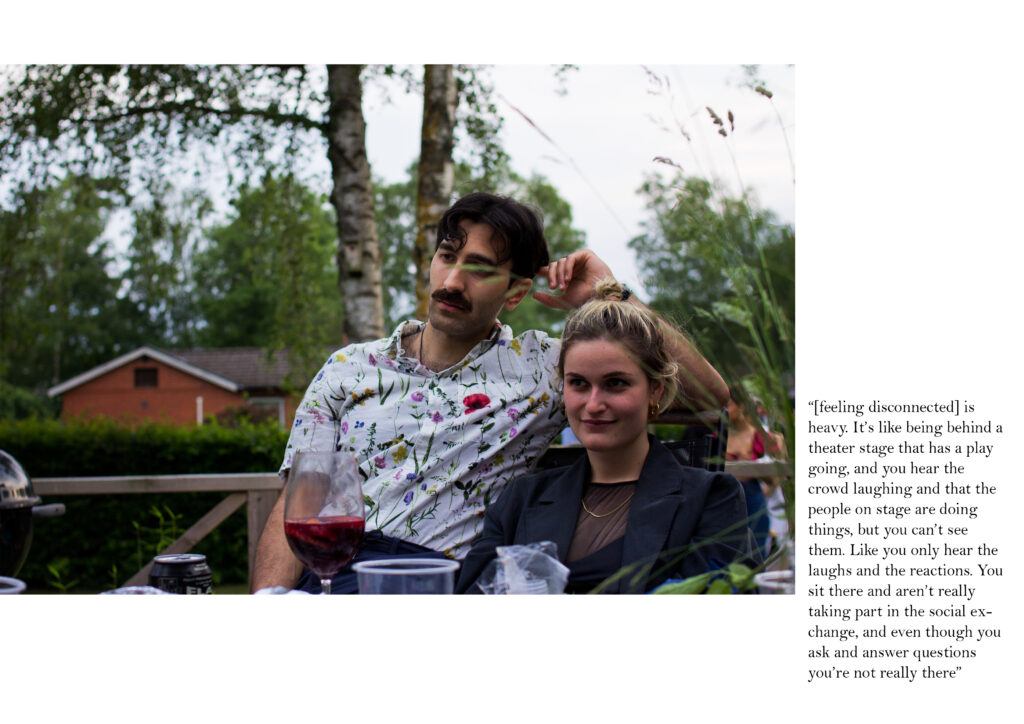
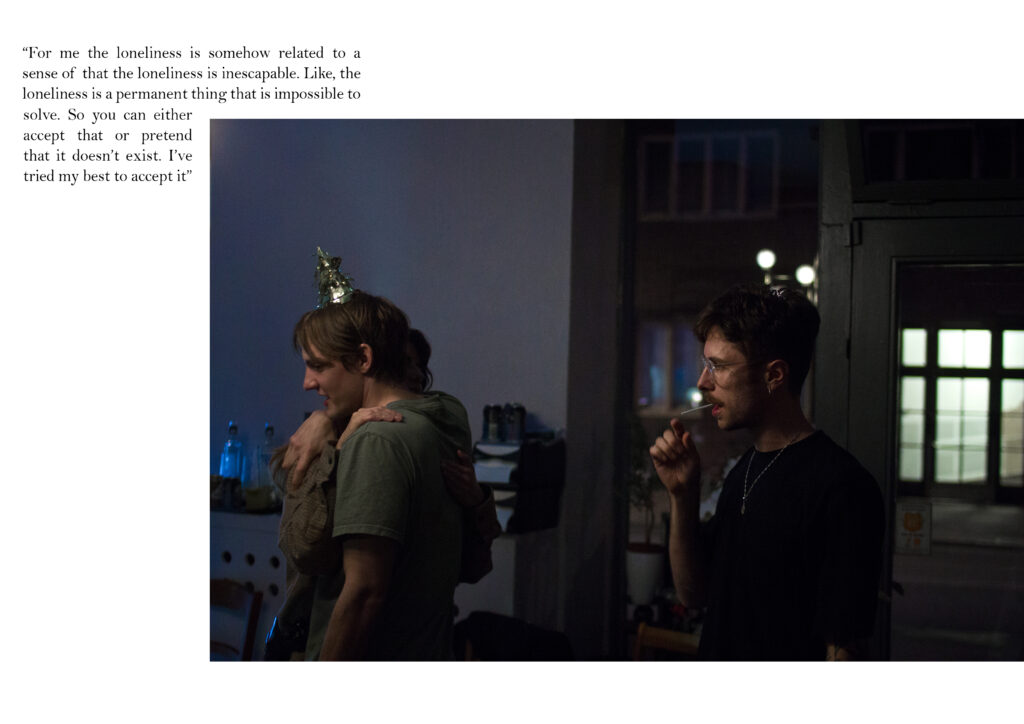
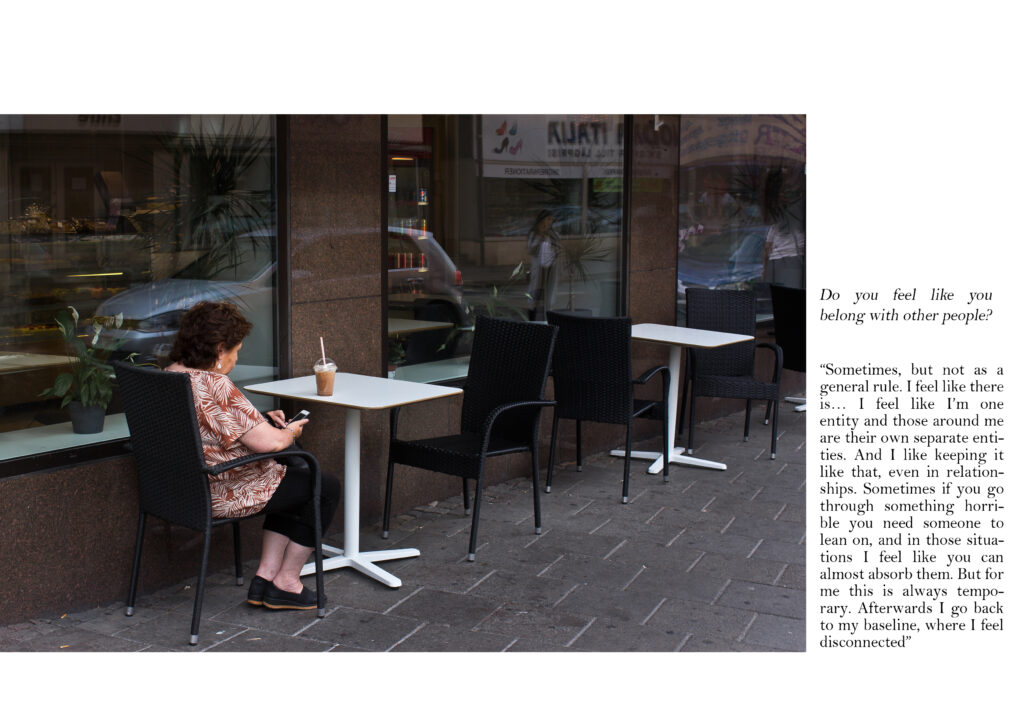
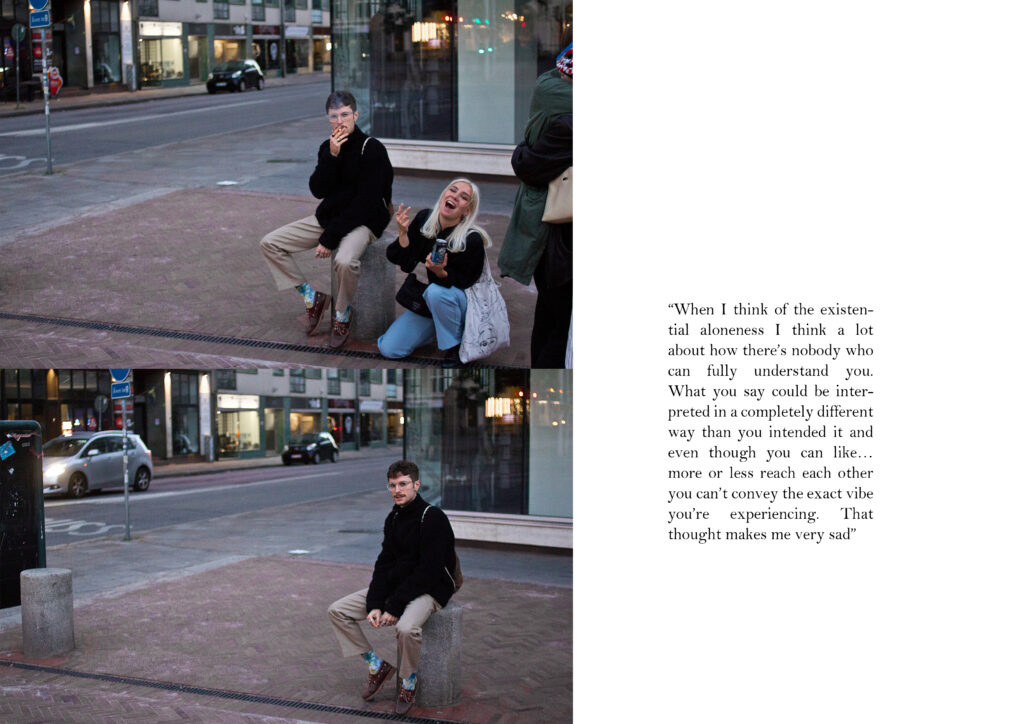
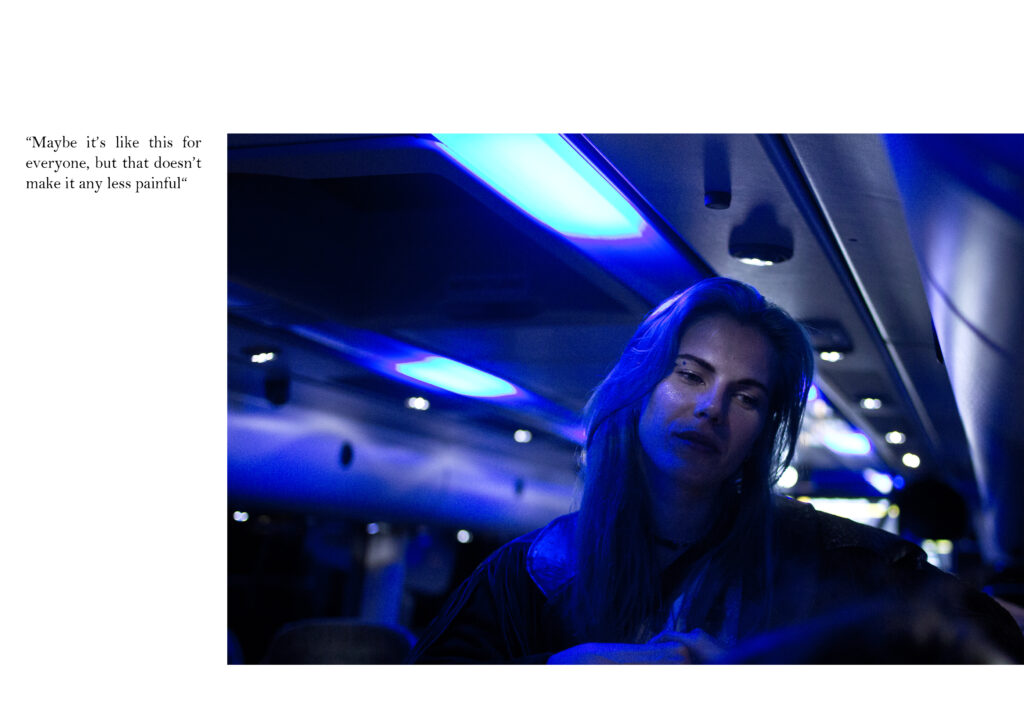
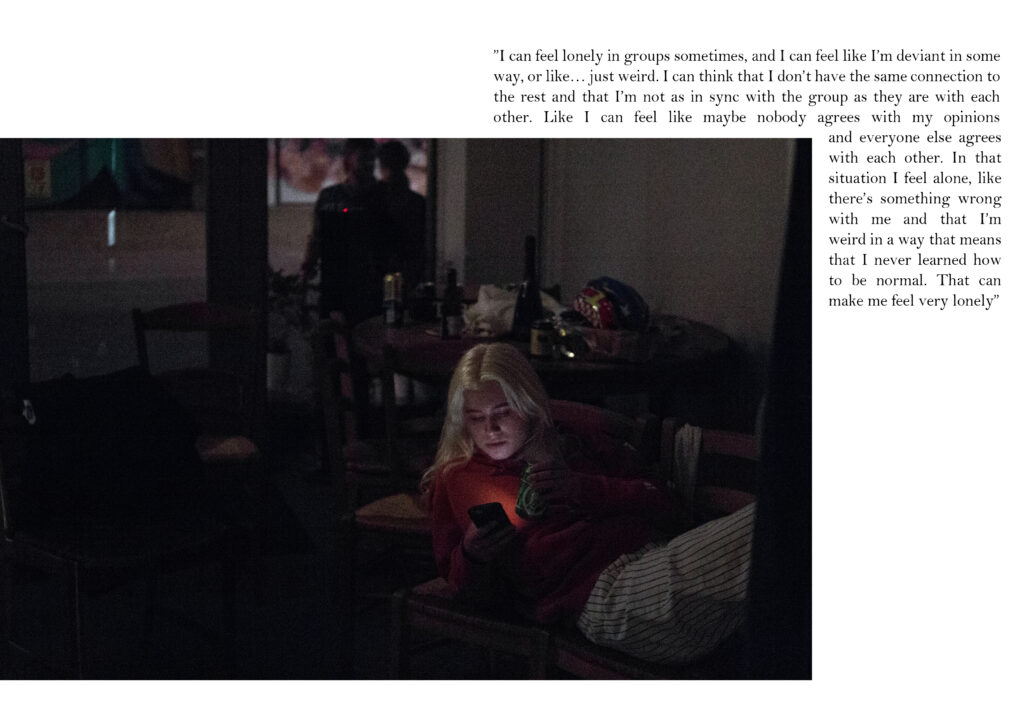
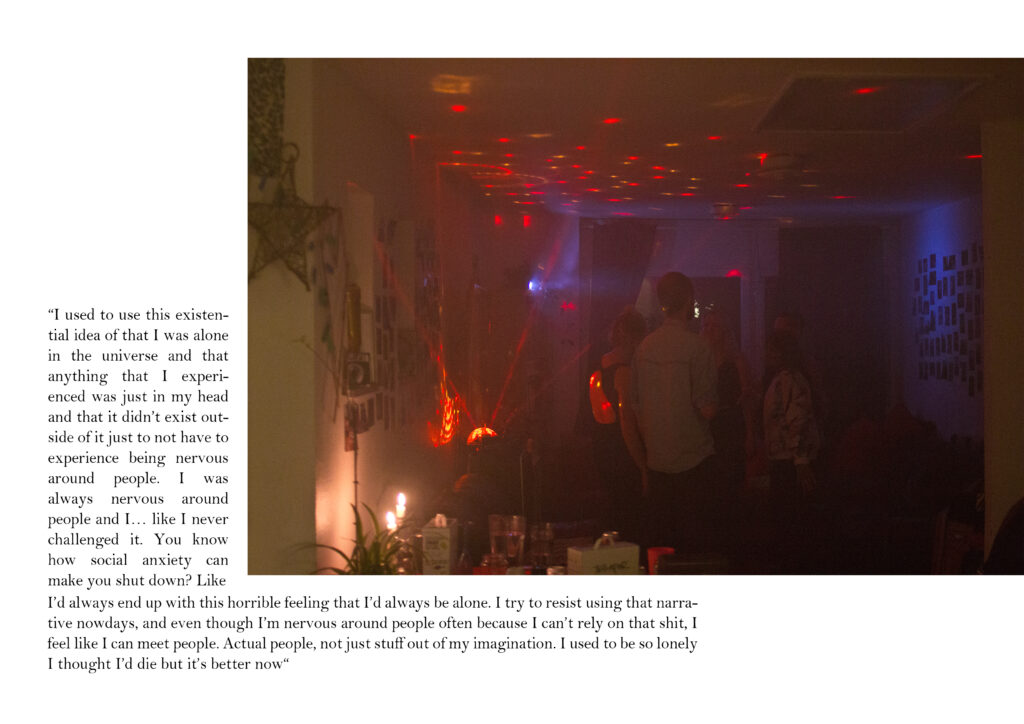
FLOW, a study of movement
Mimmi Virtanen
As a dancer I have invested thousands of hours in exploring the movements of my own body and with fascination observed others. I have studied how particular body parts can move the rest of the body forward and been rapt by the many ways our bodies can create motion. In the world of dance you often talk about flow, a form of continuity in your movement, that is not easy to create or capture. As if the camera freezes the moment, rather than vivifies it.
The theme that is explored throughout this project concerns how a photographer can convey motion through stills and make frozen moments come to life, even though the motion is long gone. I am fascinated by the ability to make the viewer feel physical presence through art, and will strive to explore this further. By photographing two dancers, Eskil and Emma-Lee, I am experimenting with motion in its essence.
Does motion have to be big and obvious to be tangible? Perhaps a flick of a finger can be just as piercing as a leap. I want to get physically close to the one photographed and maybe even become a part of the flow myself.







The Public
Elina Wikström
It was the beginning of the covid-19 pandemic. I was working on my bachelor thesis, building an urban cultivation pavilion in central Malmö with the mission to enhance environmental and social sustainability in public space. People thought I was crazy building something which allowed people to meet, sit and hang out while we were recommended to stay inside and distance ourselves from others. However in some places where cities weren’t in lockdown, human activity in public space increased during these first months of the pandemic. This has to do with more people working from home and many losing their jobs due to the economic crisis generated by the pandemic. In an attempt to prevent the spread of the virus, people also choose to walk or take the bike instead of traveling by public transport. This leads to an increase in the flow of people on the streets, squares and parks. Life between buildings has therefore become increasingly significant for people in cities. In the ongoing work to rebuild the economy and society as a whole, it is perhaps more important than ever to create inclusive and sustainable public spaces in order to build a sense of togetherness and social unity in a time of social distancing.
With inspiration from photographic journalism, this project aims to capture the new normal everyday life for people in the public. I hope these photographs can raise questions regarding us humans capability to adapt and change to a given context. By doing so, the project also aims to shed light on the importance of public space and how the physical environment can work as a common ground to mentally bring us closer together even when we can’t physically do so. When taking photographs I too am distancing myself from the subjects in the camera frame in order to bring the concept of distancing to another dimension. With that said, these photographs represent my way of seeing this matter. Now, what do you see?







Johannes Falk Renström
